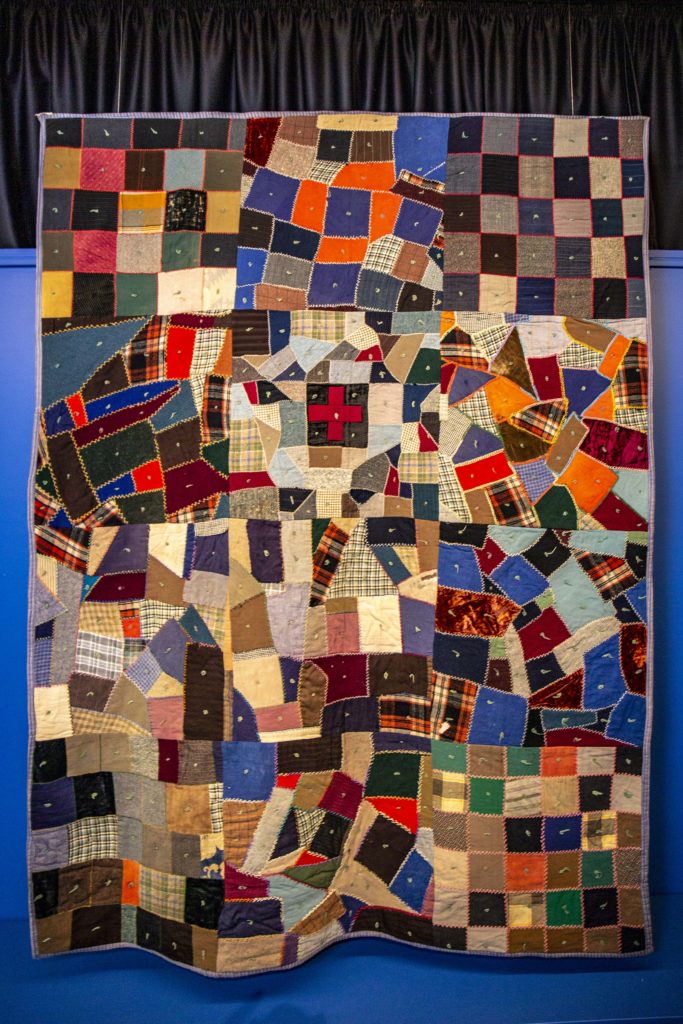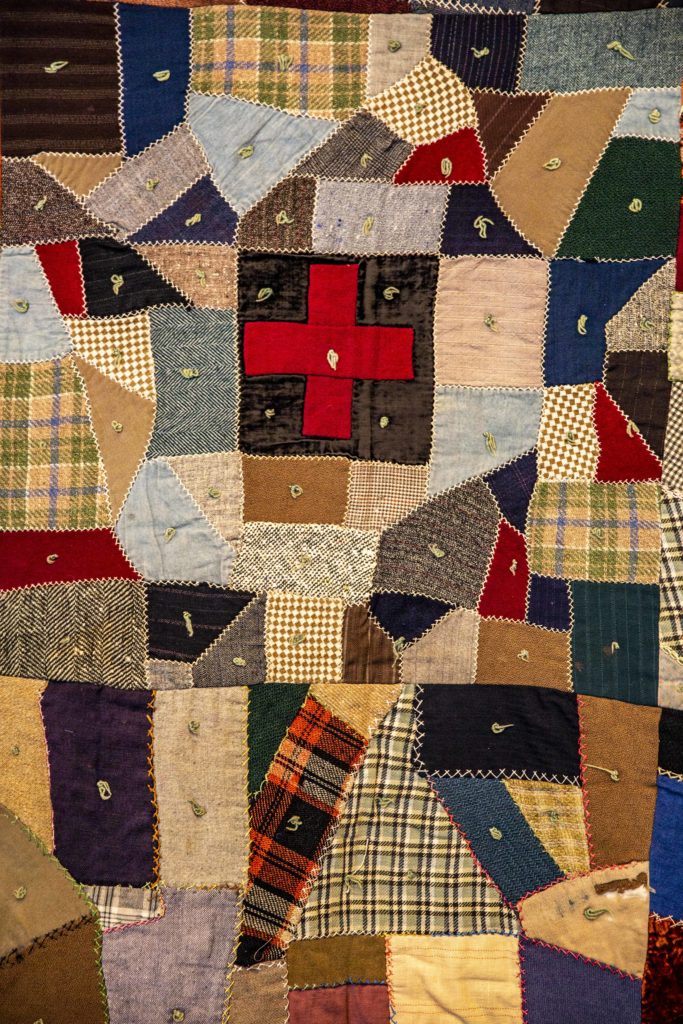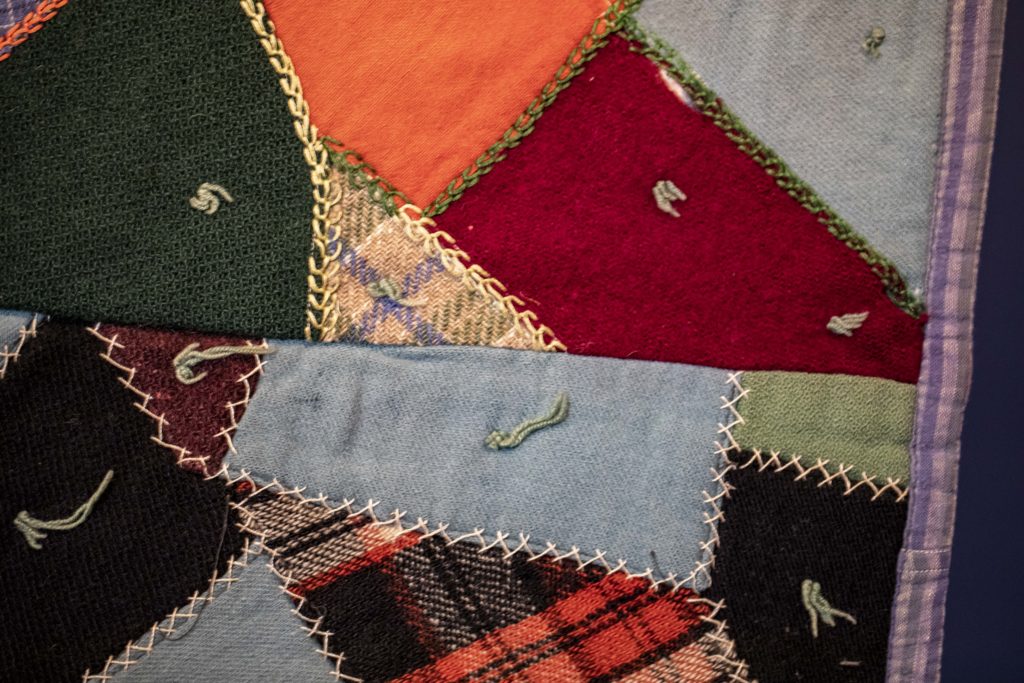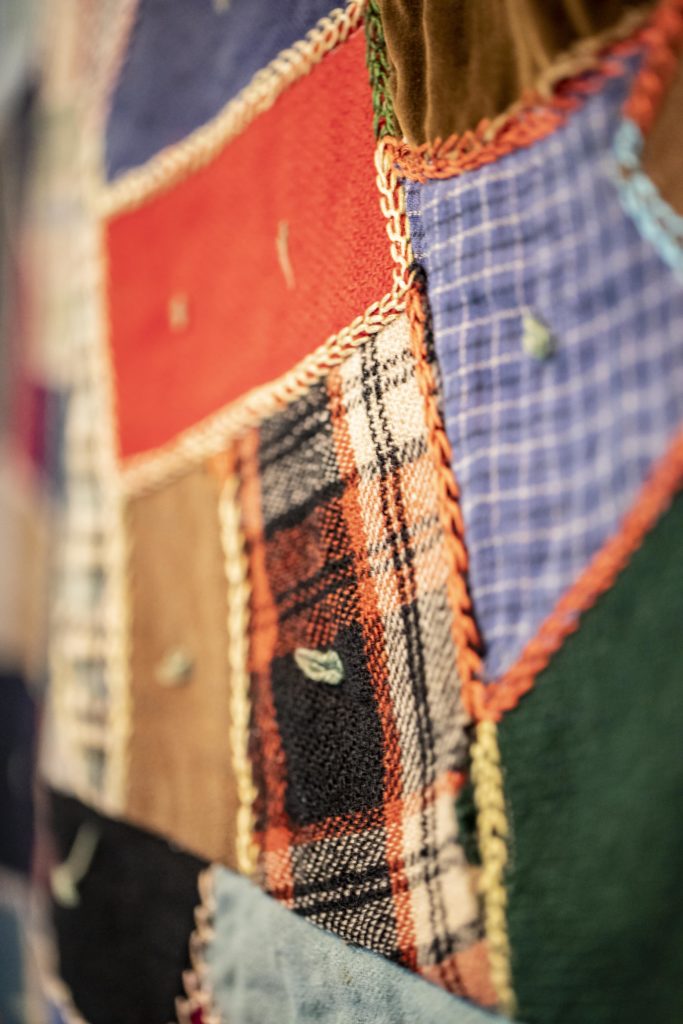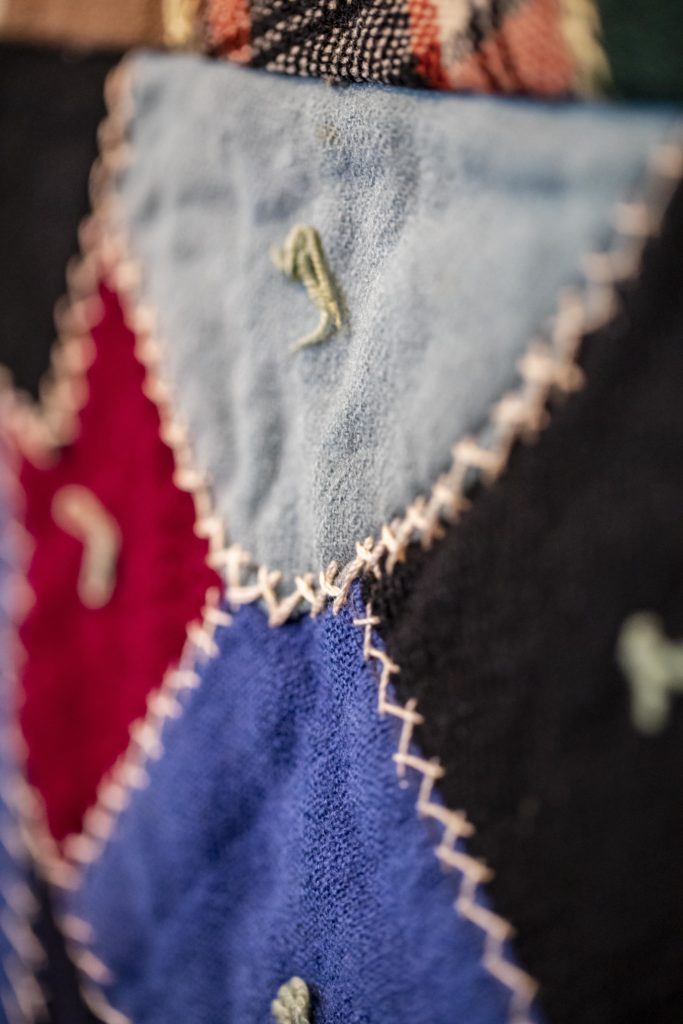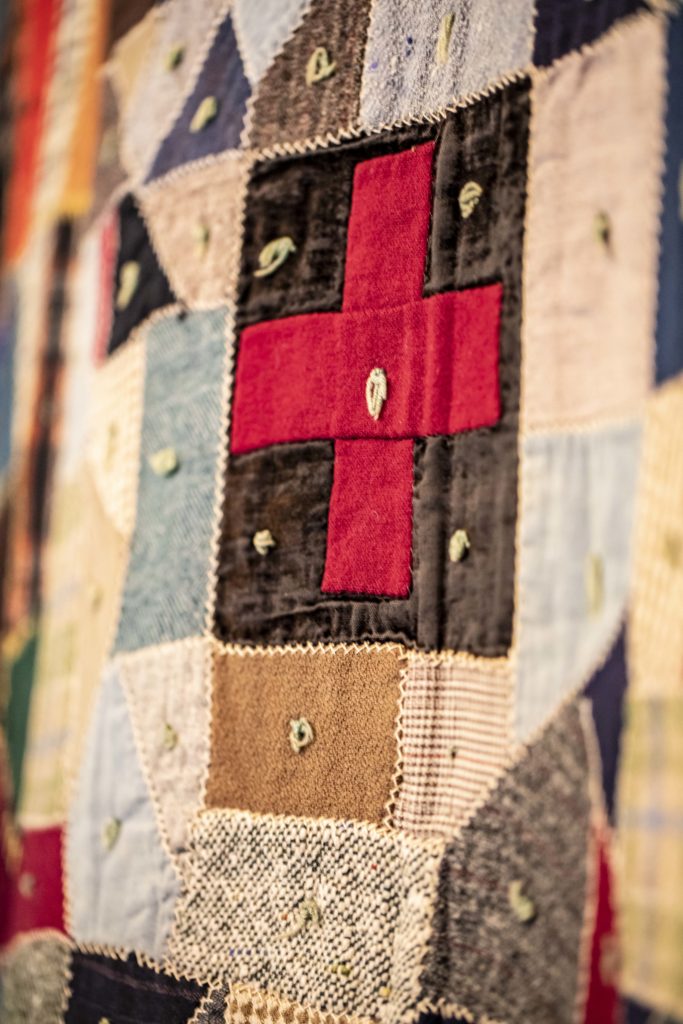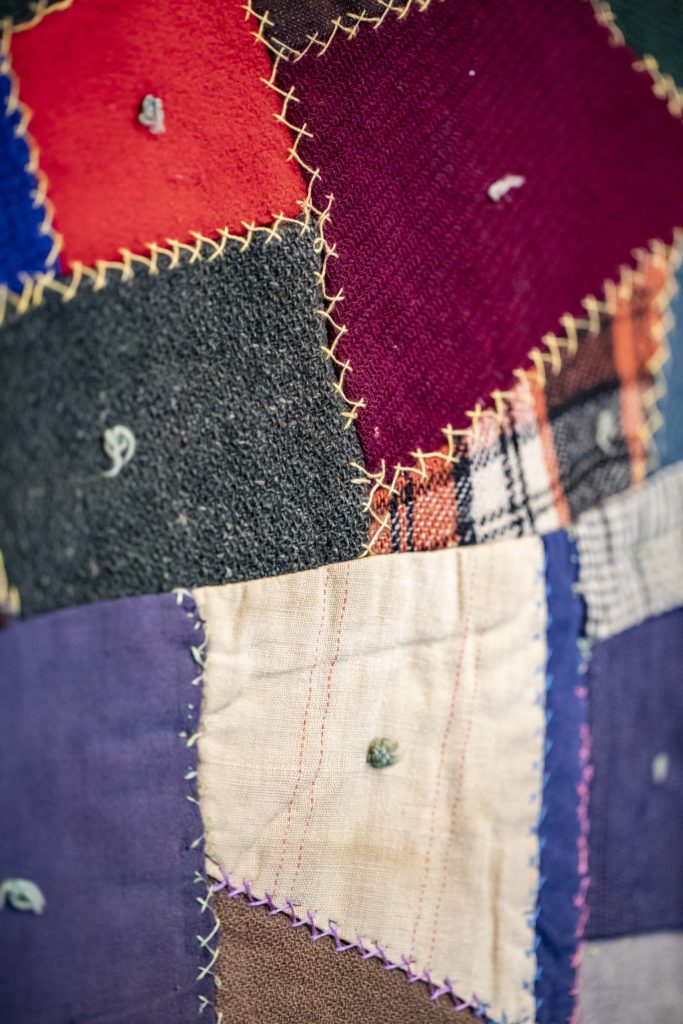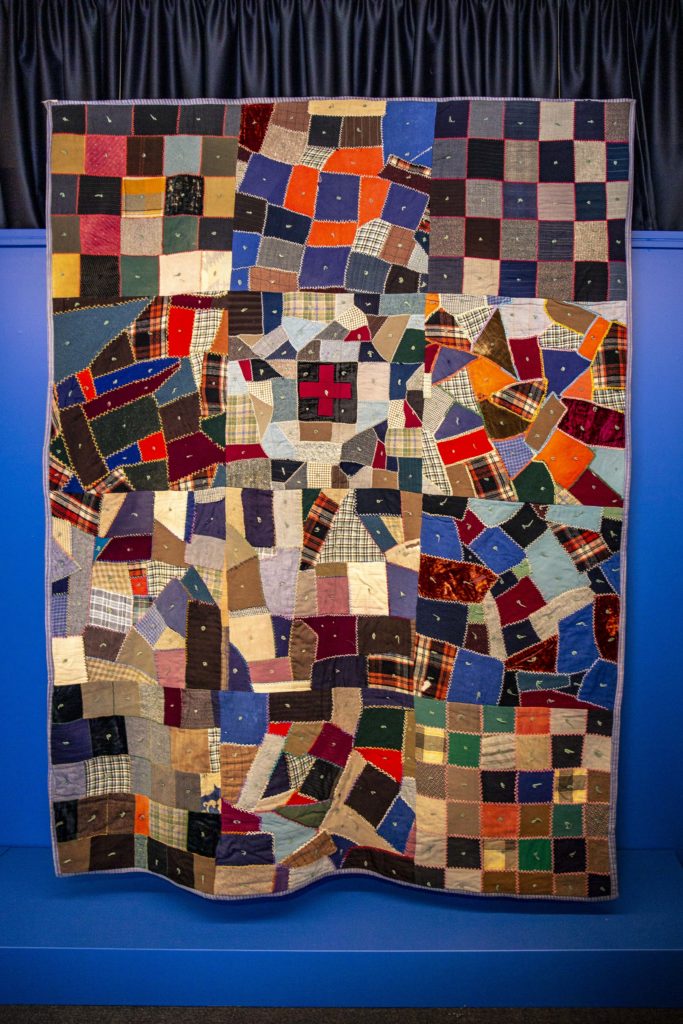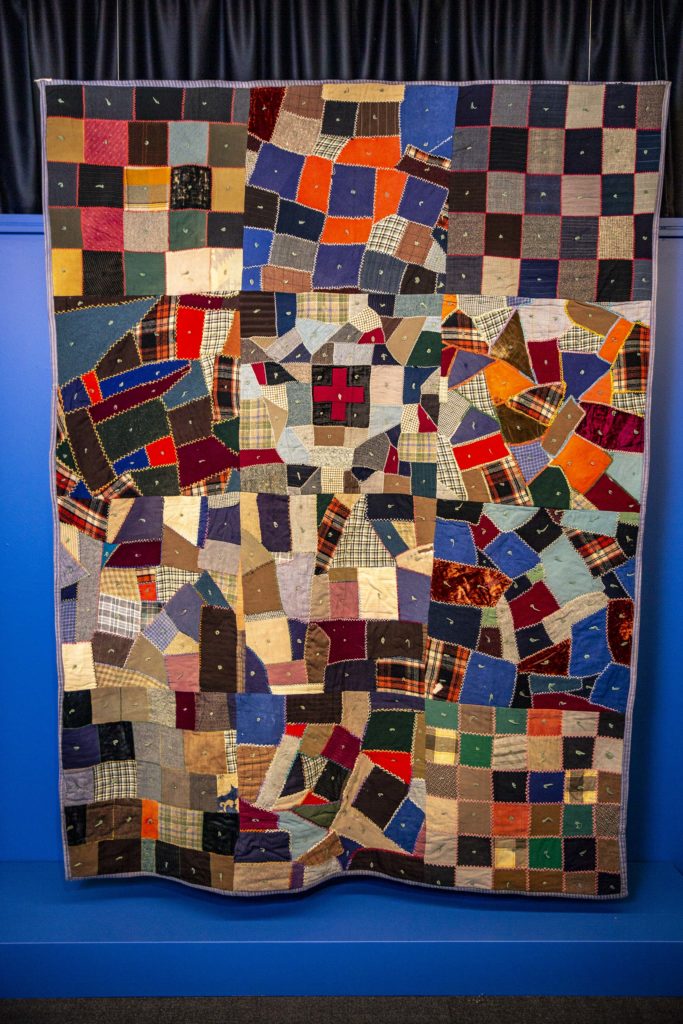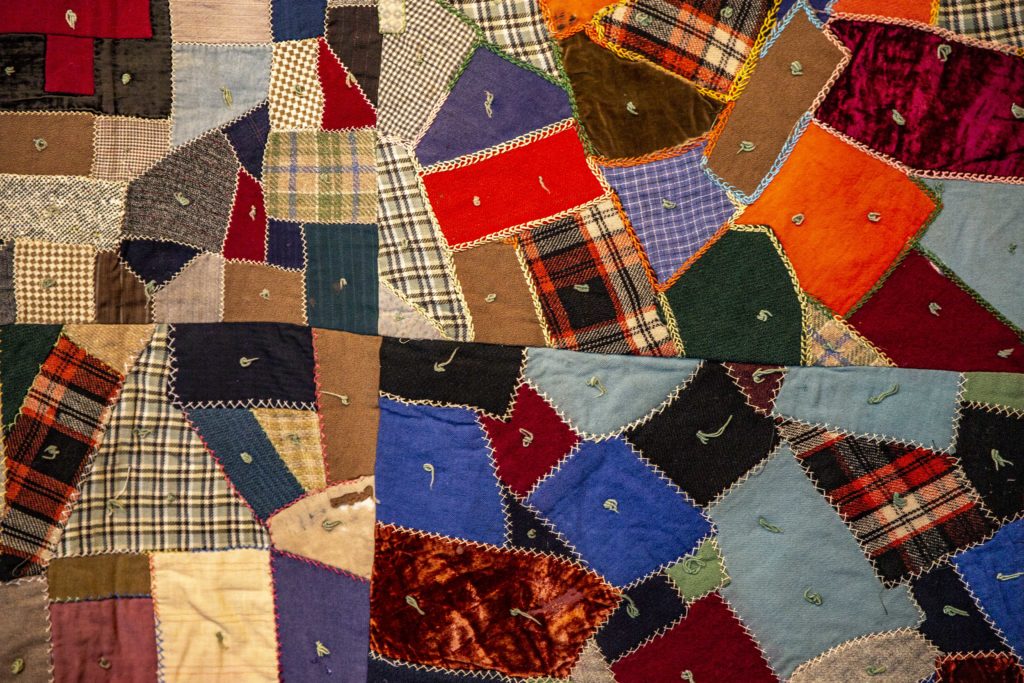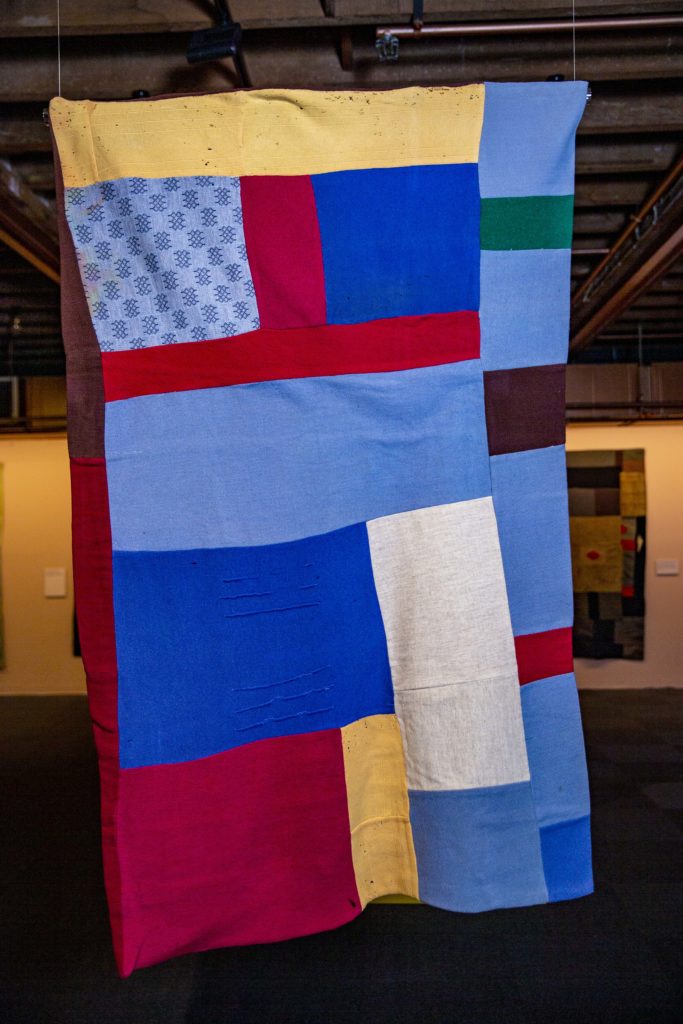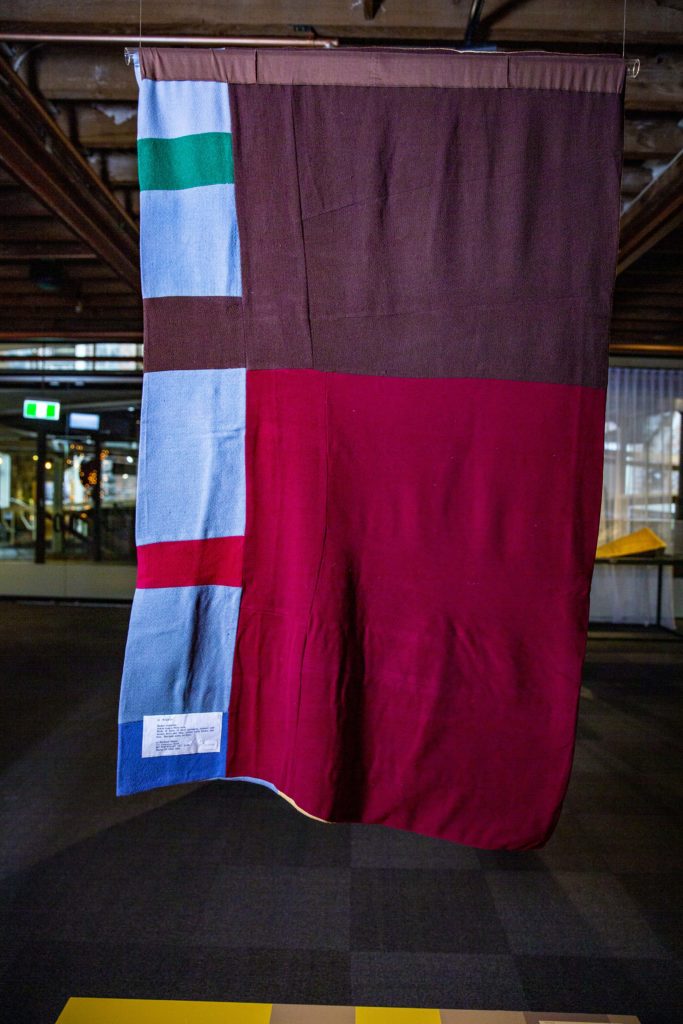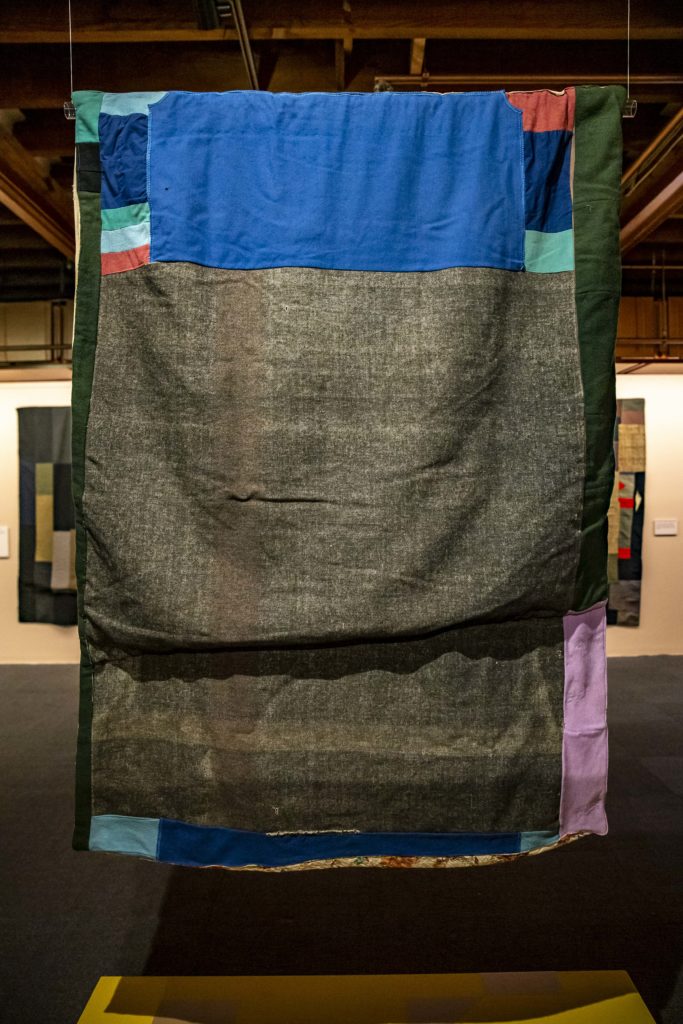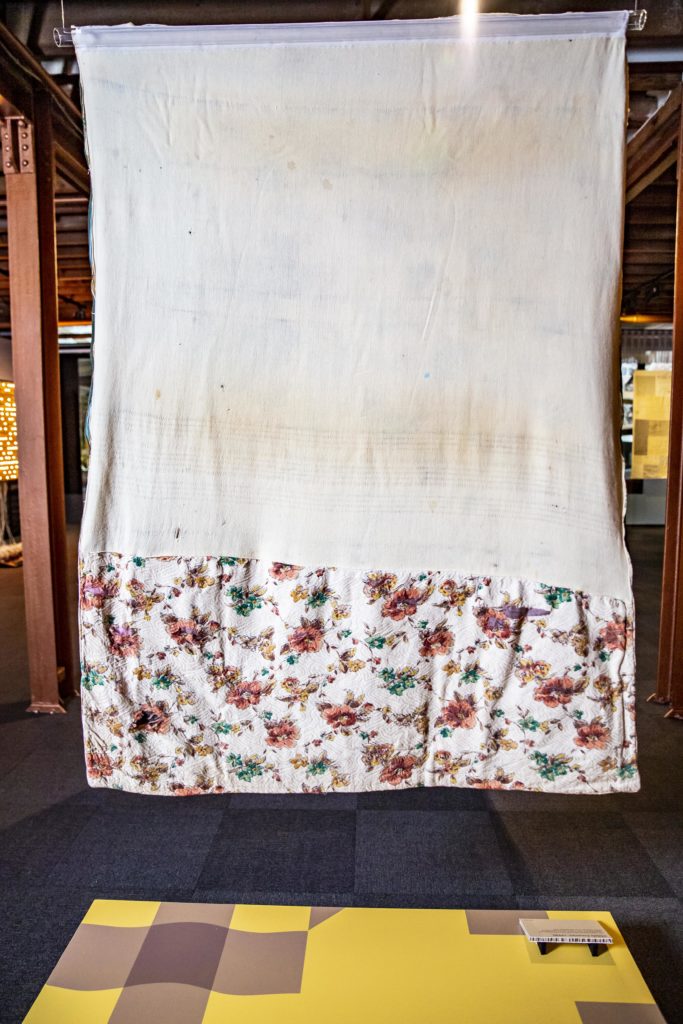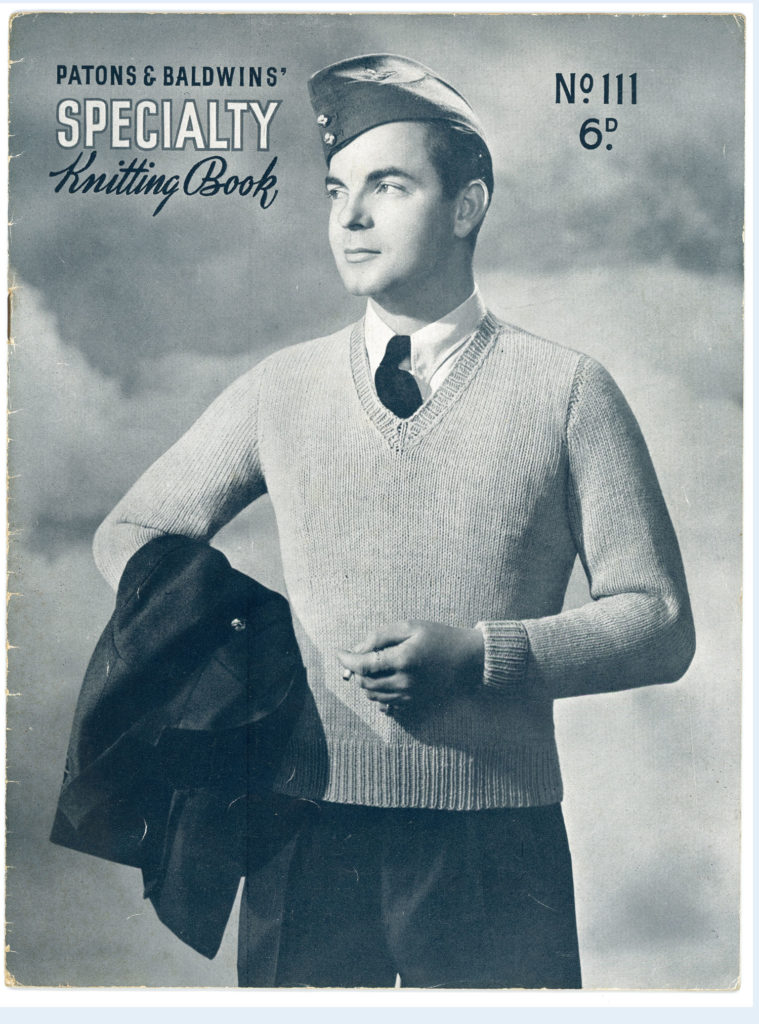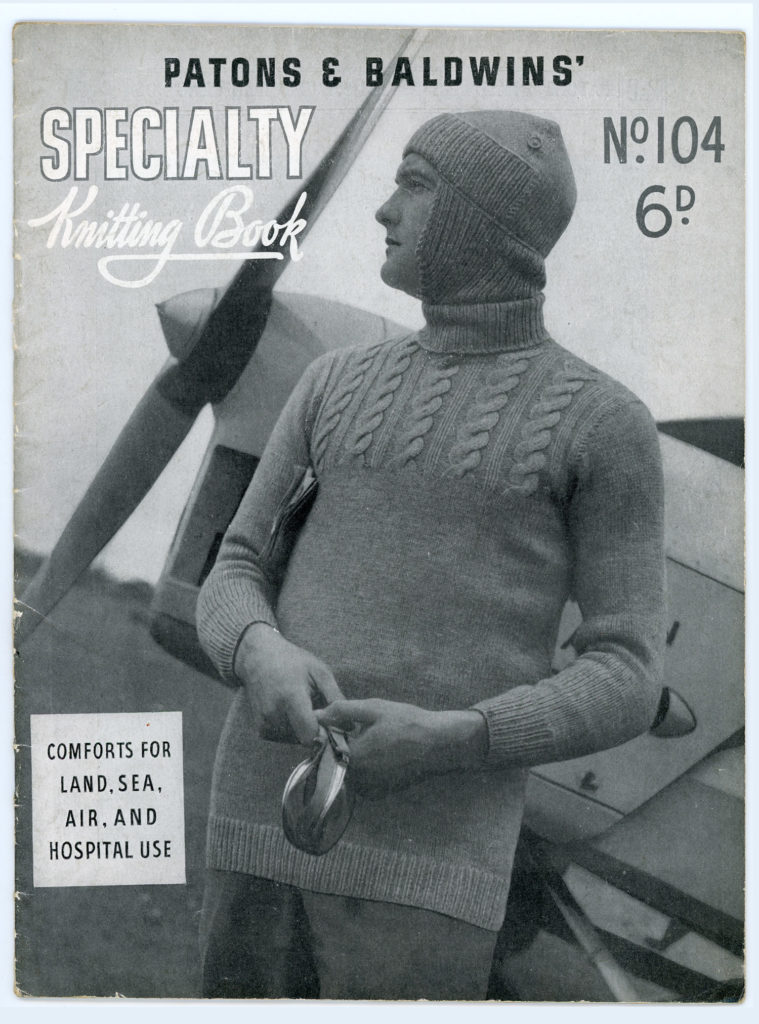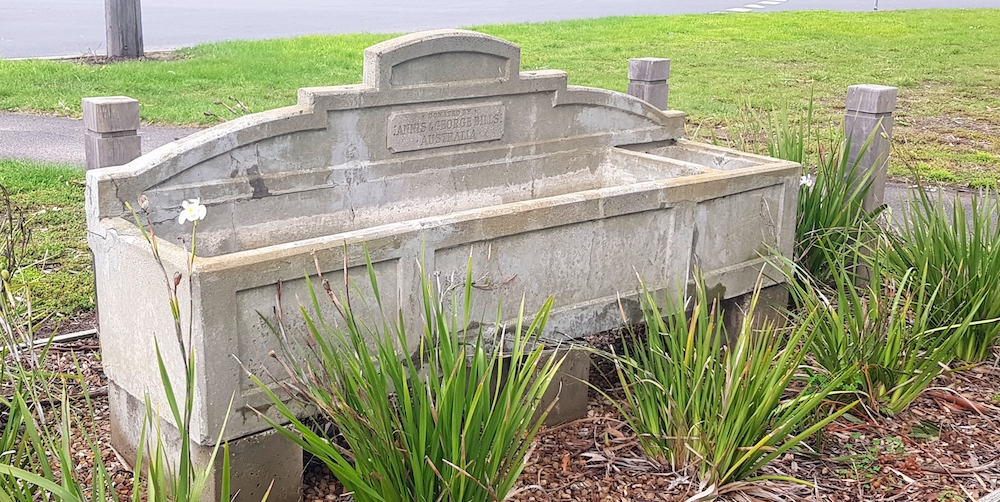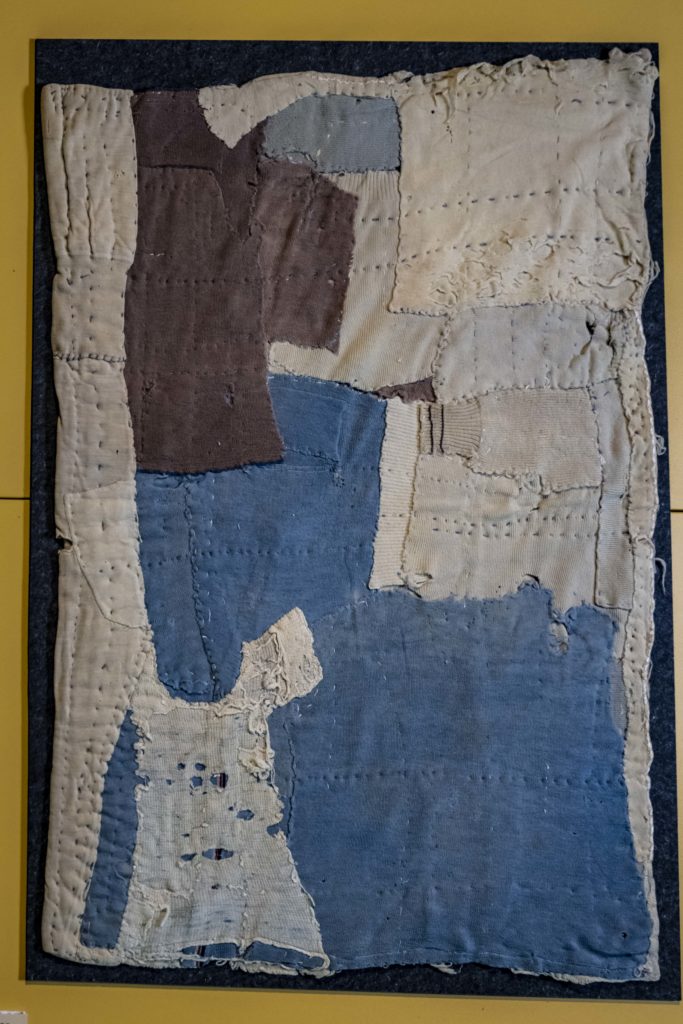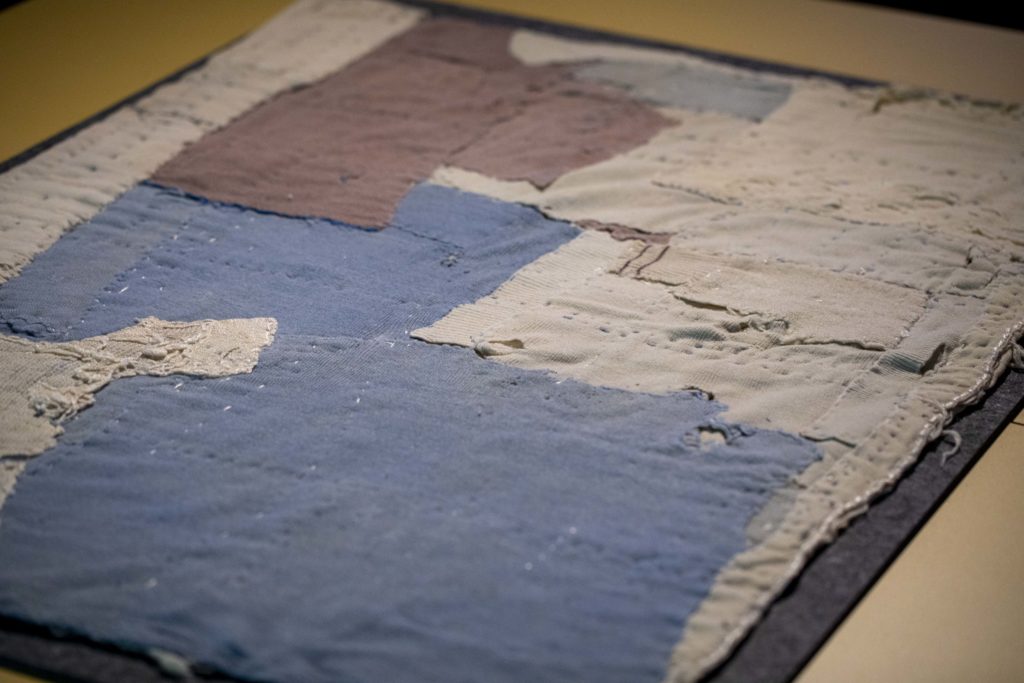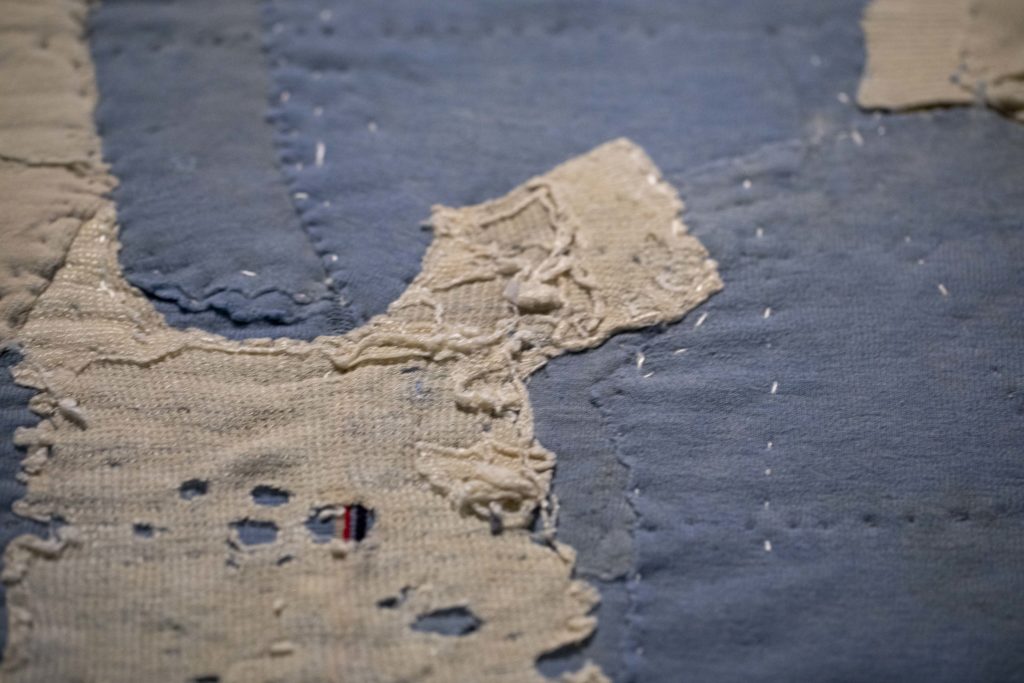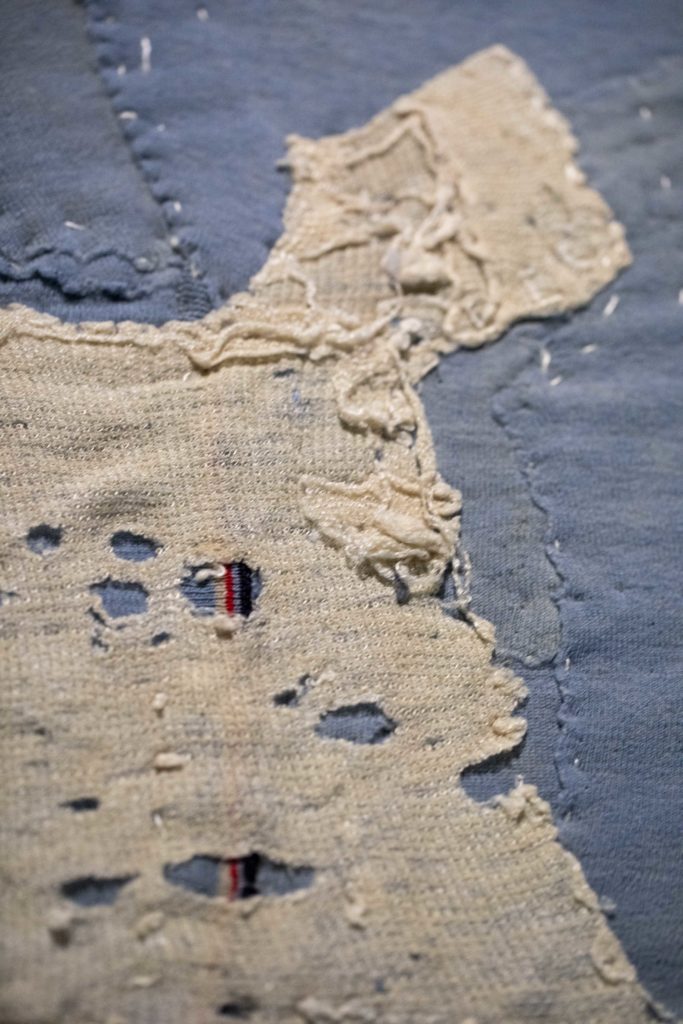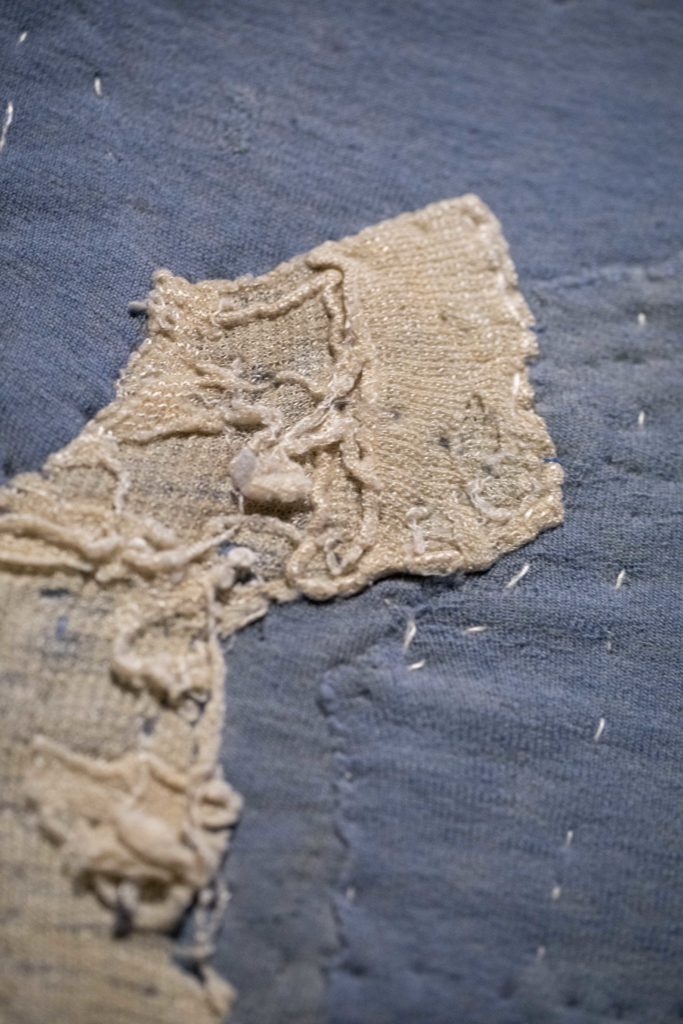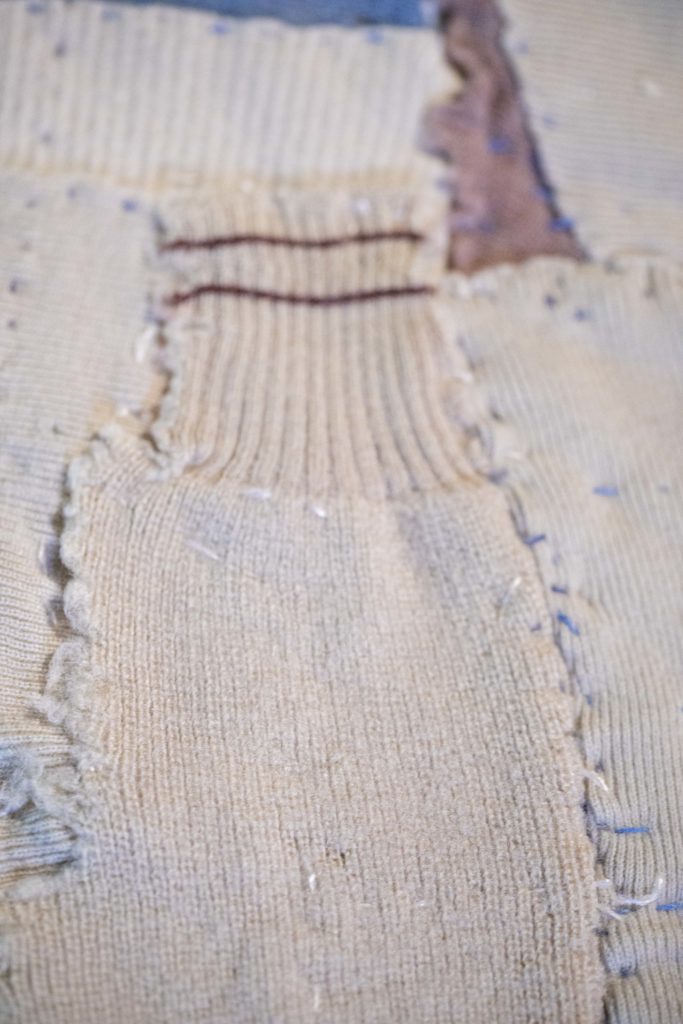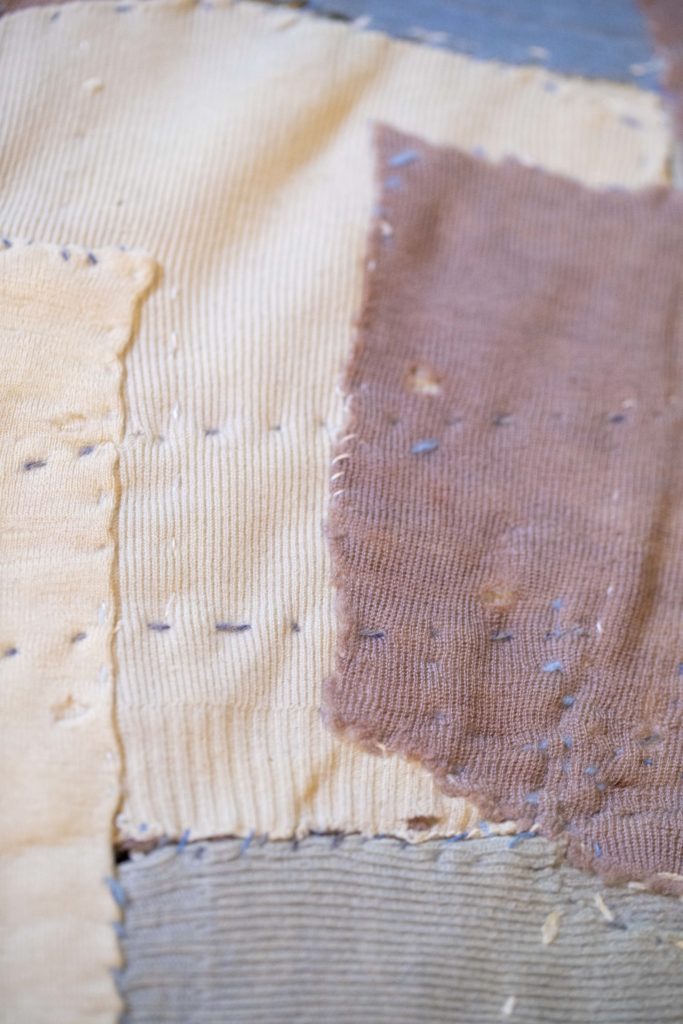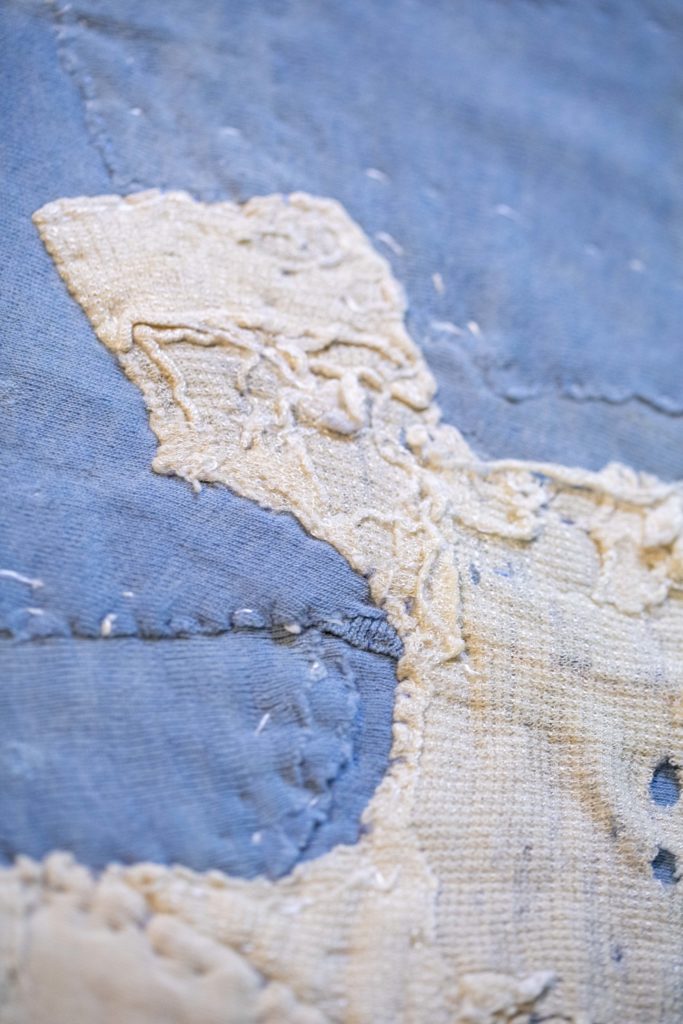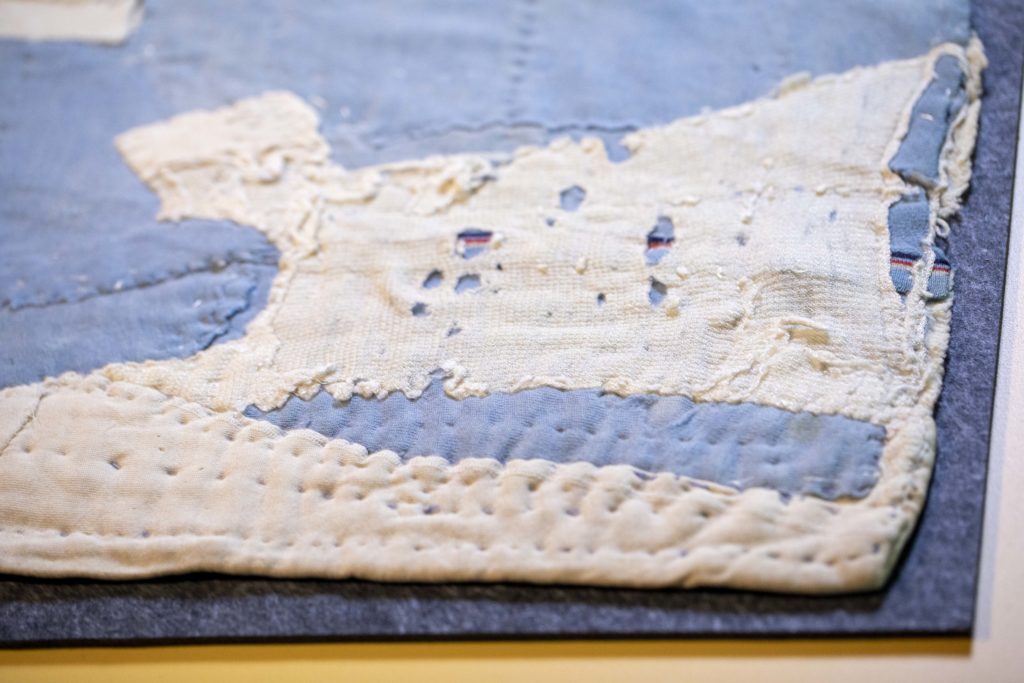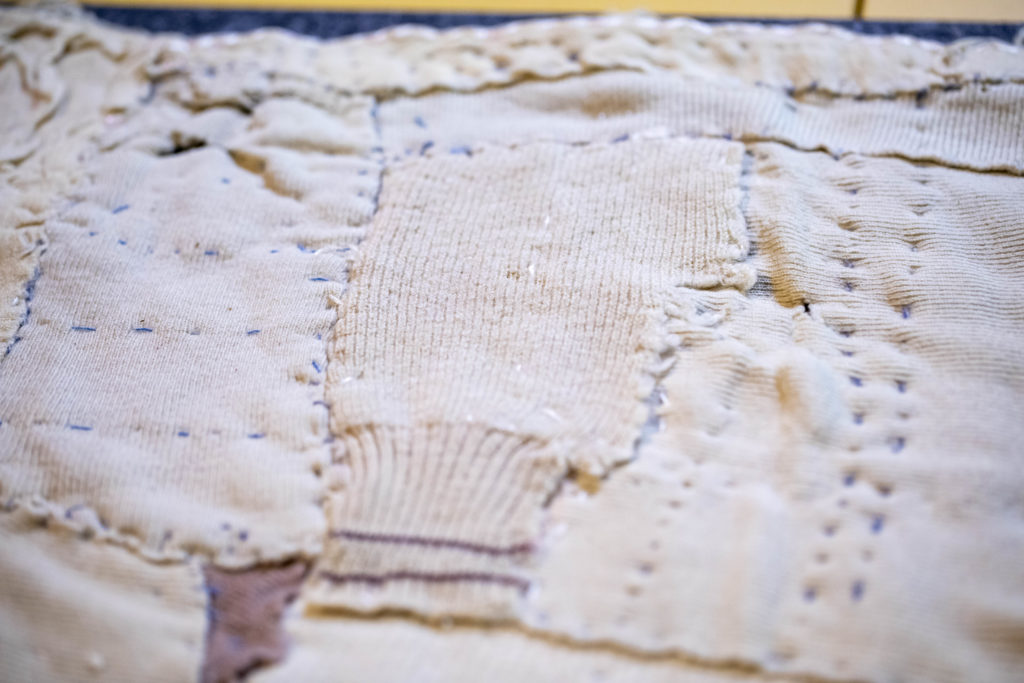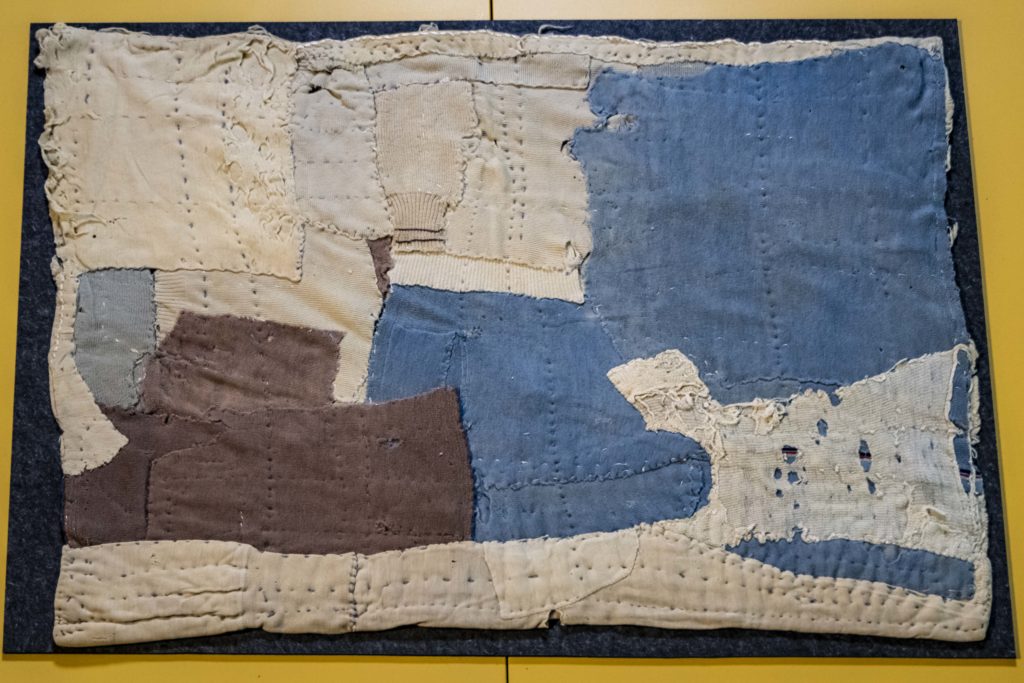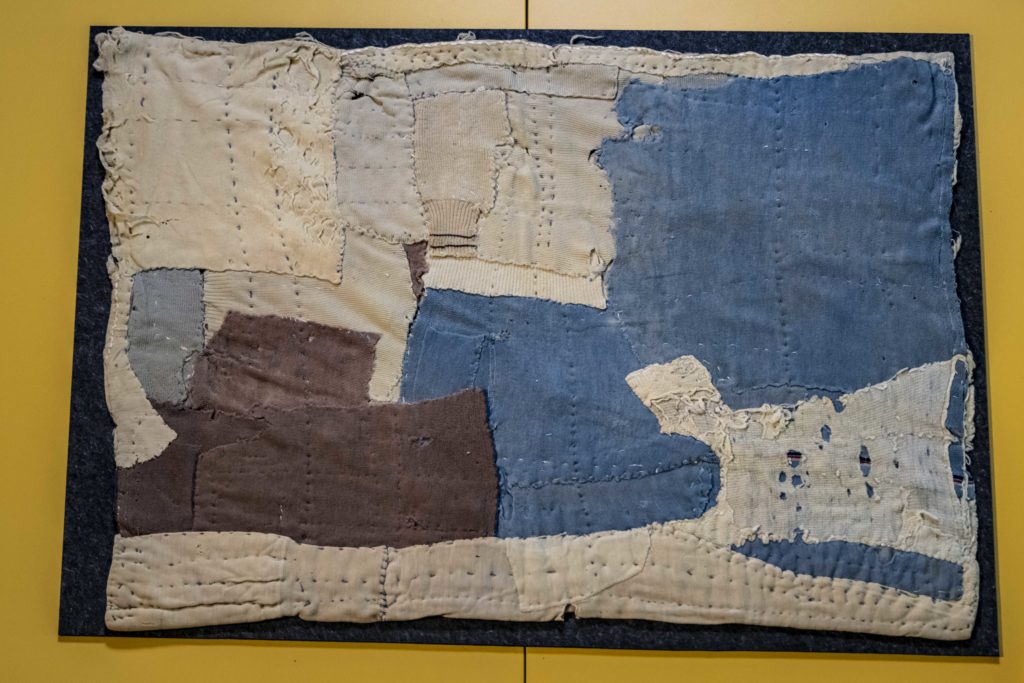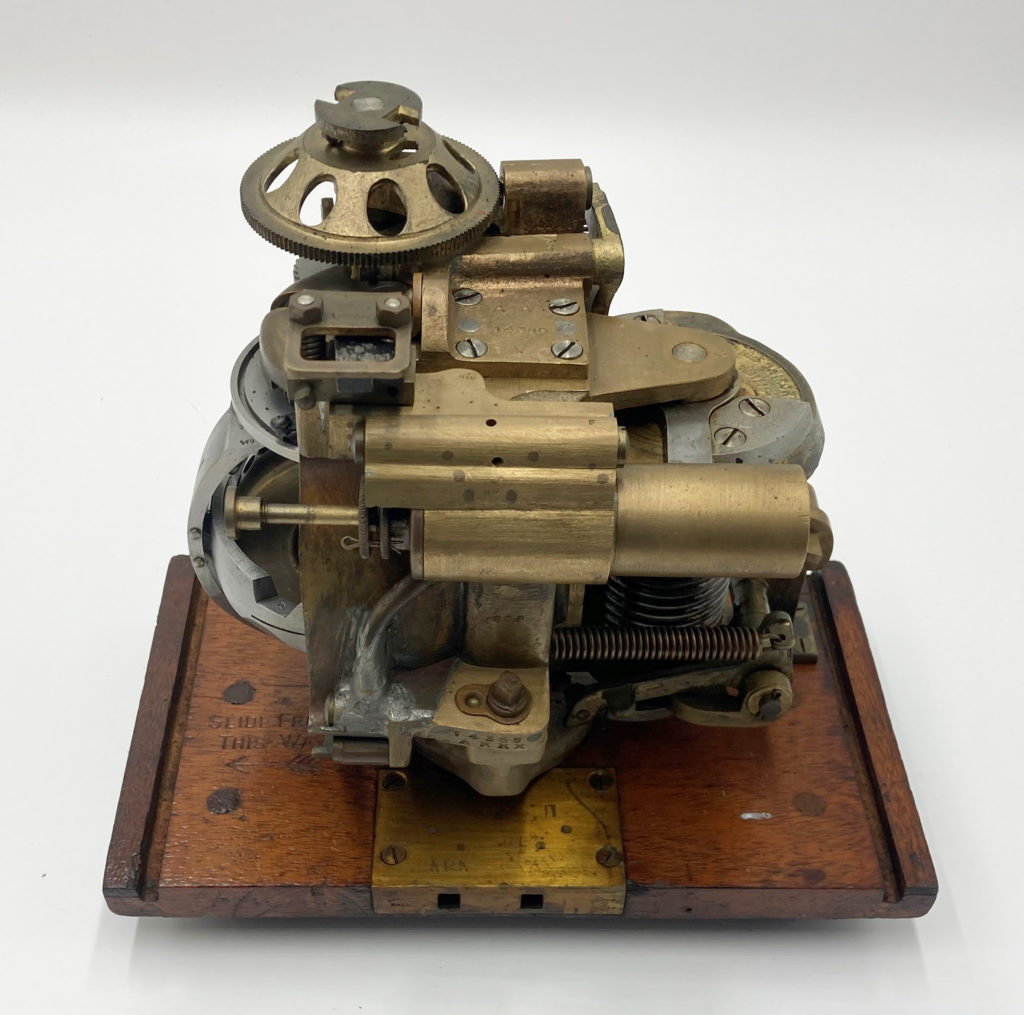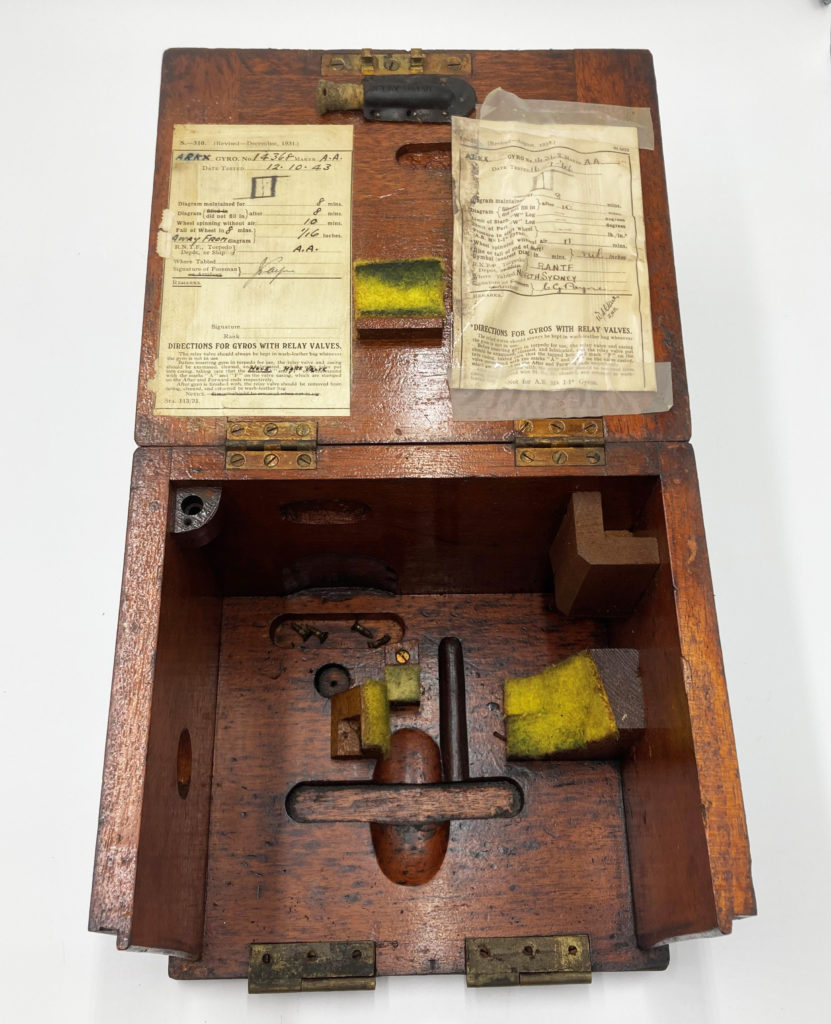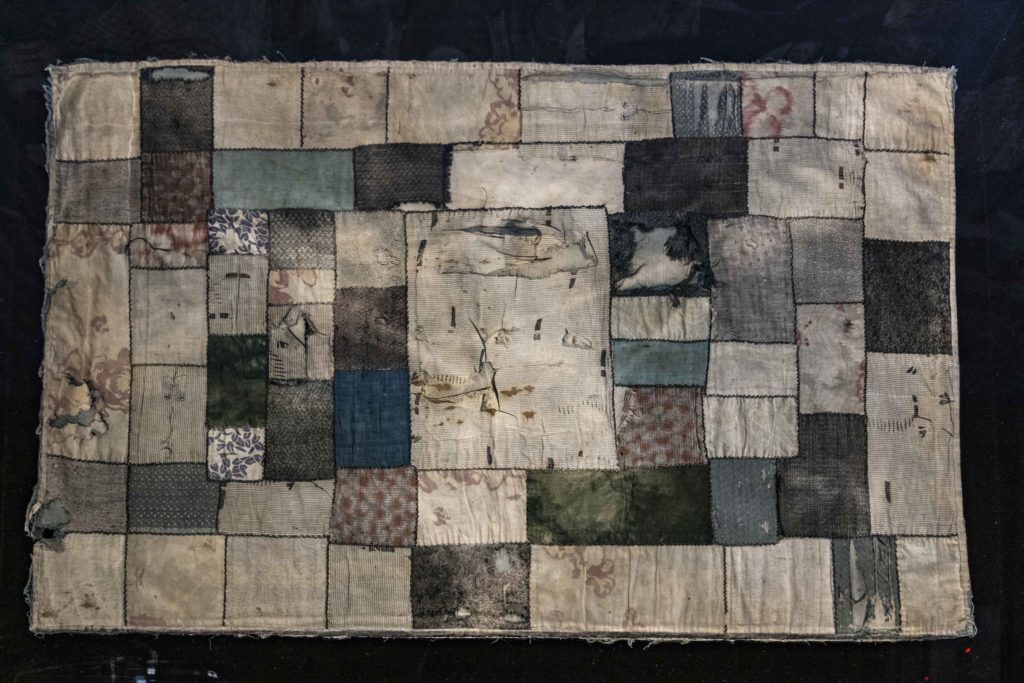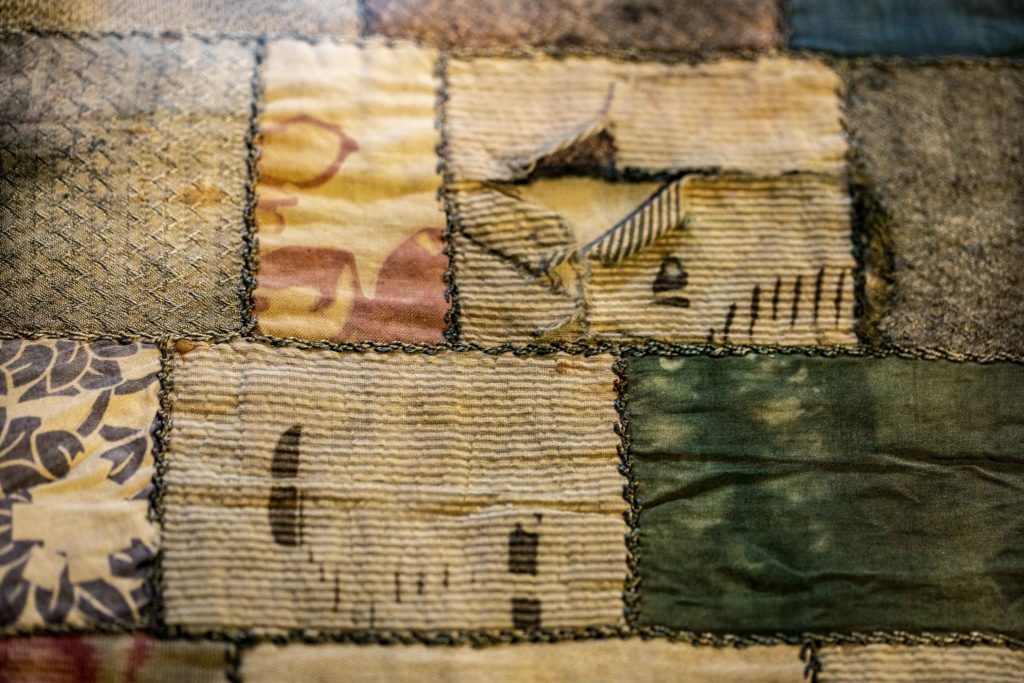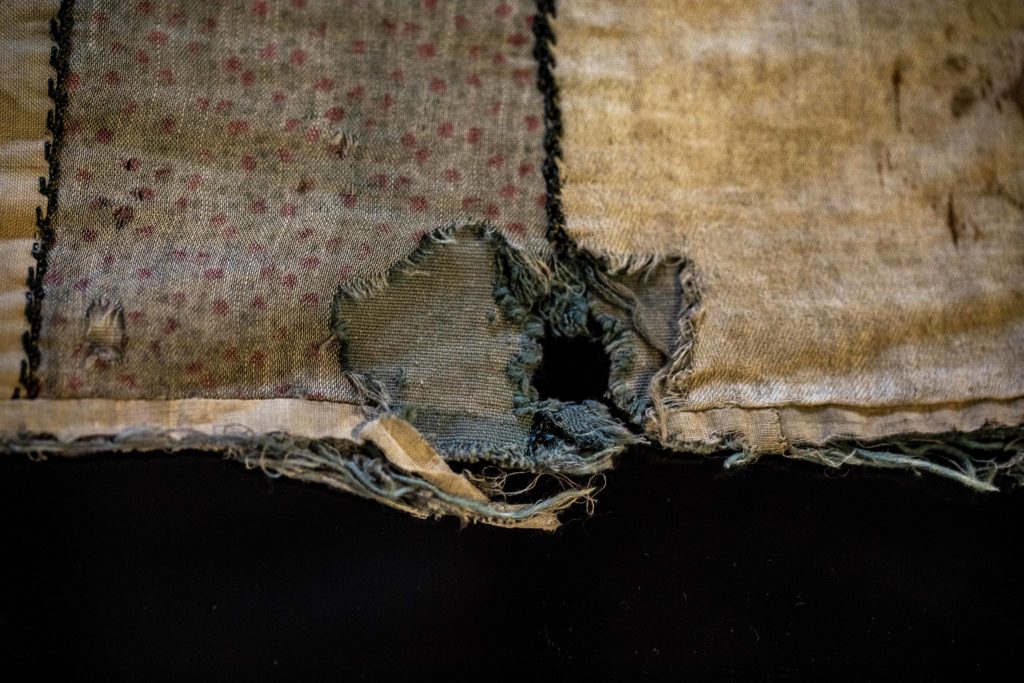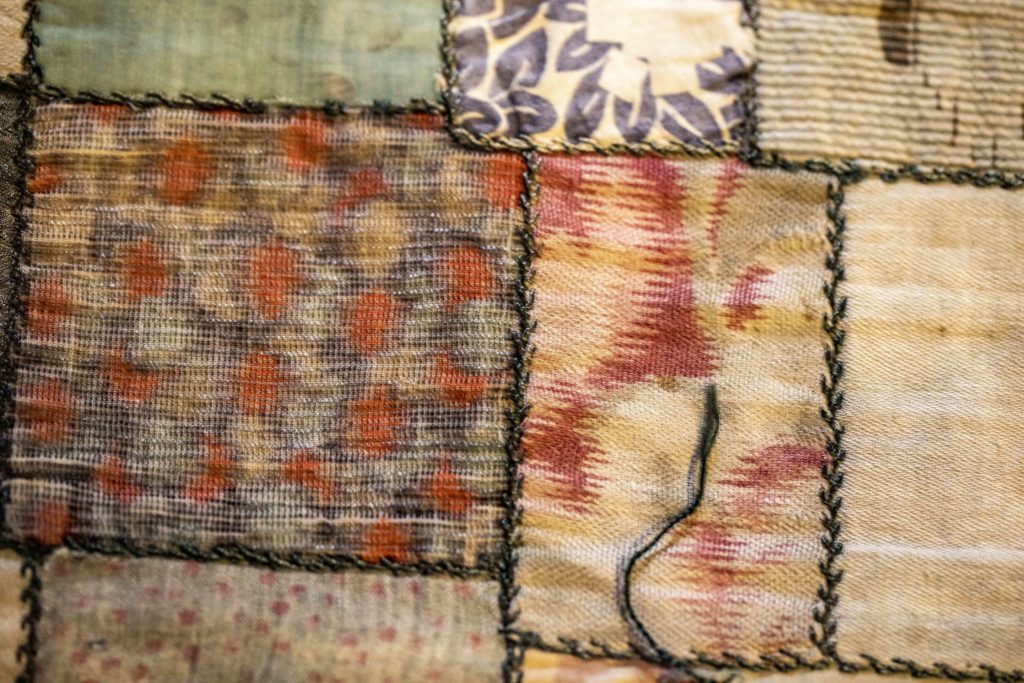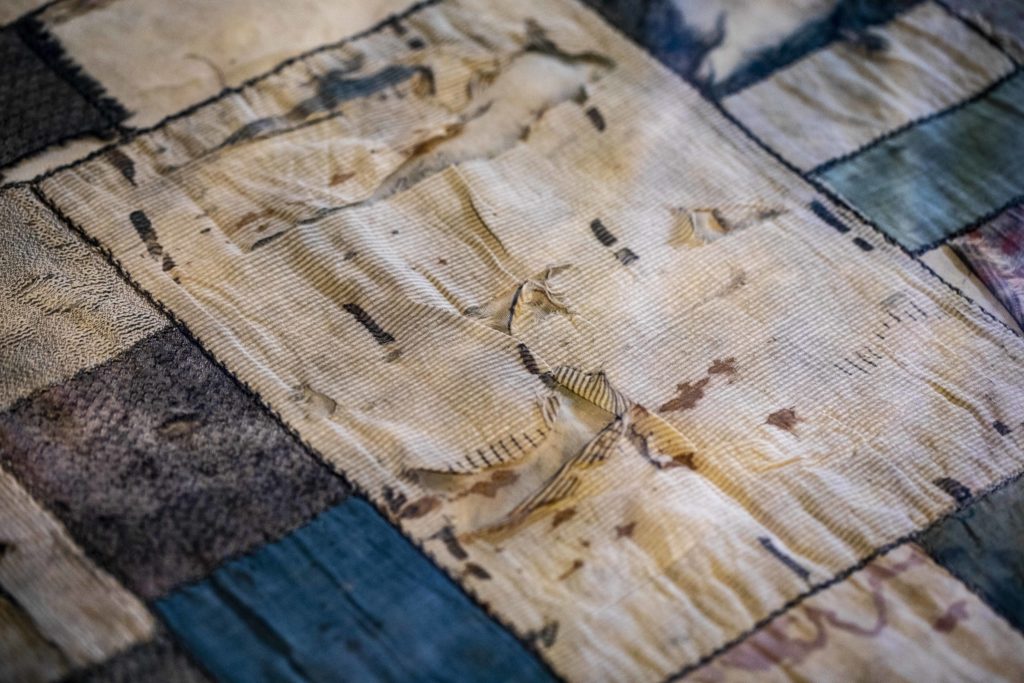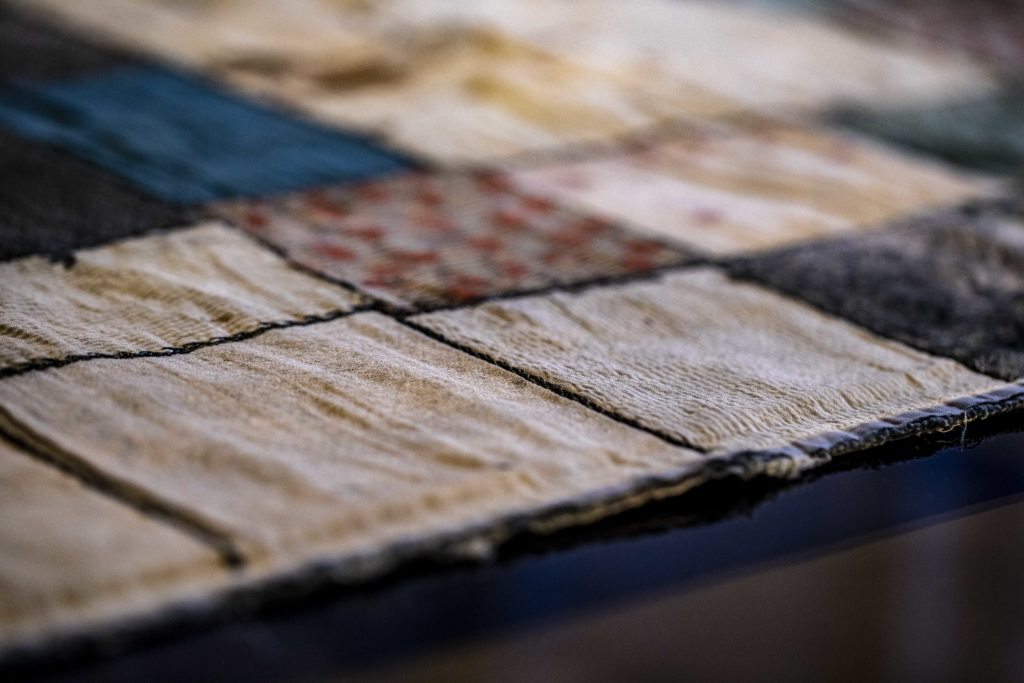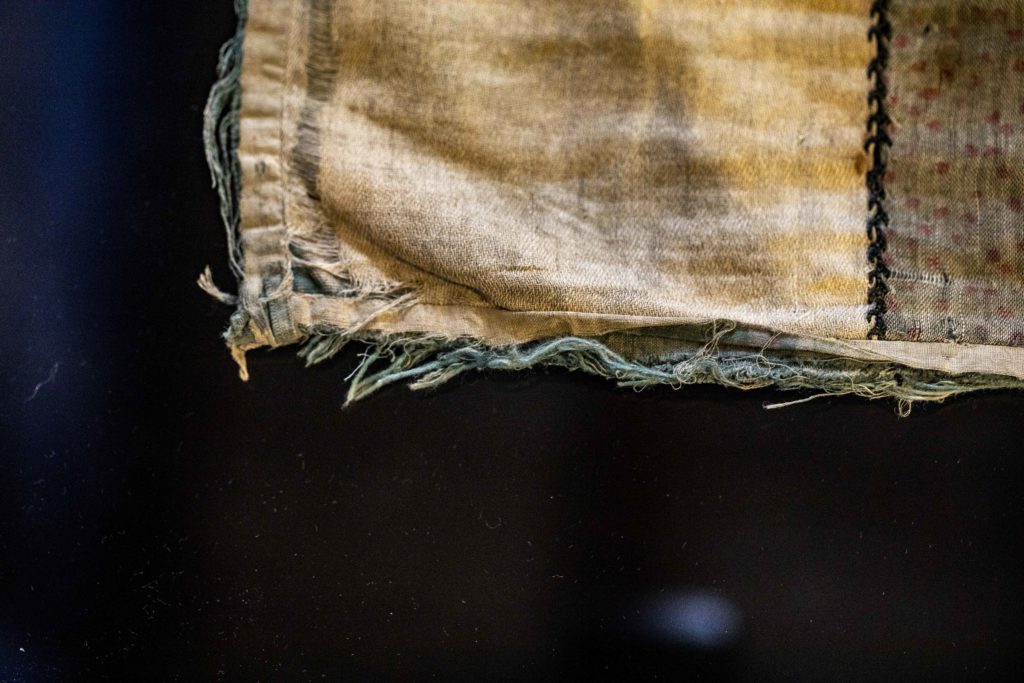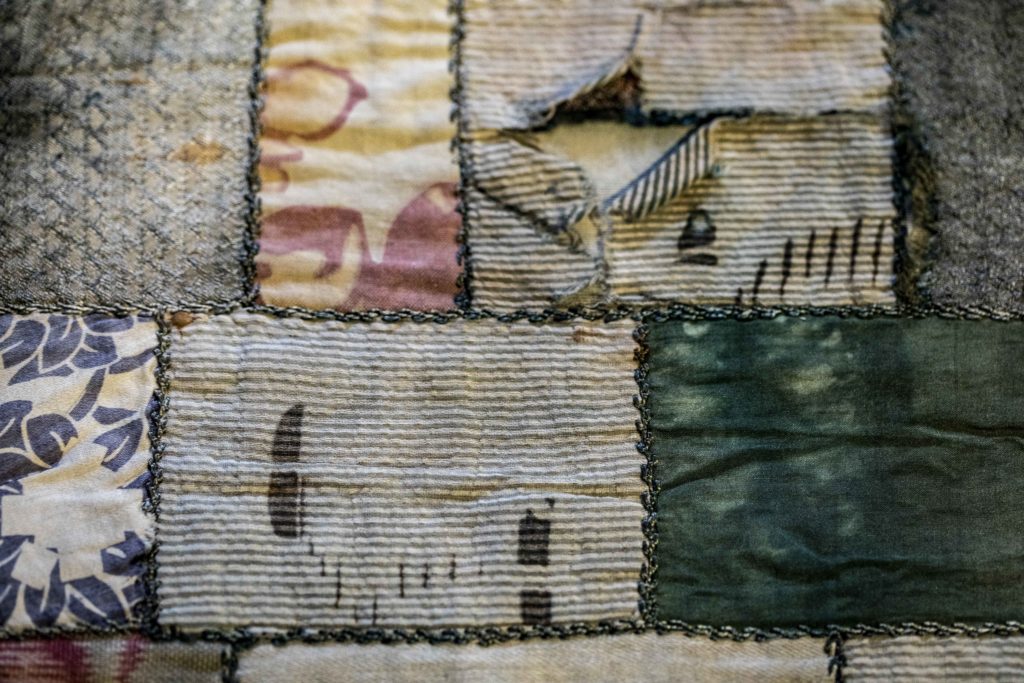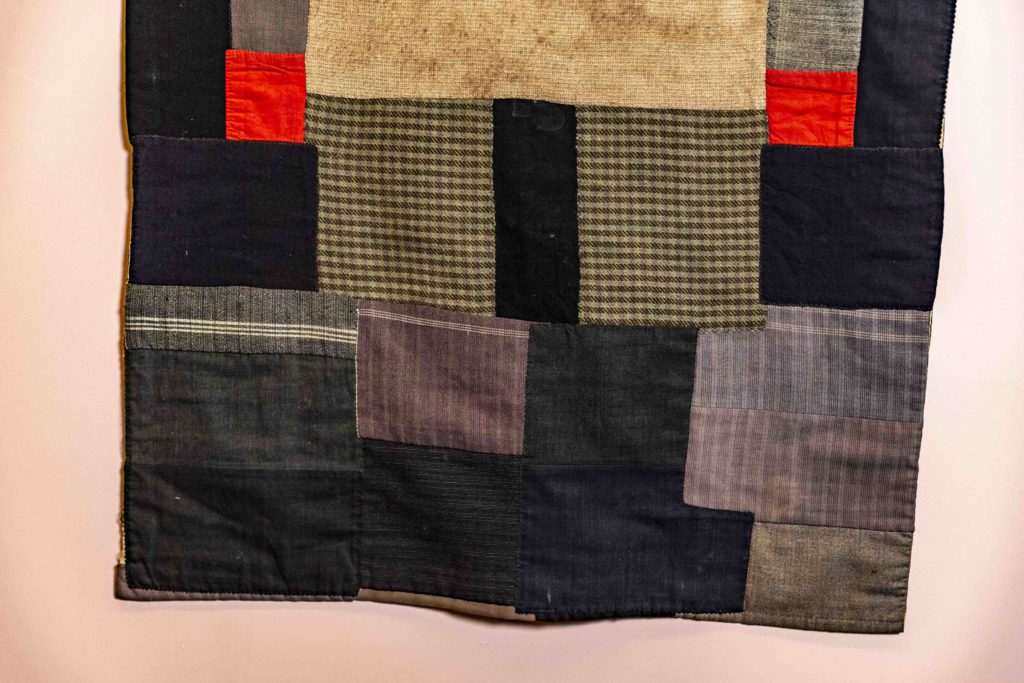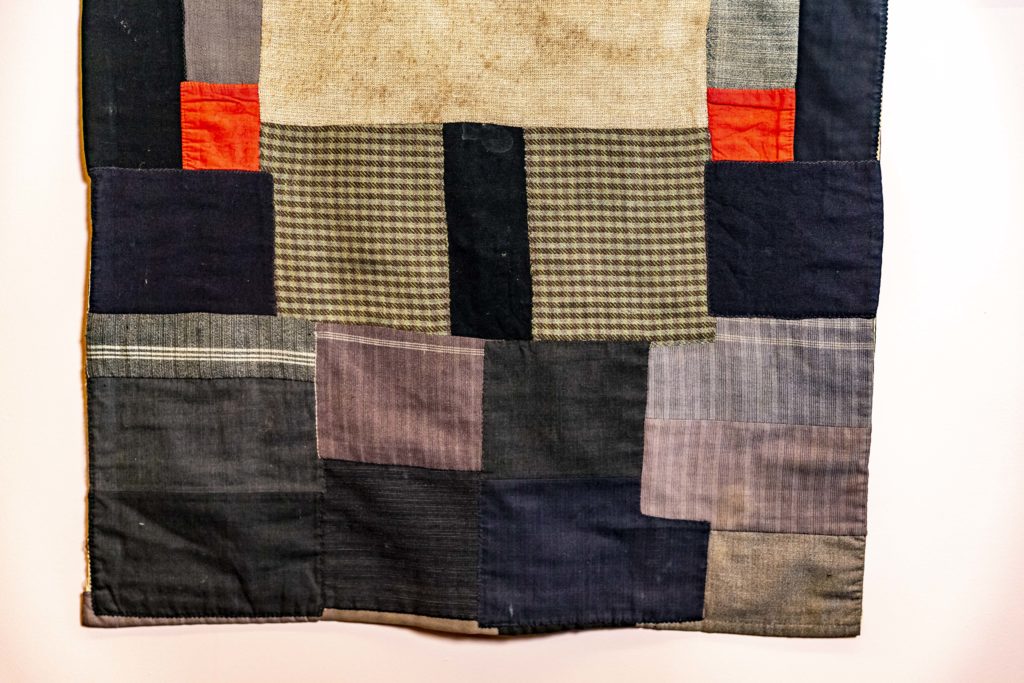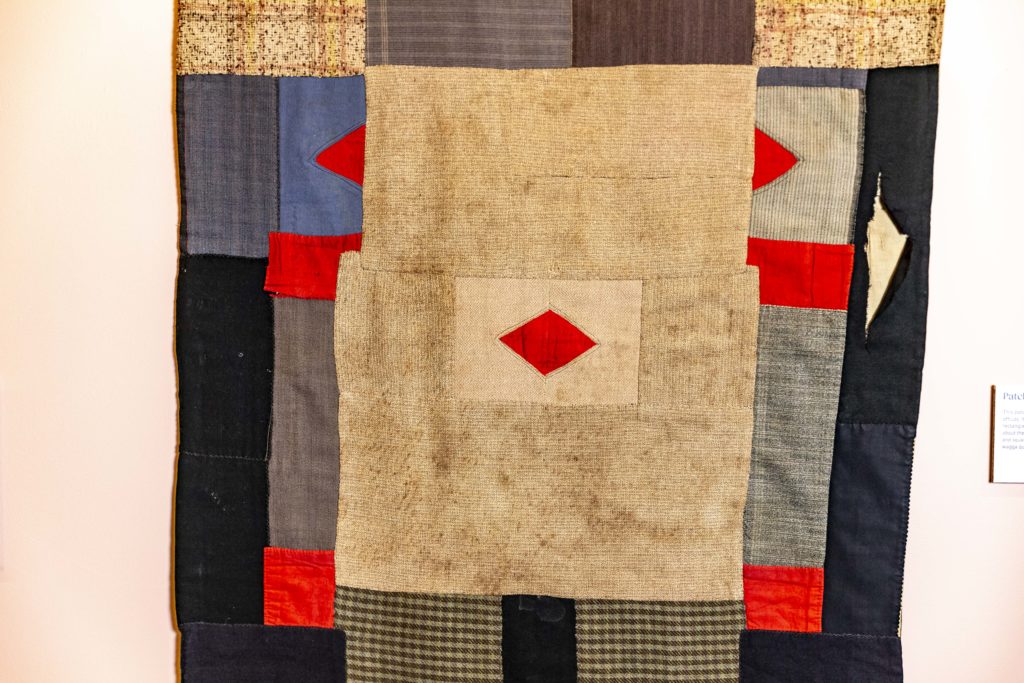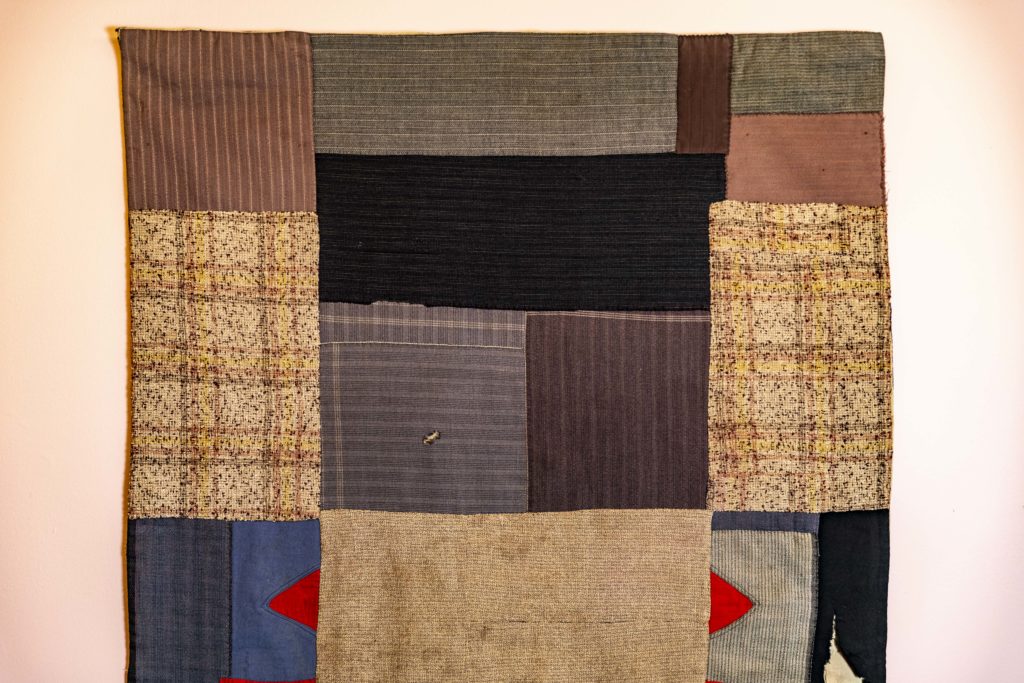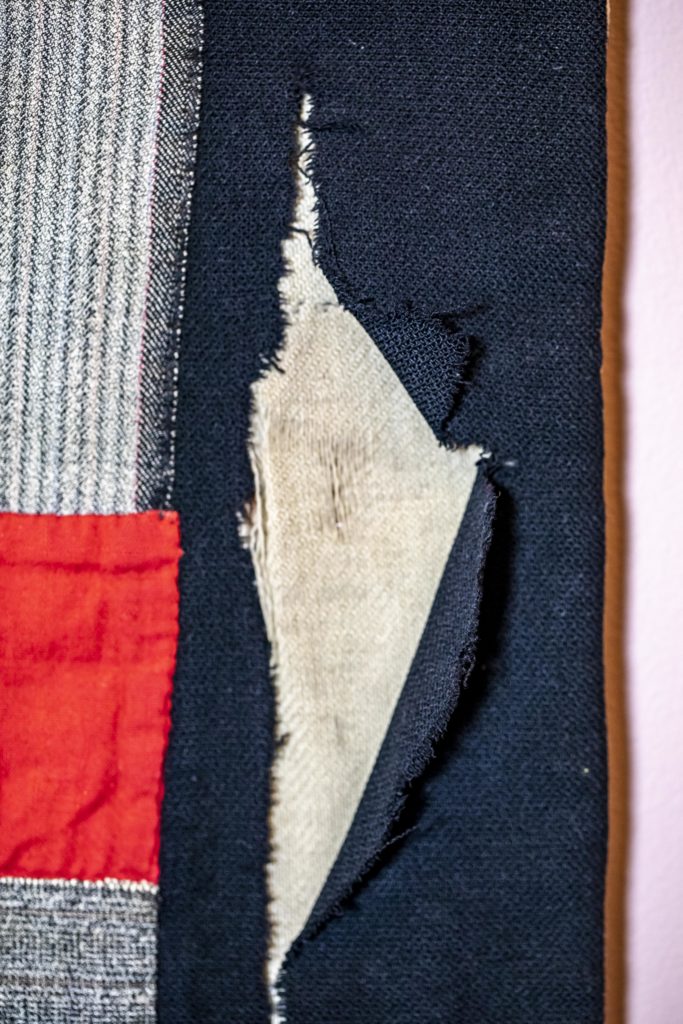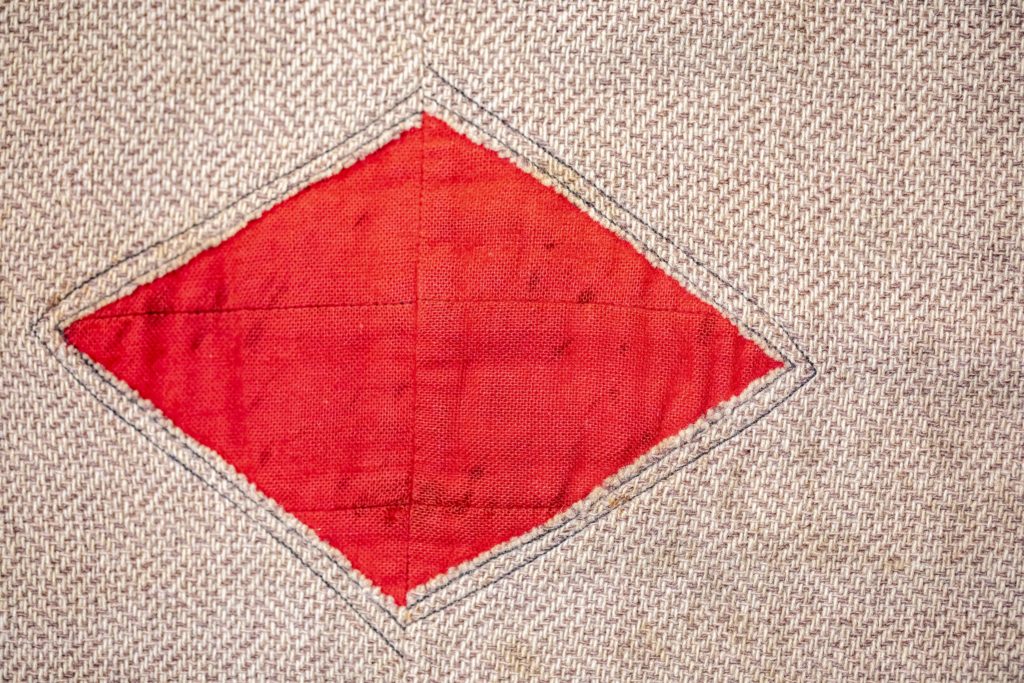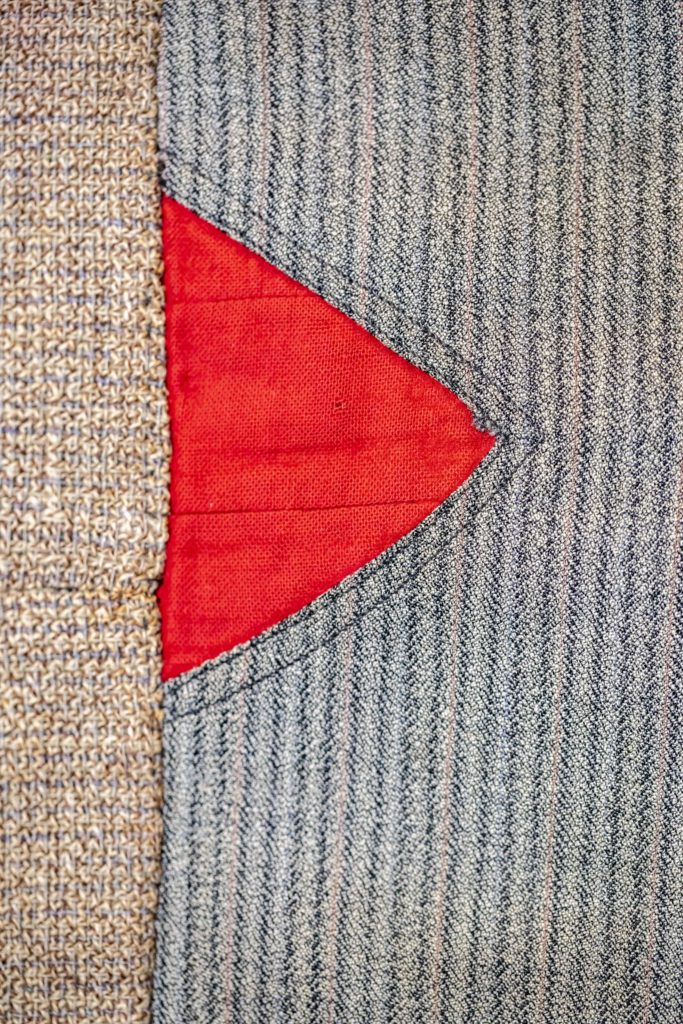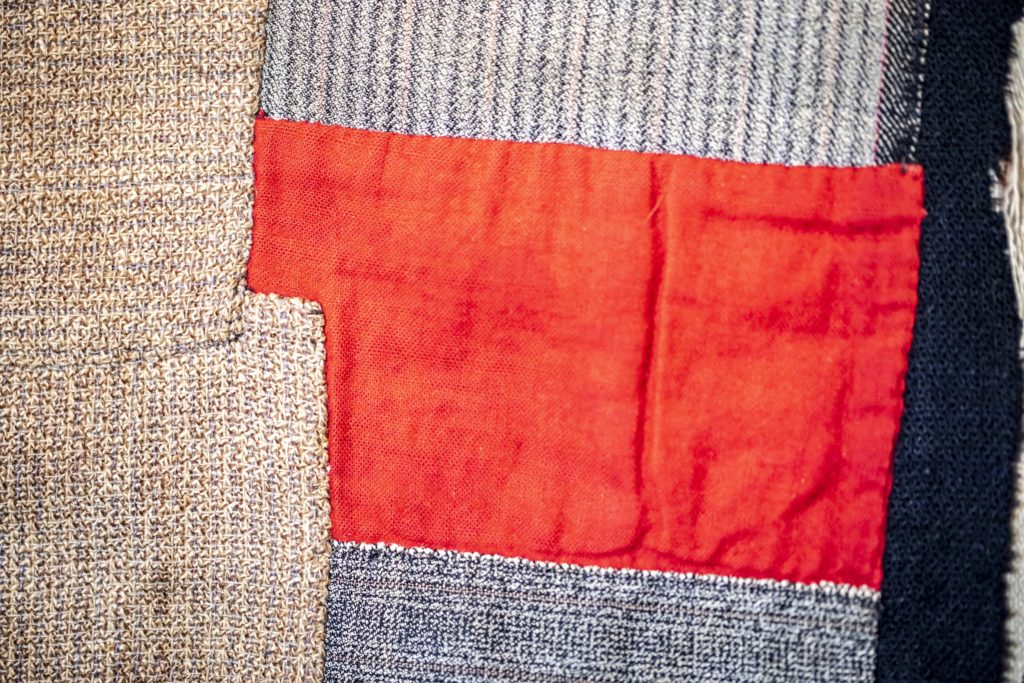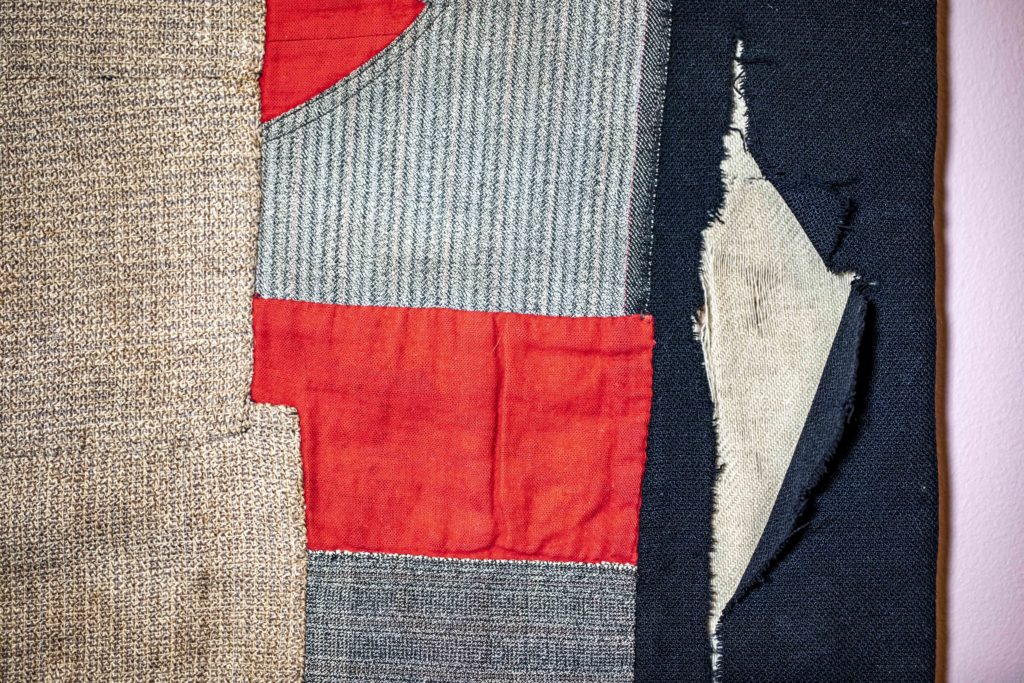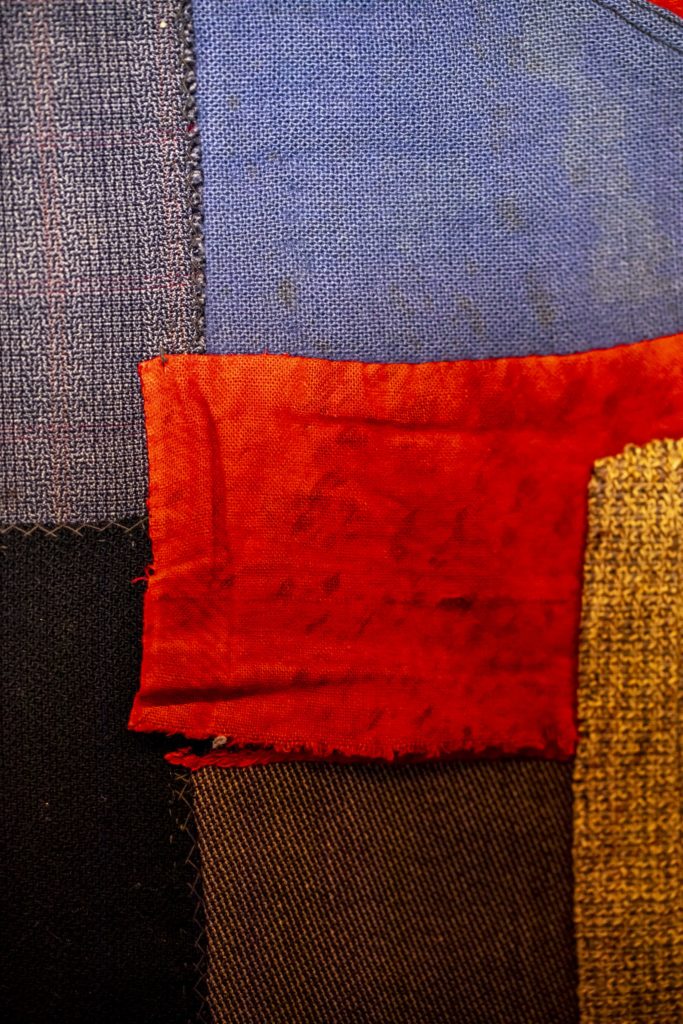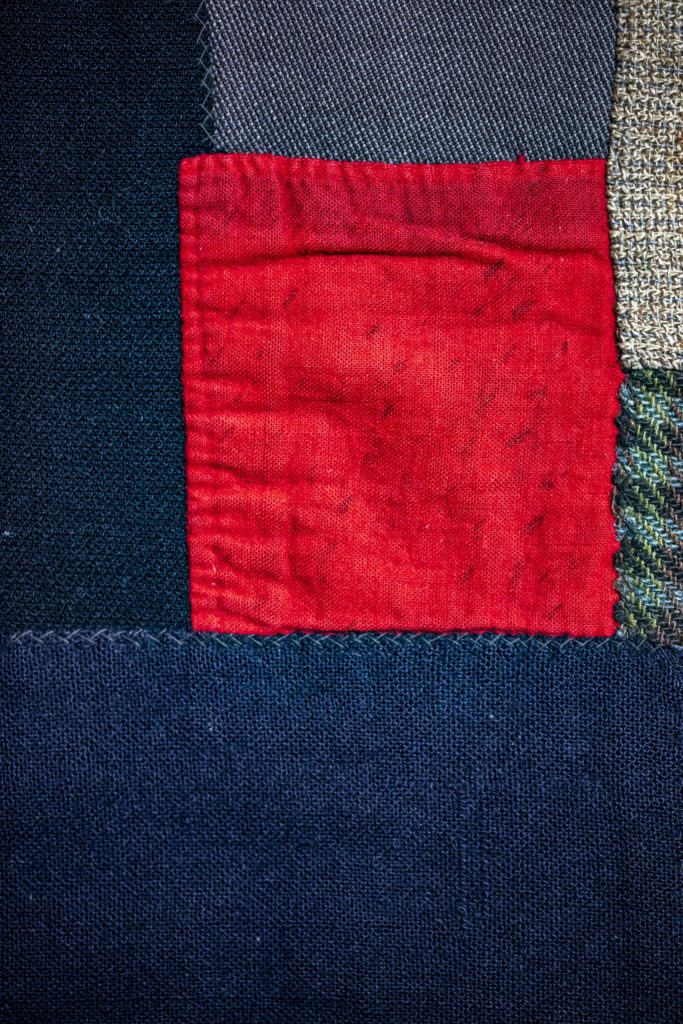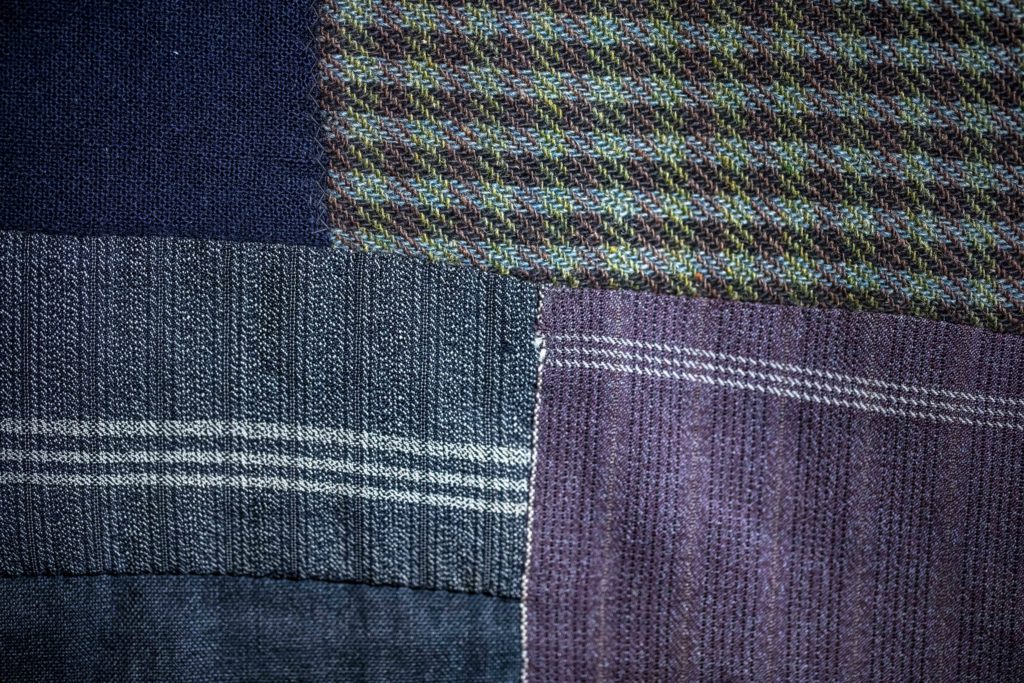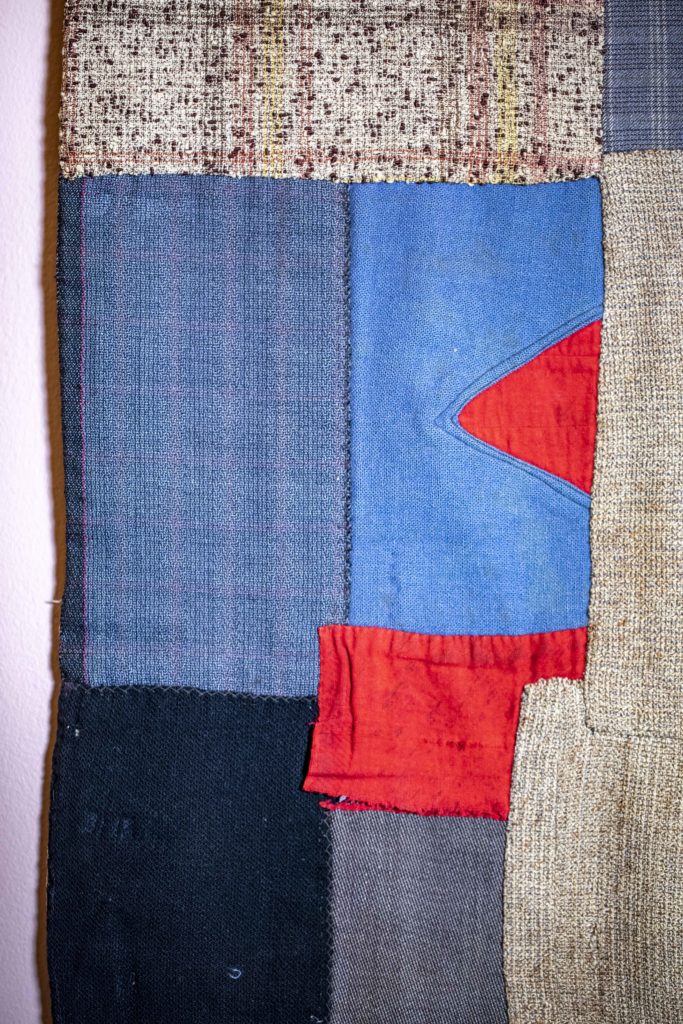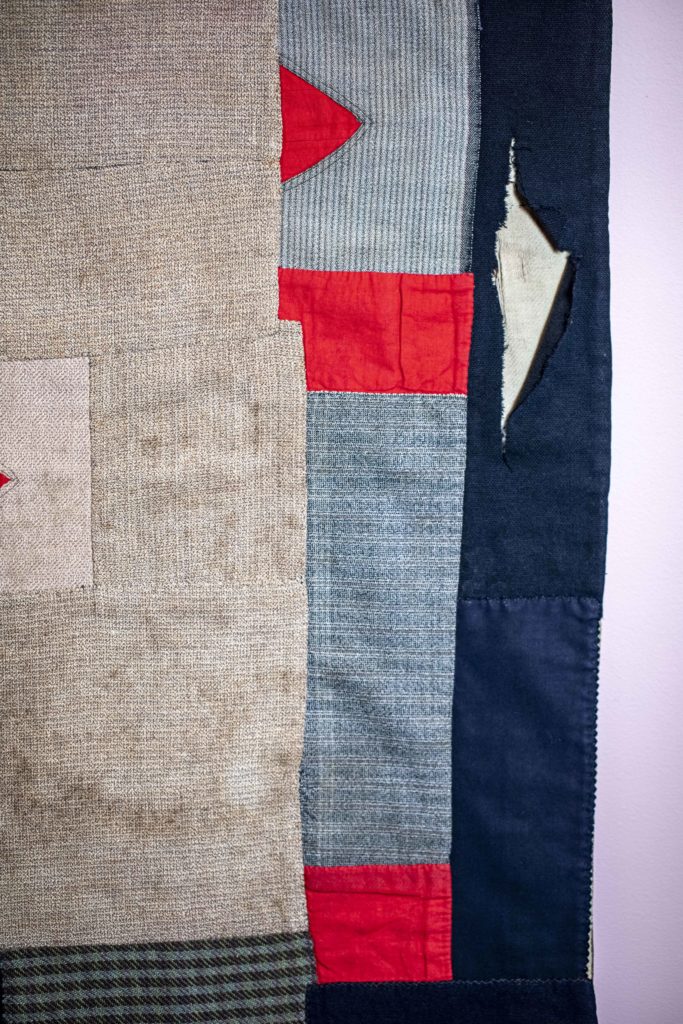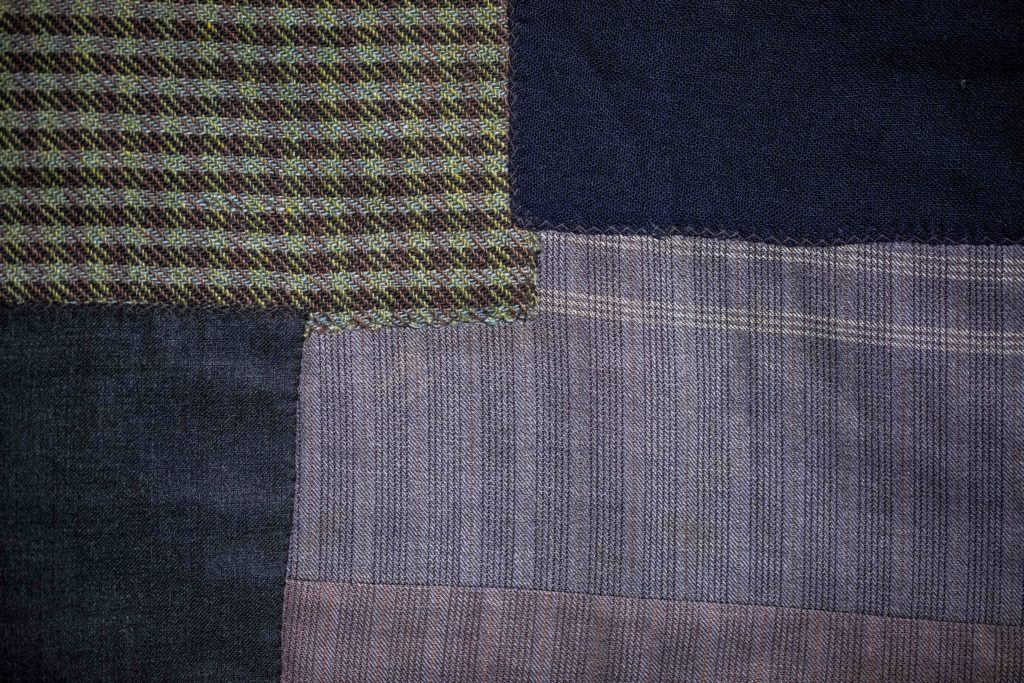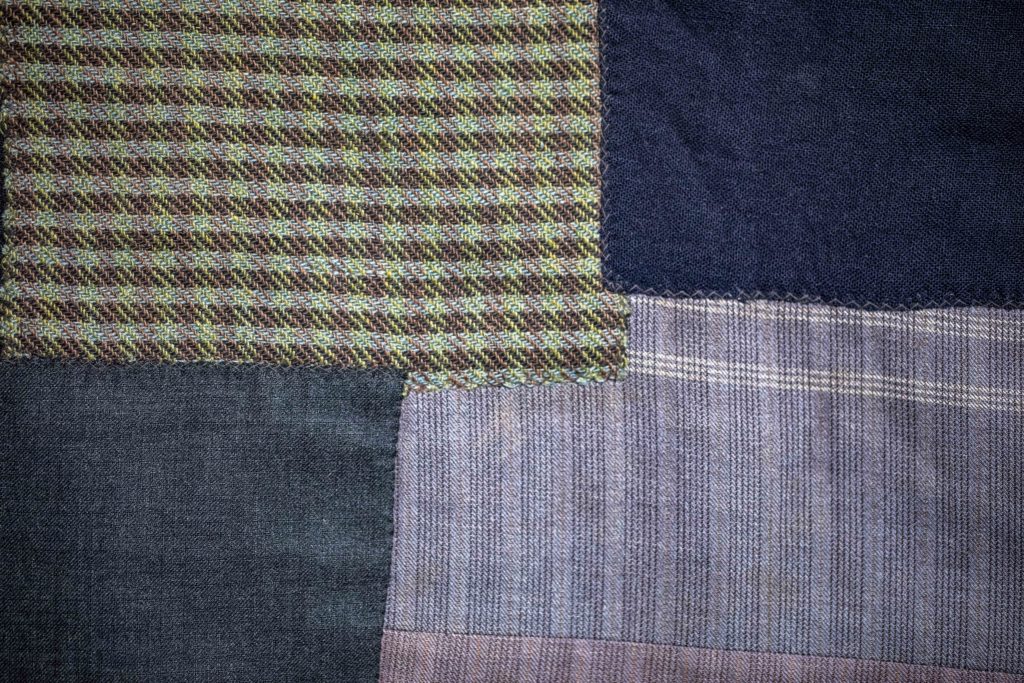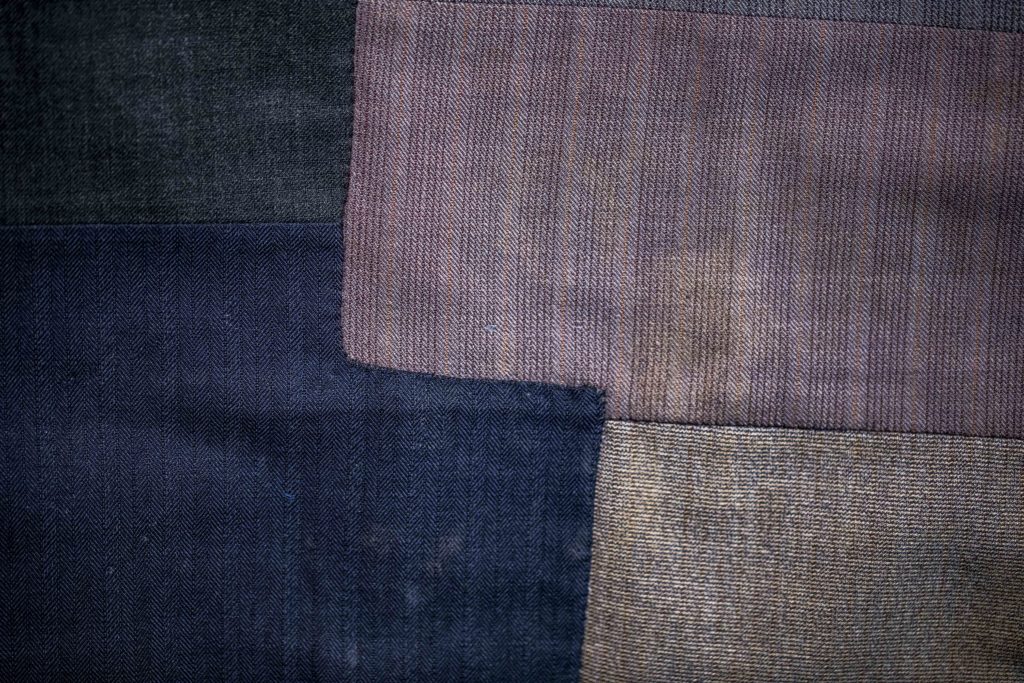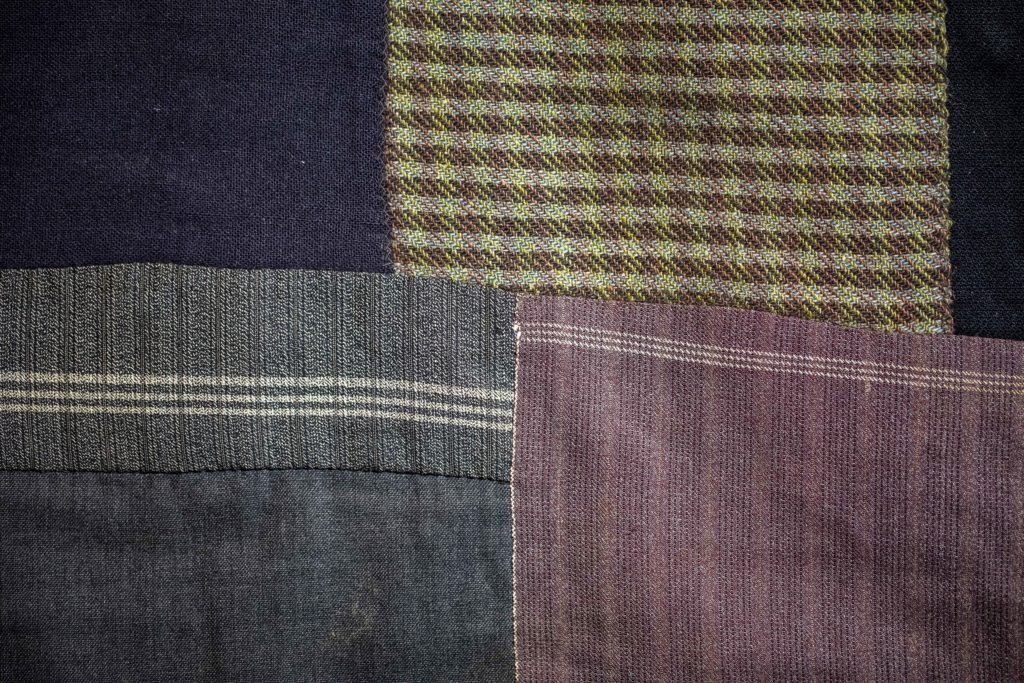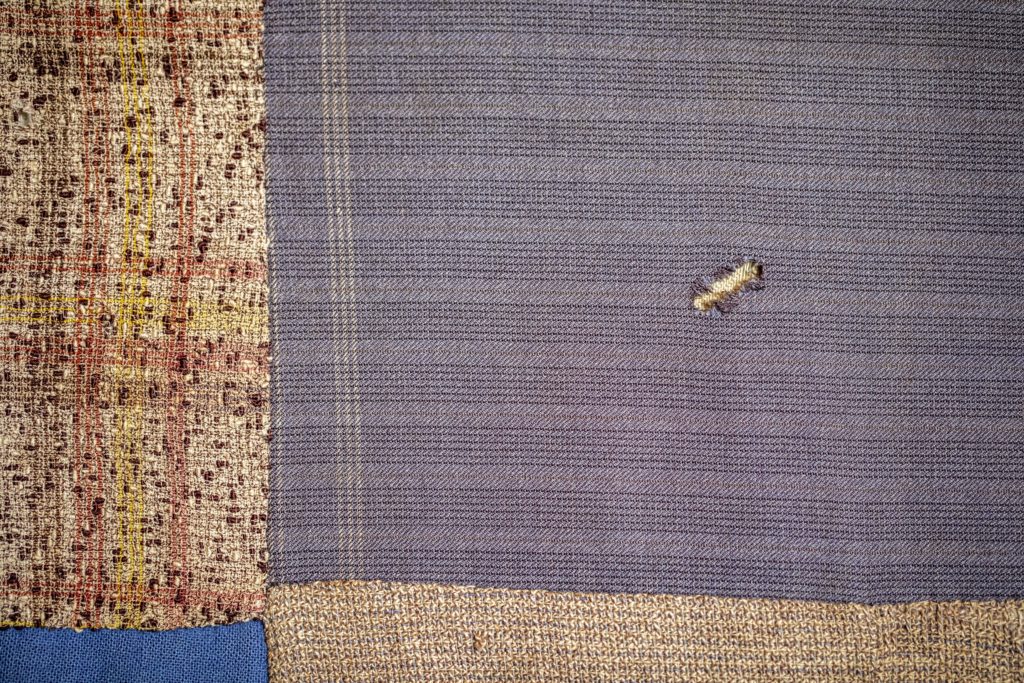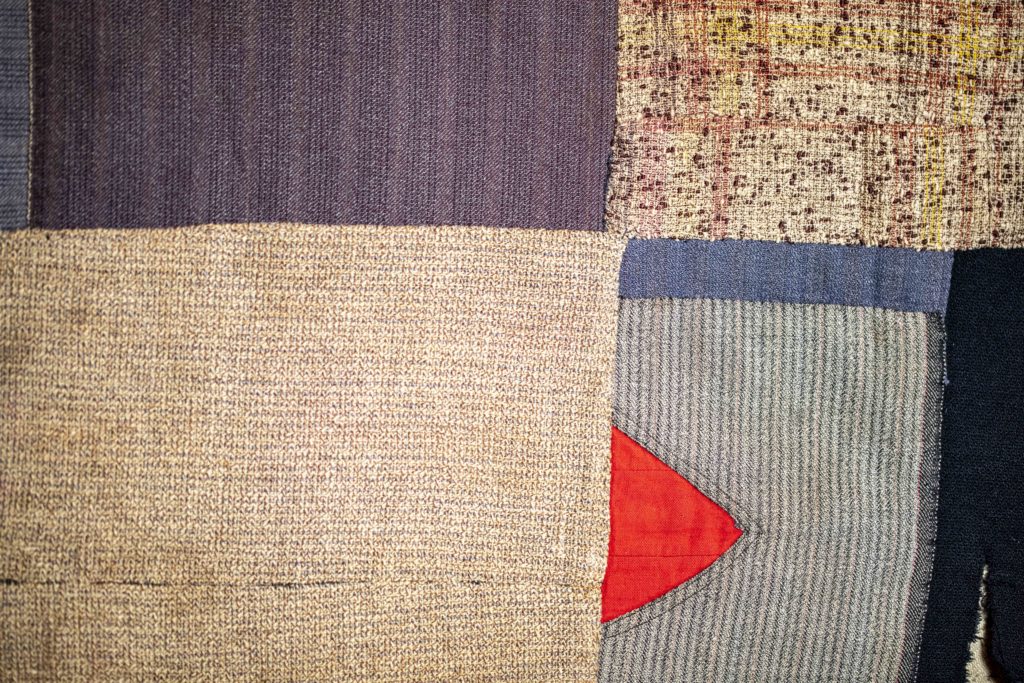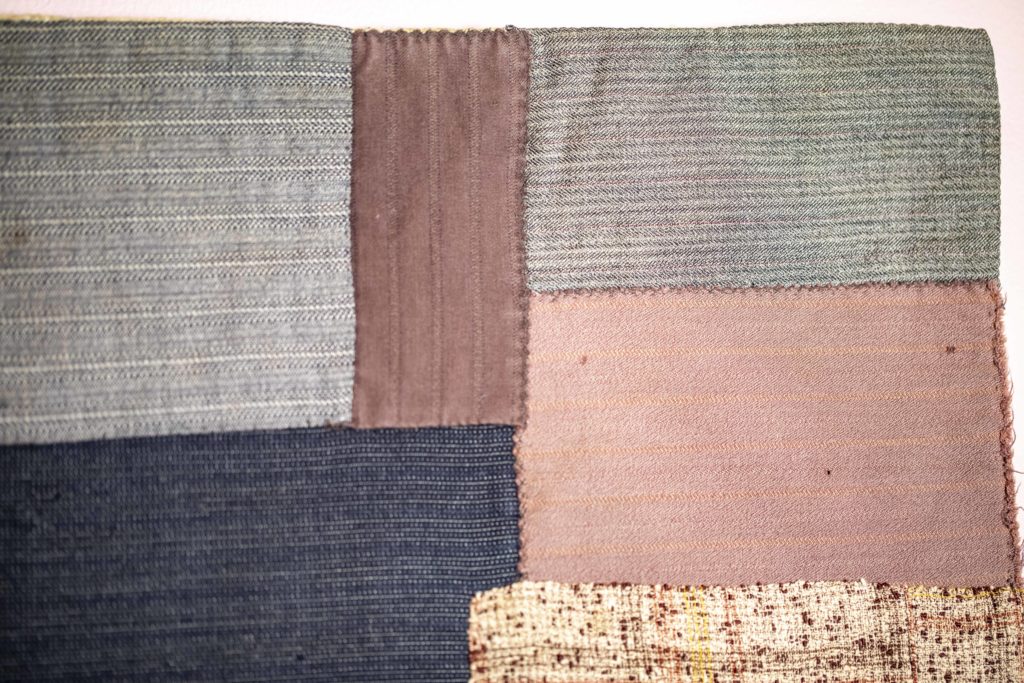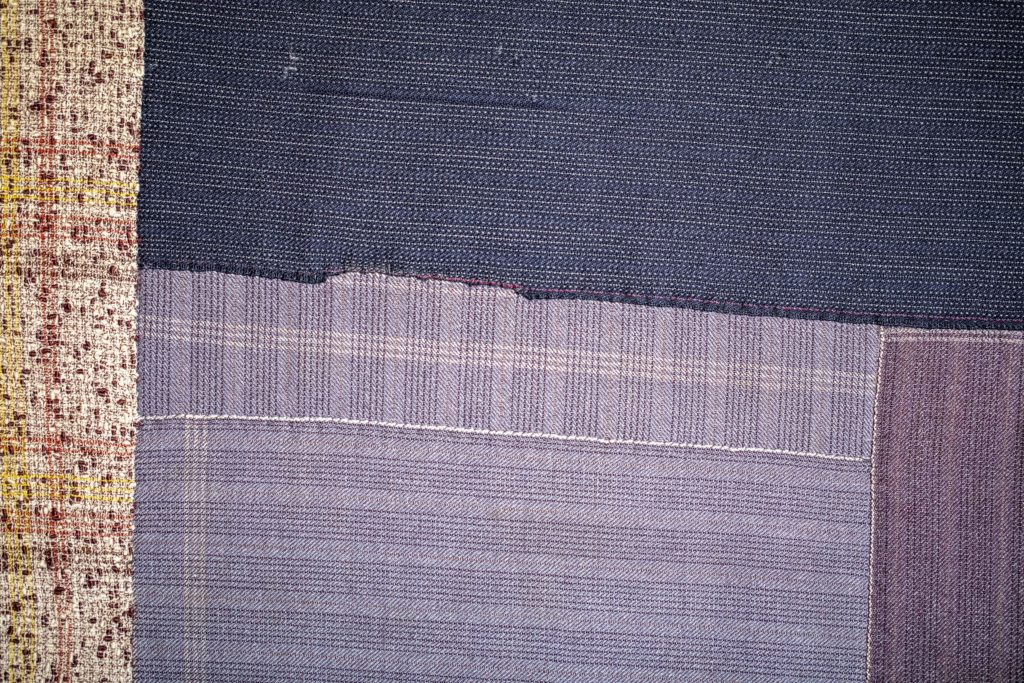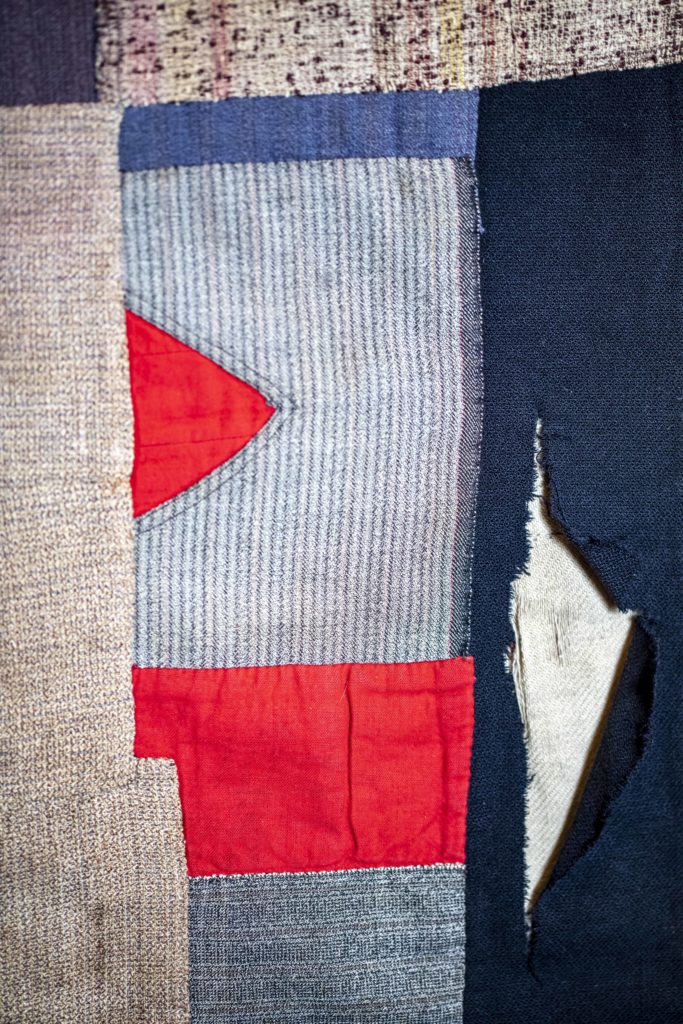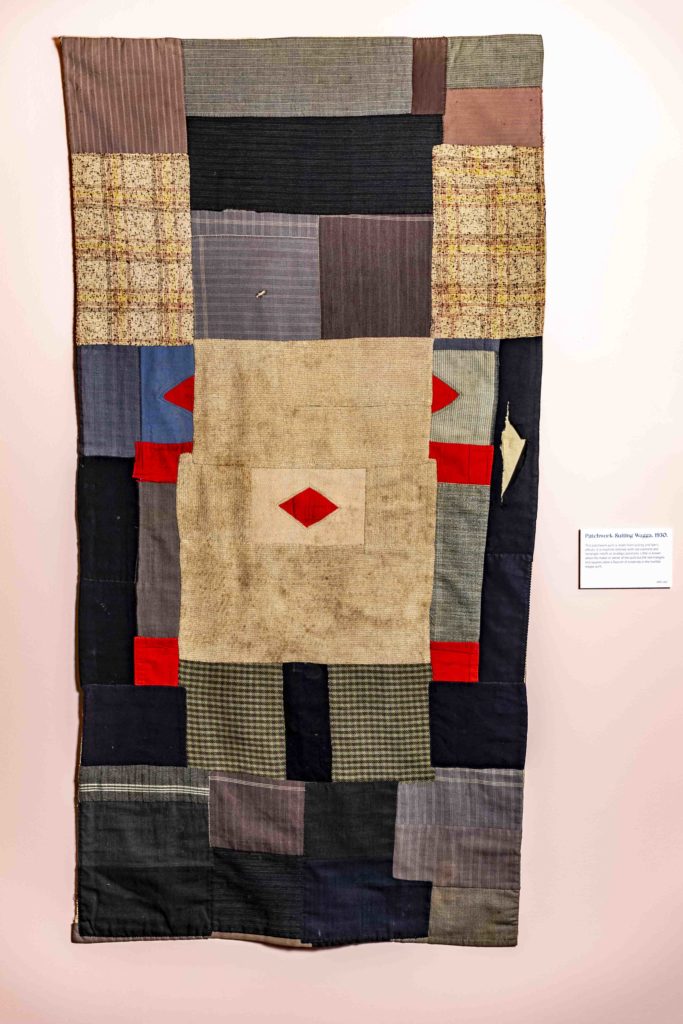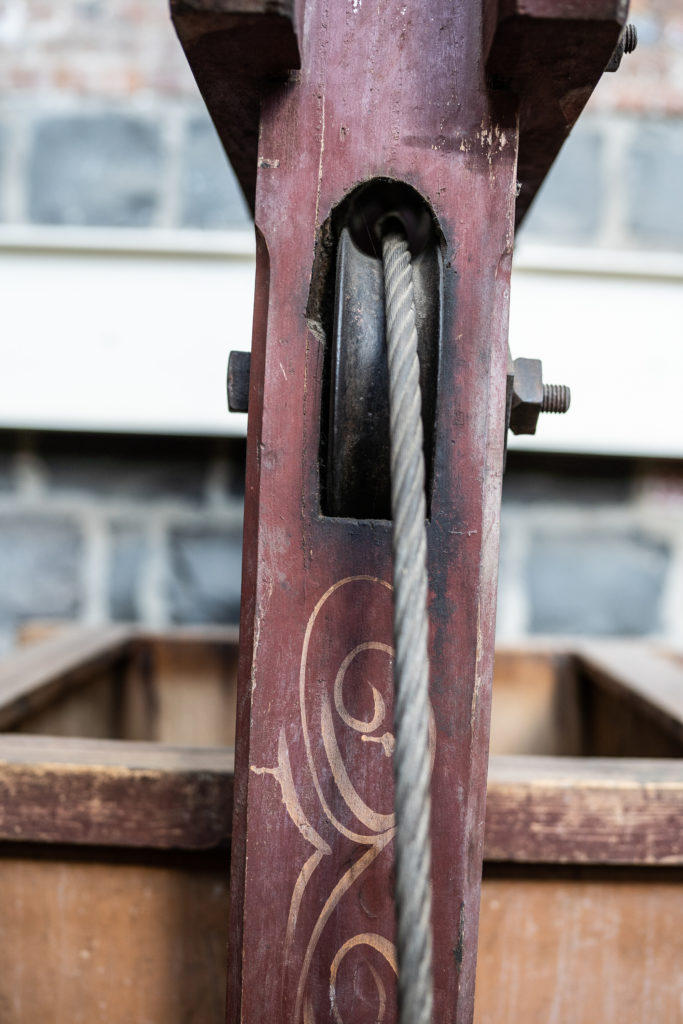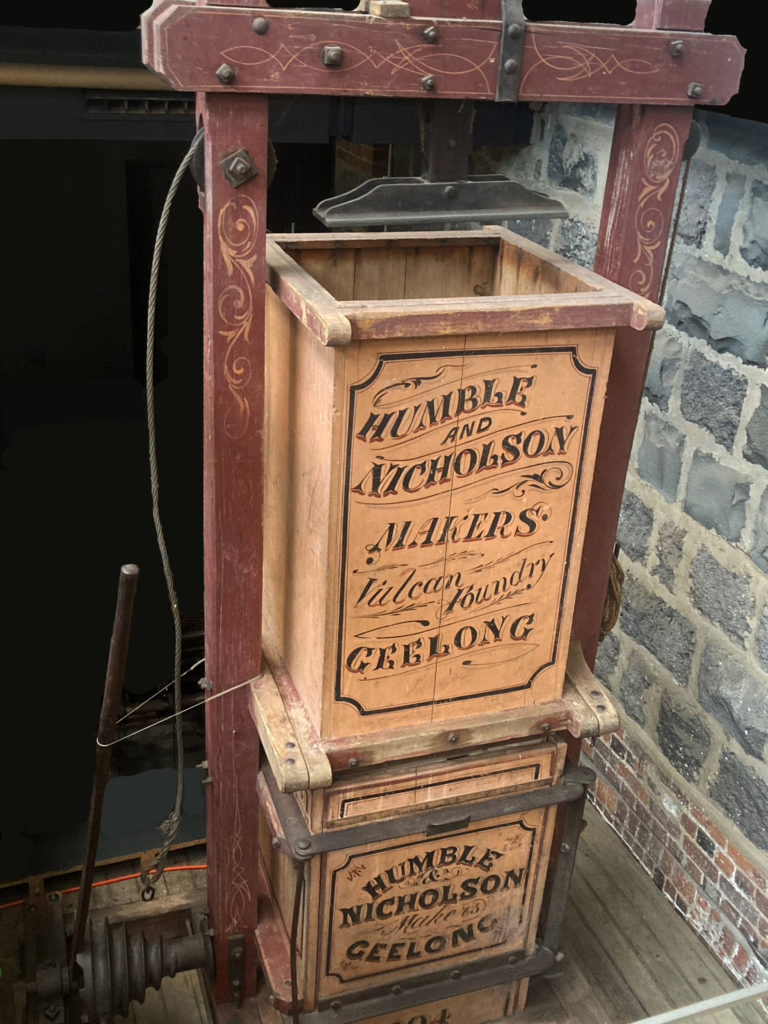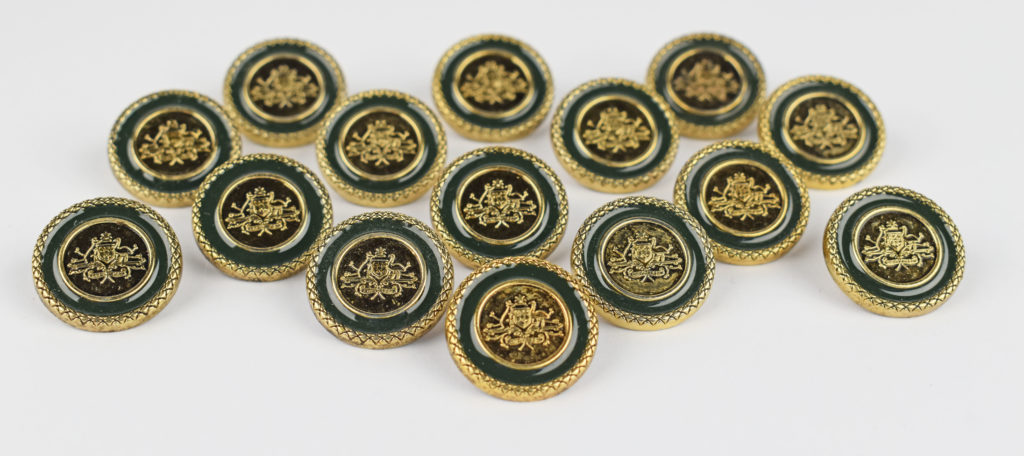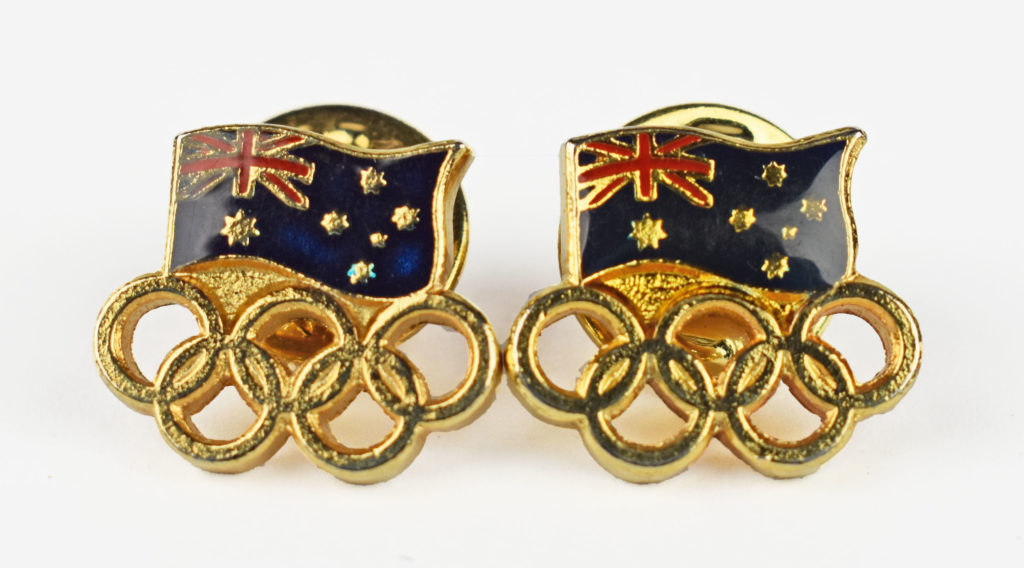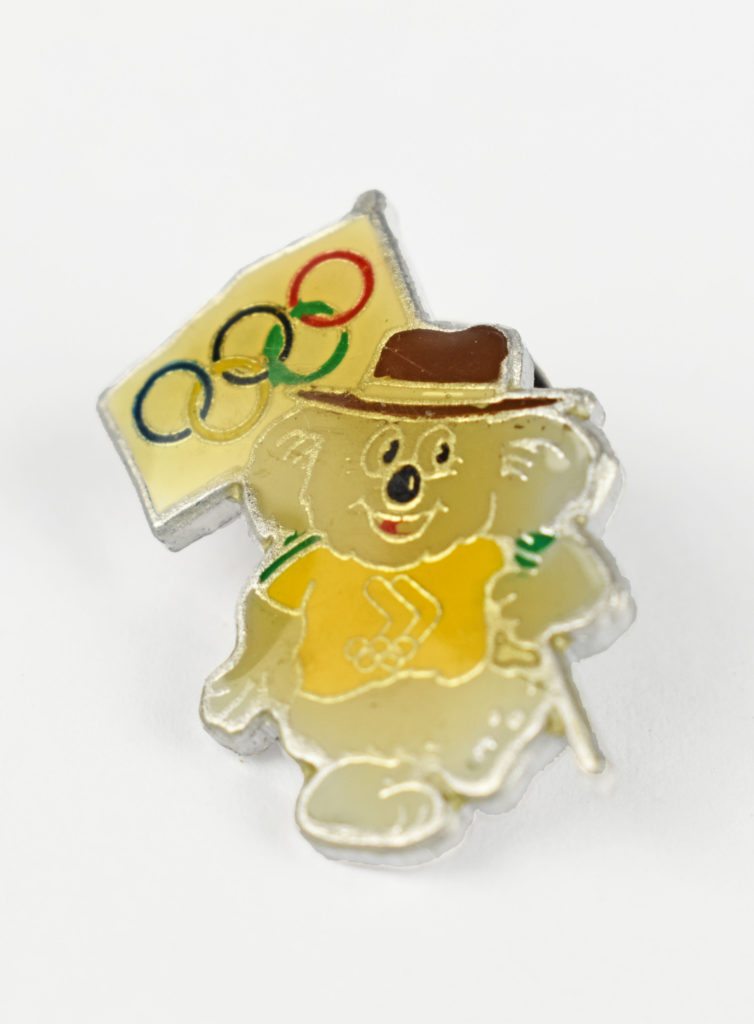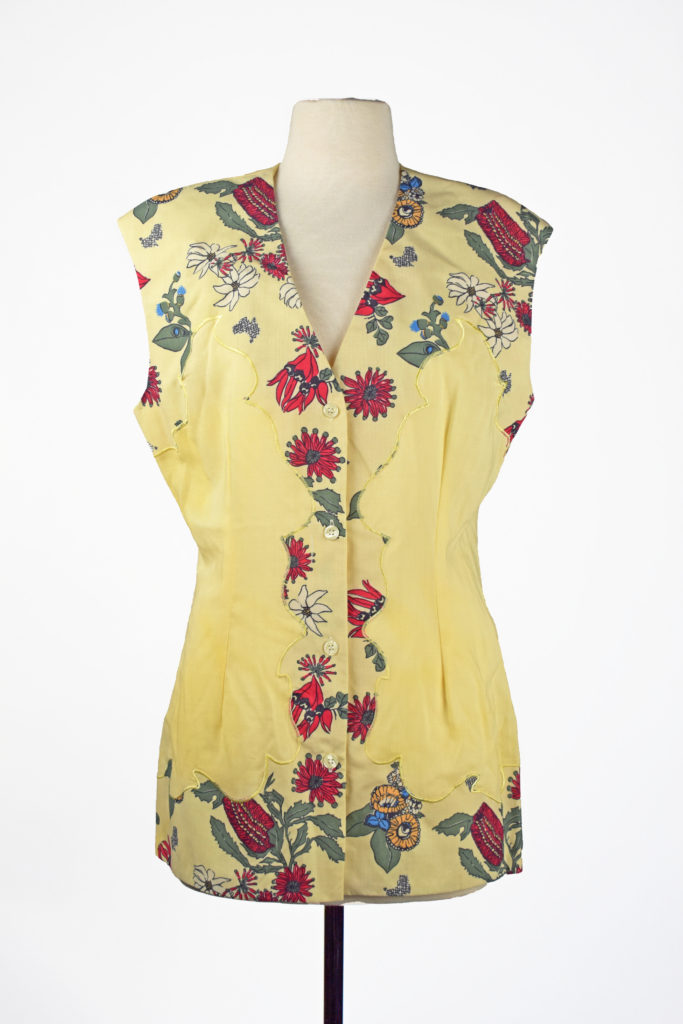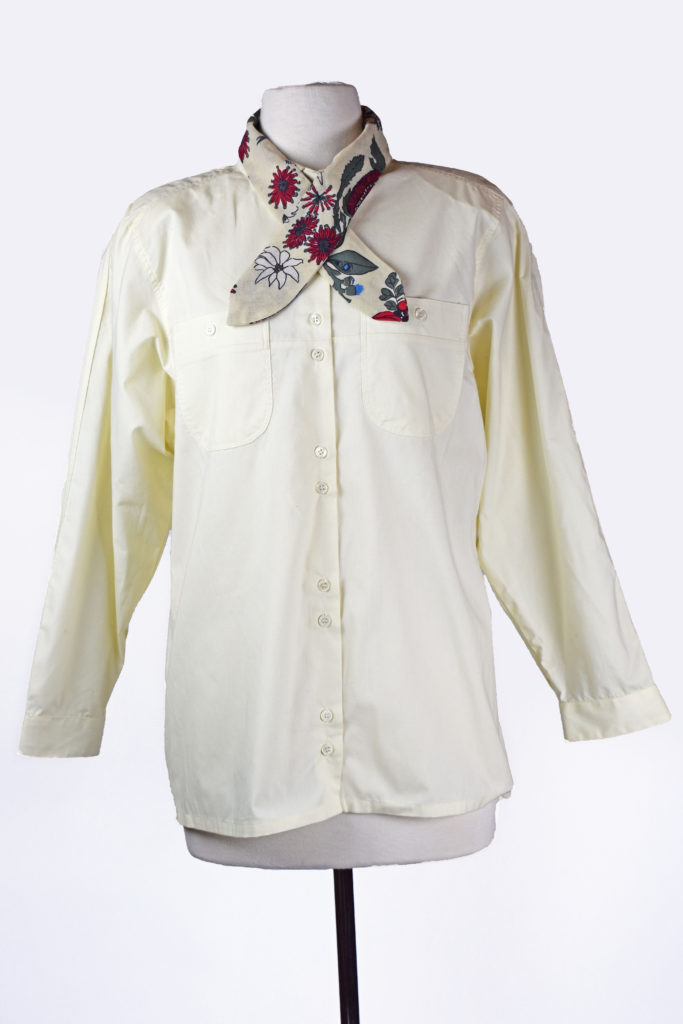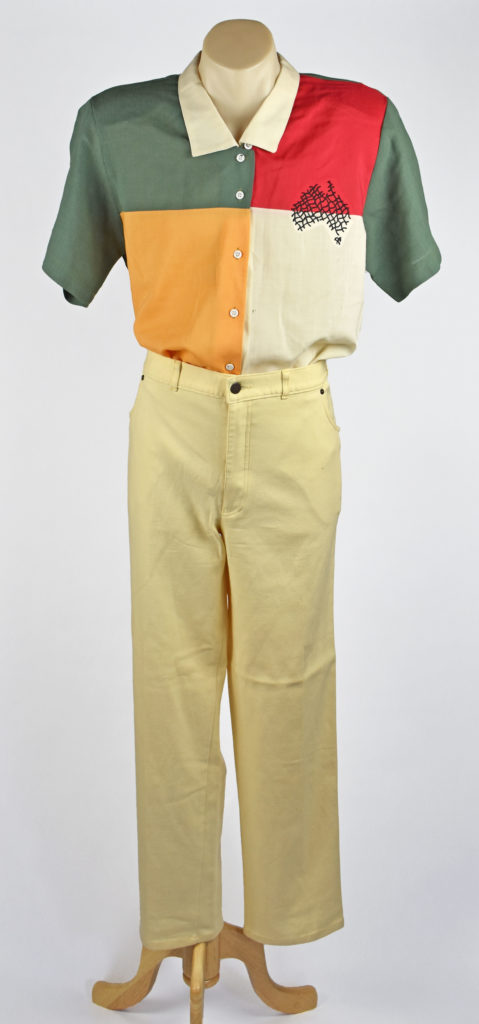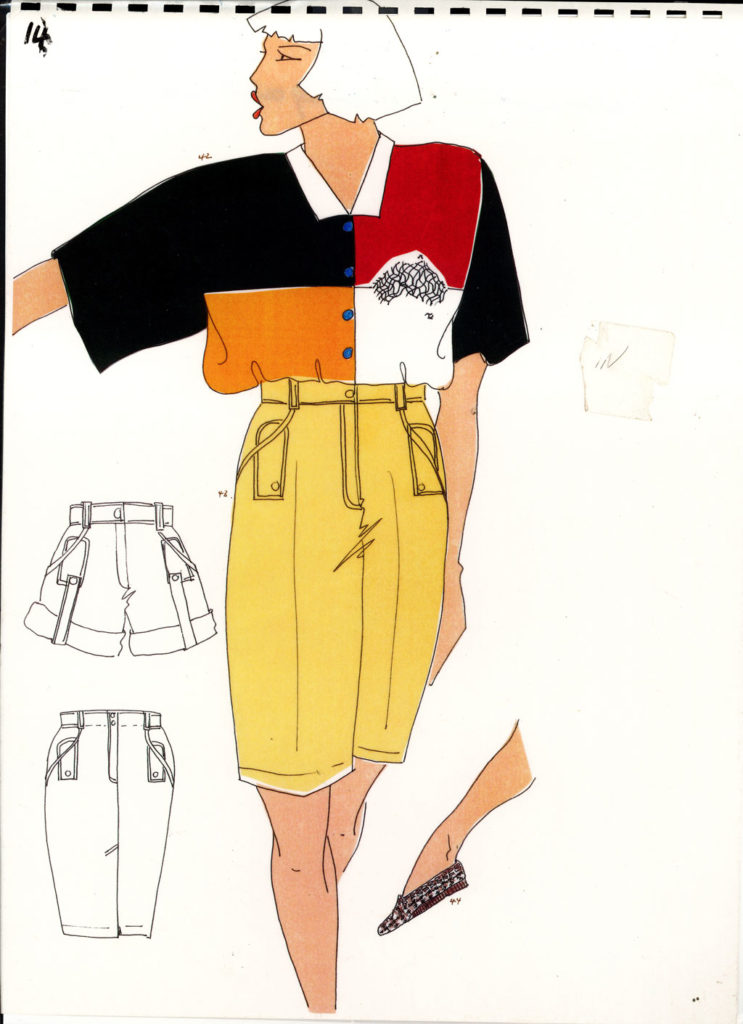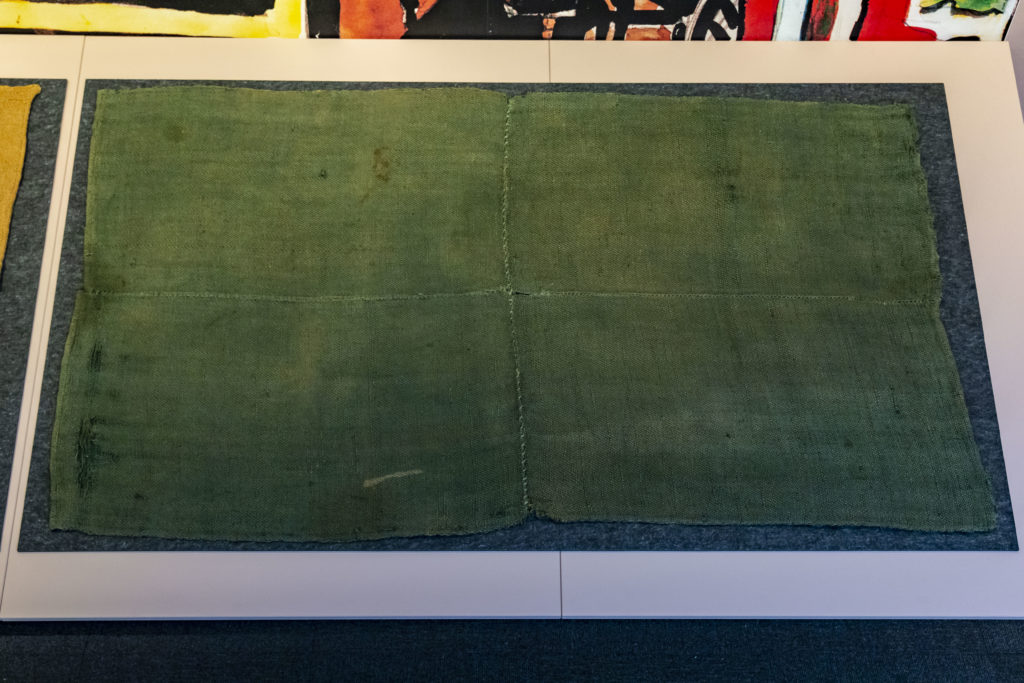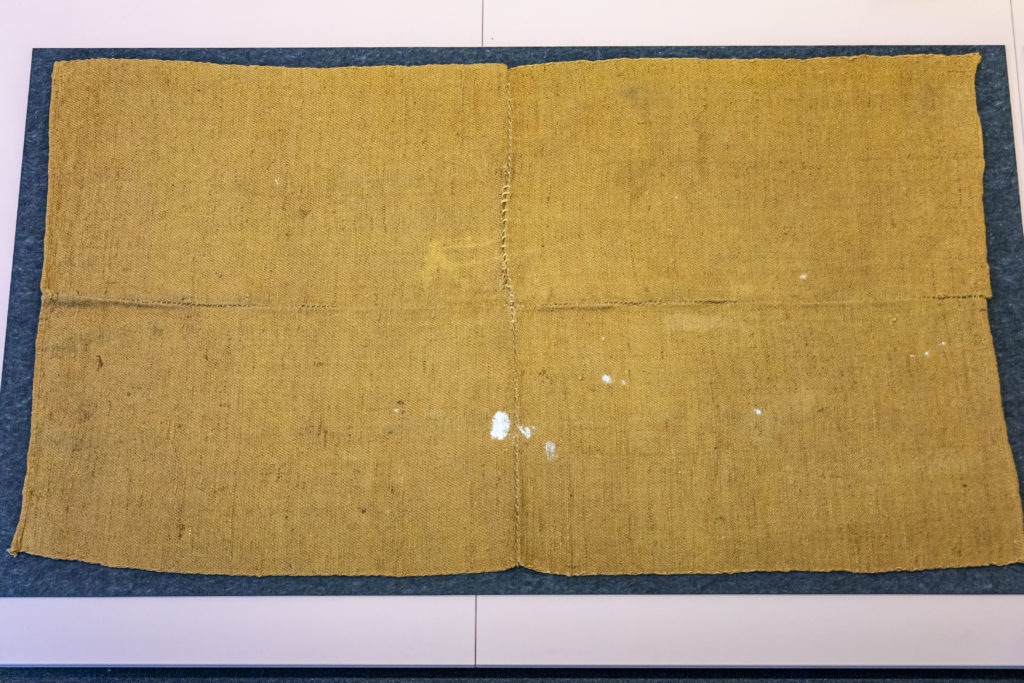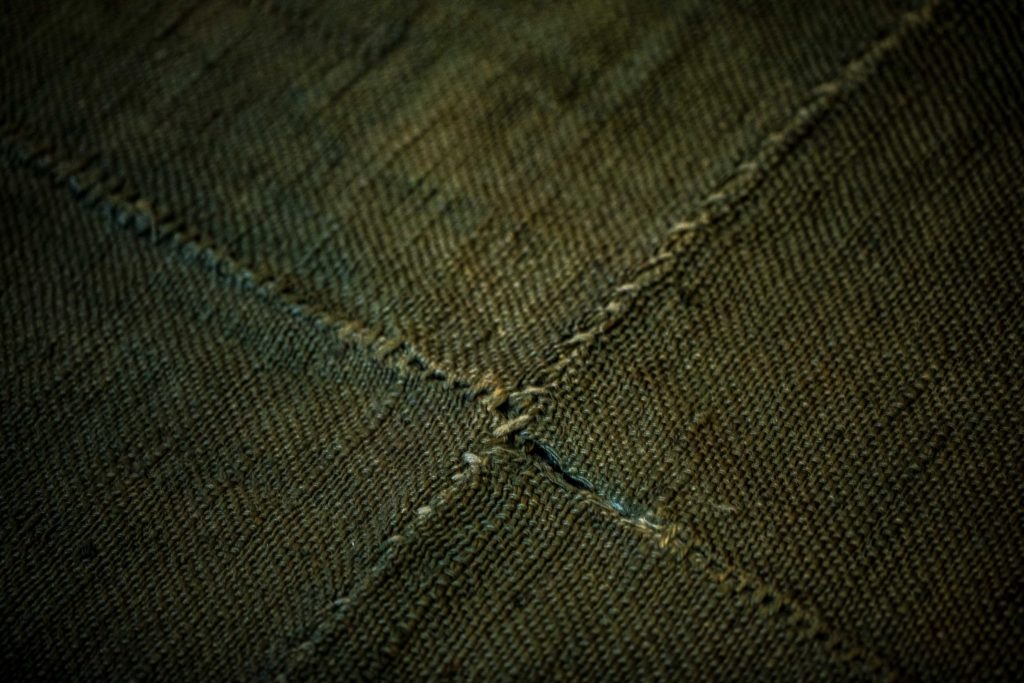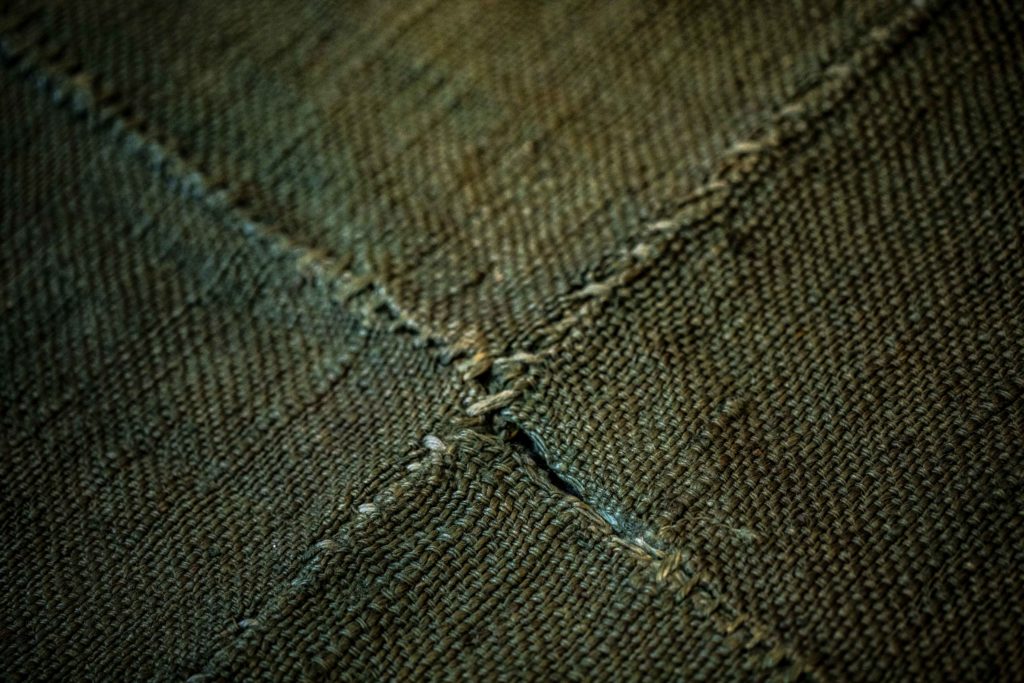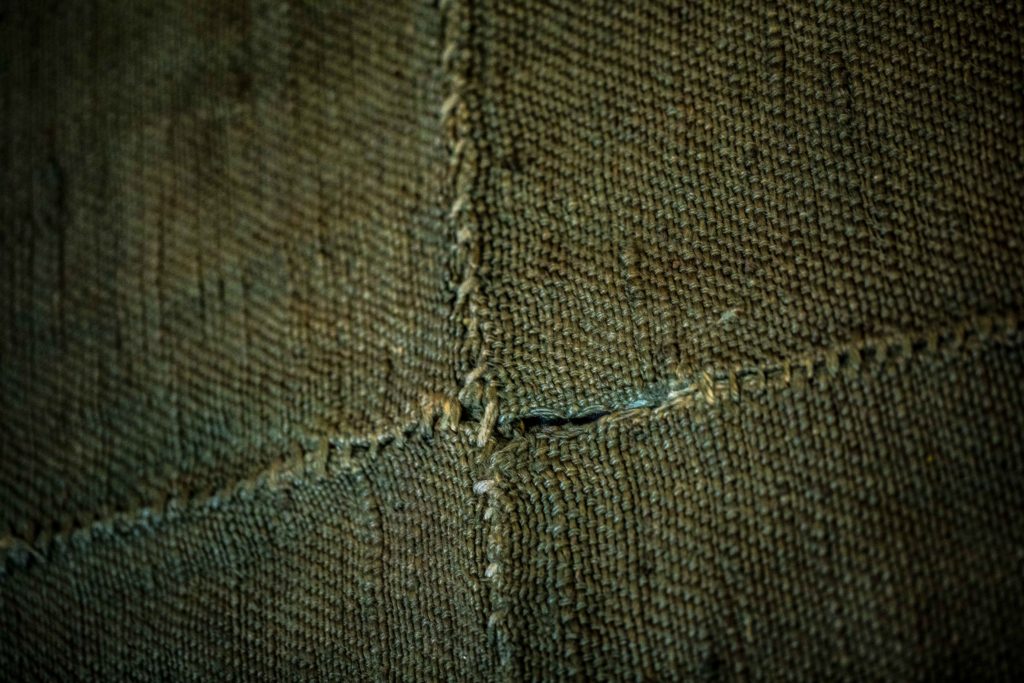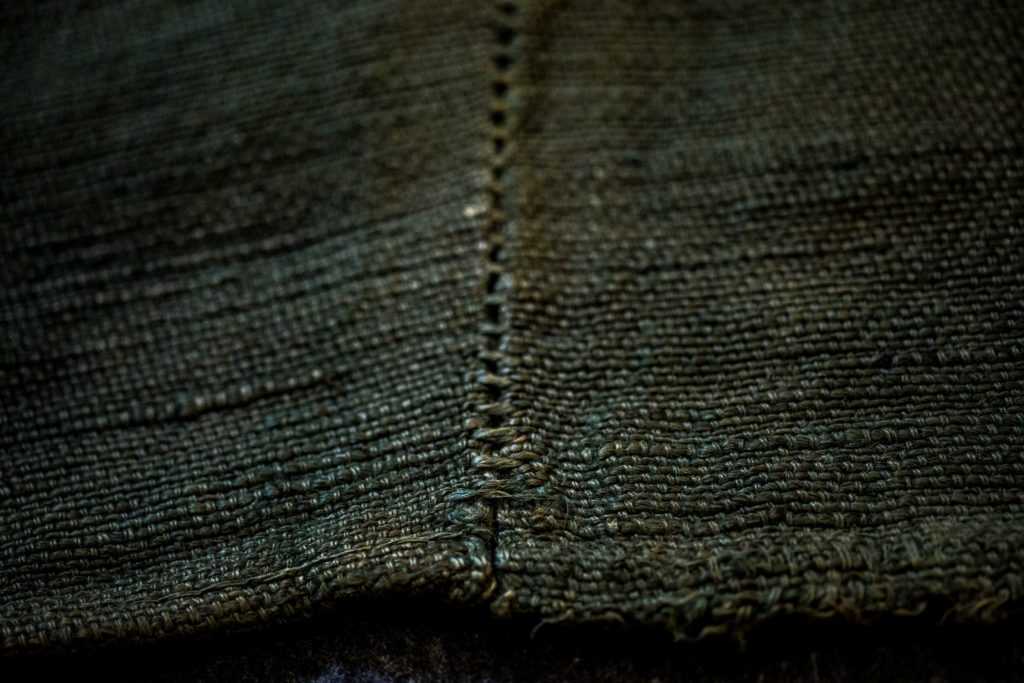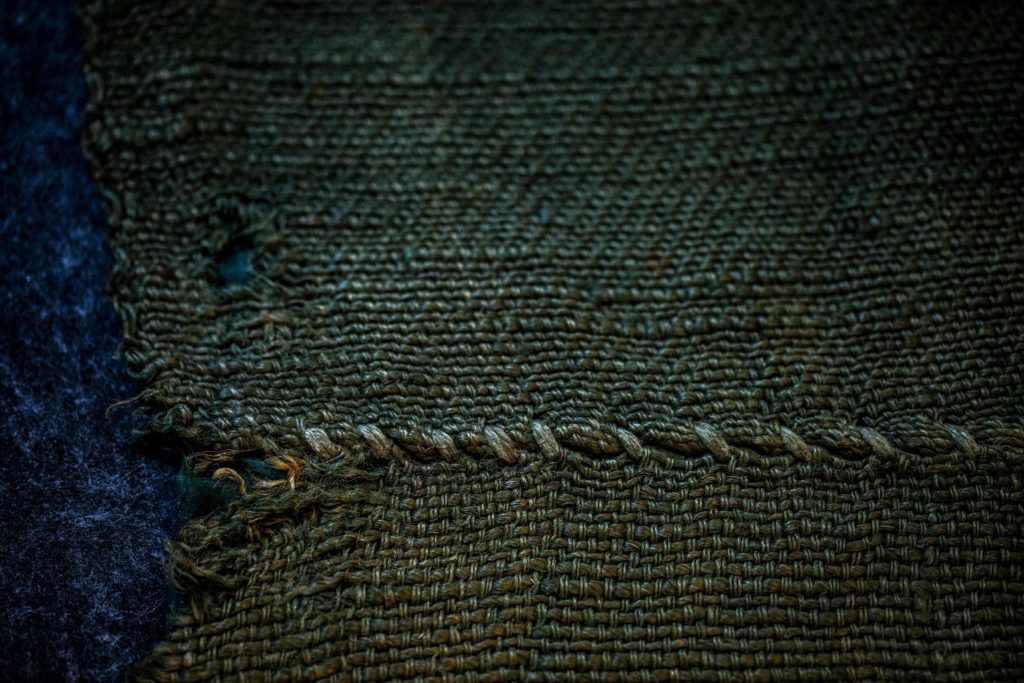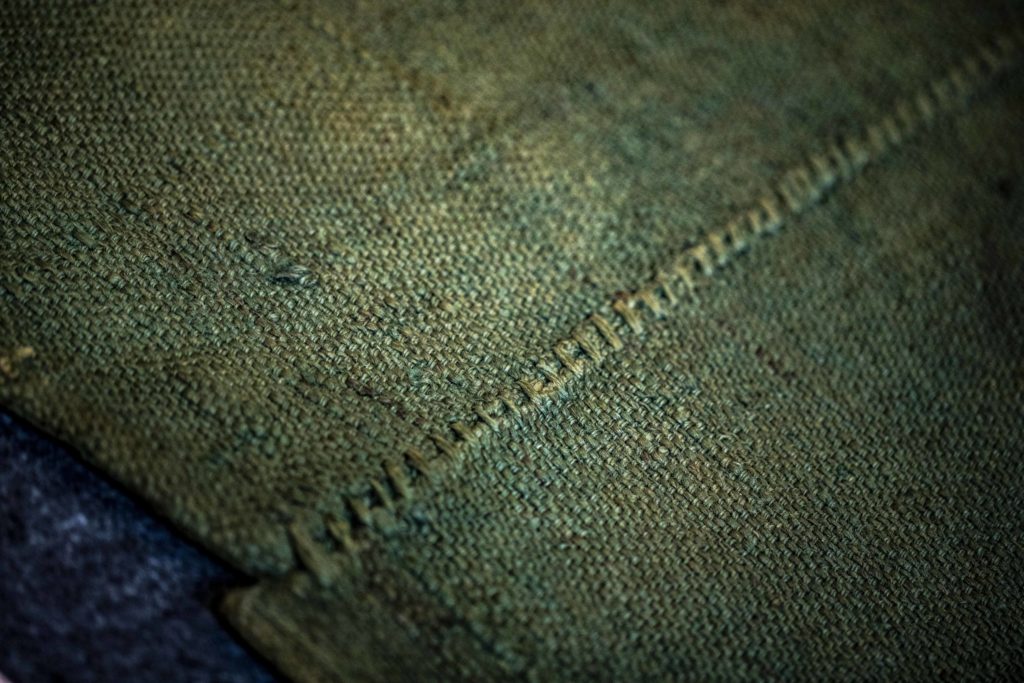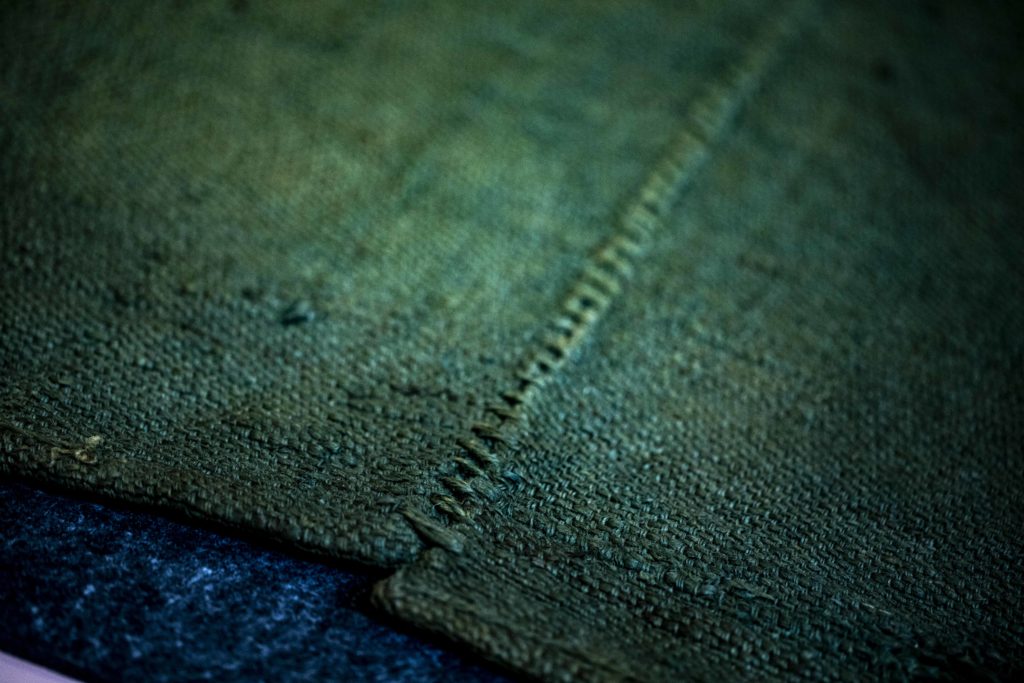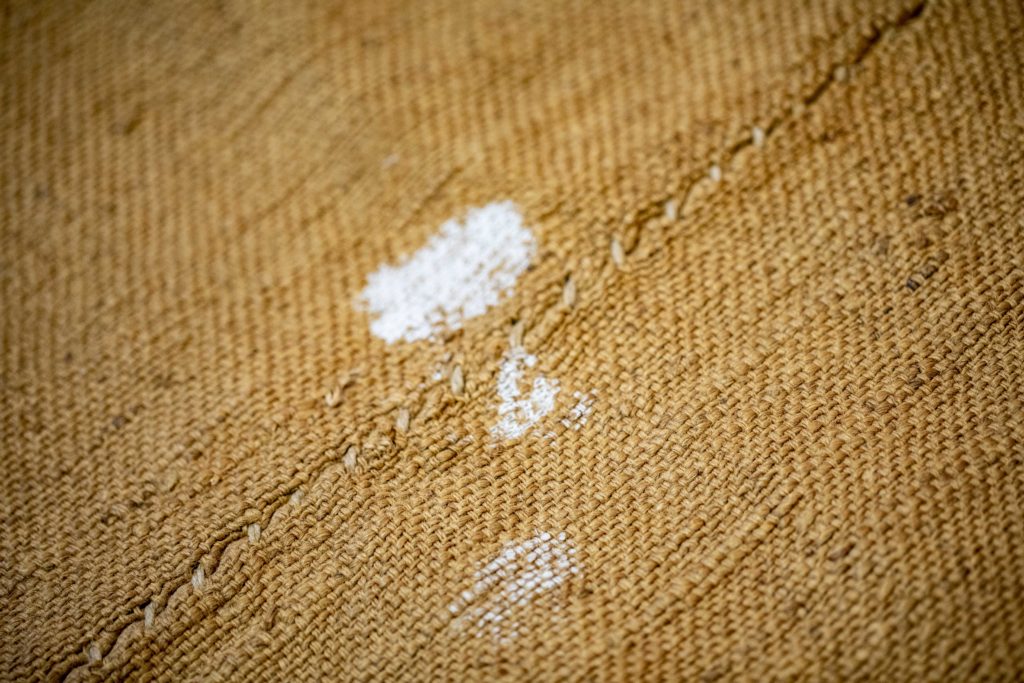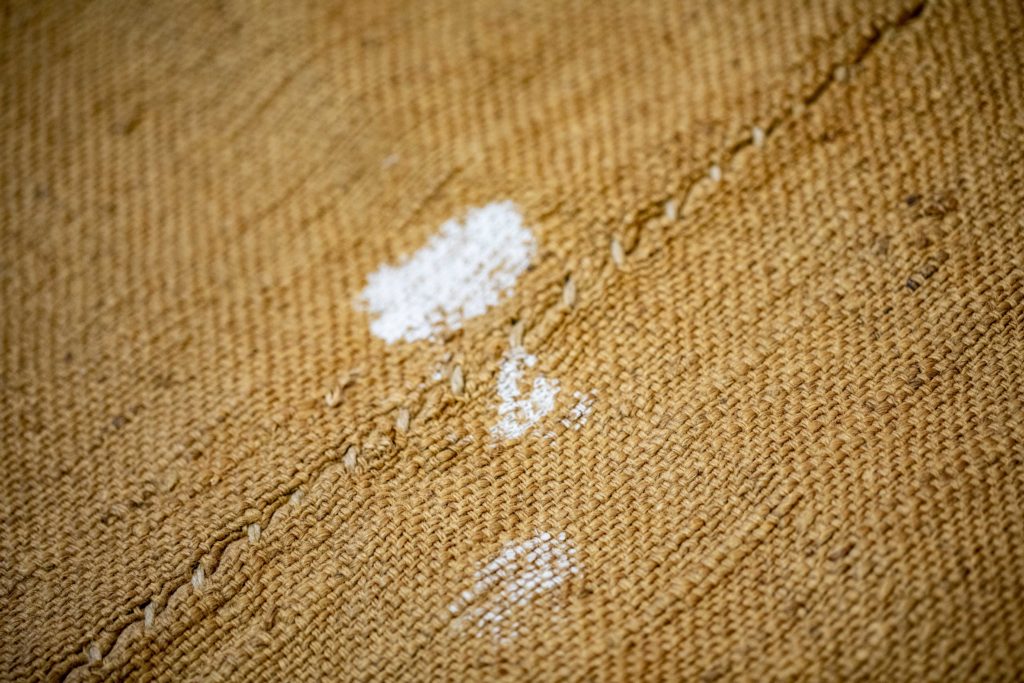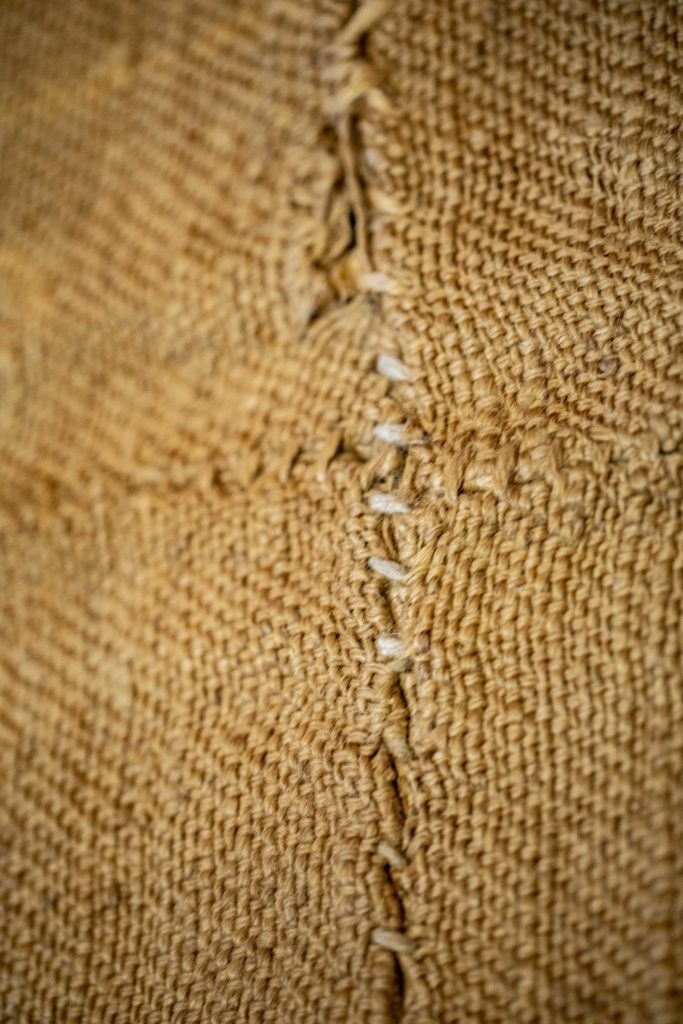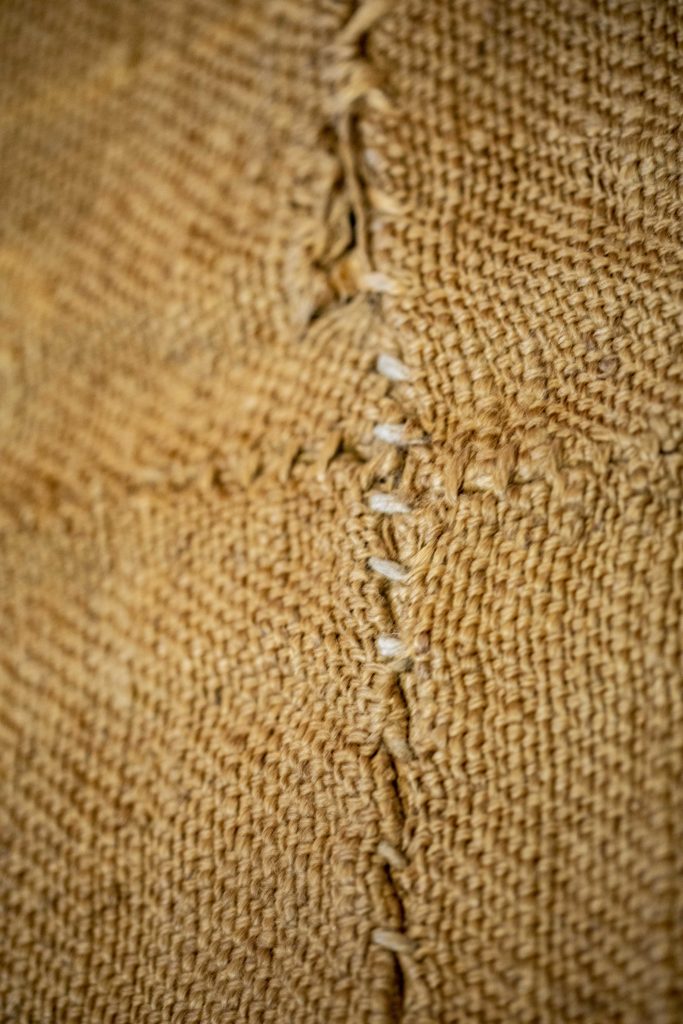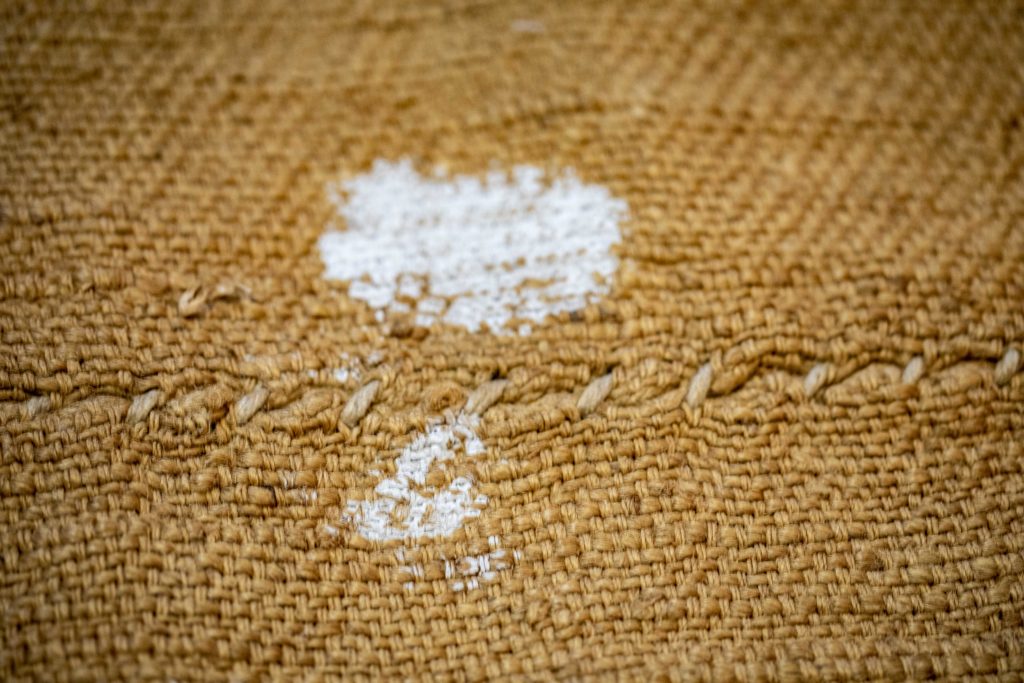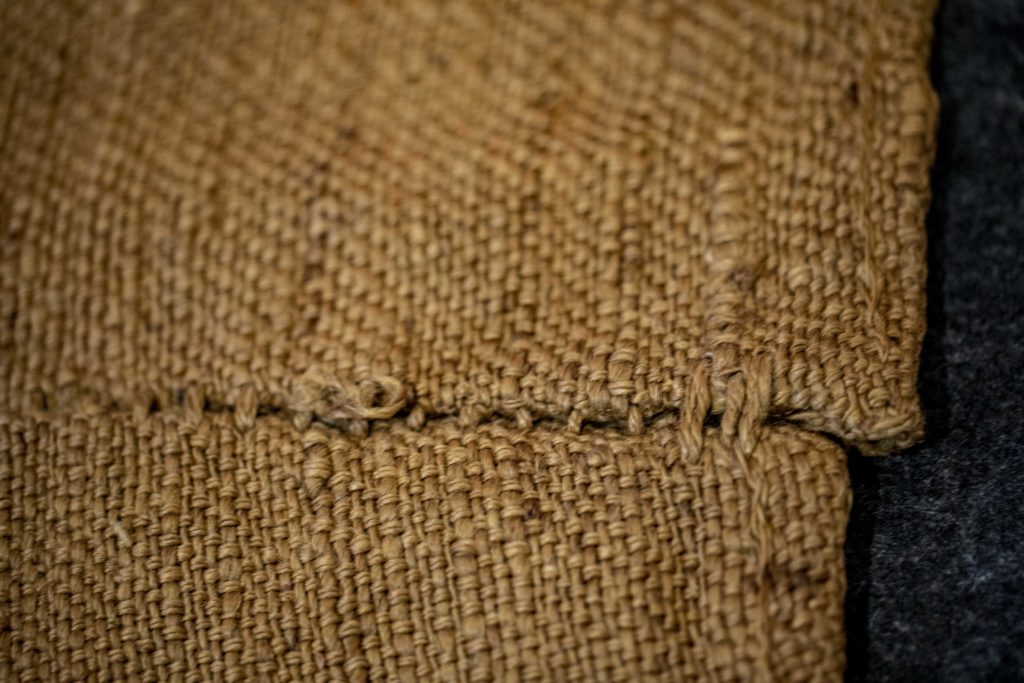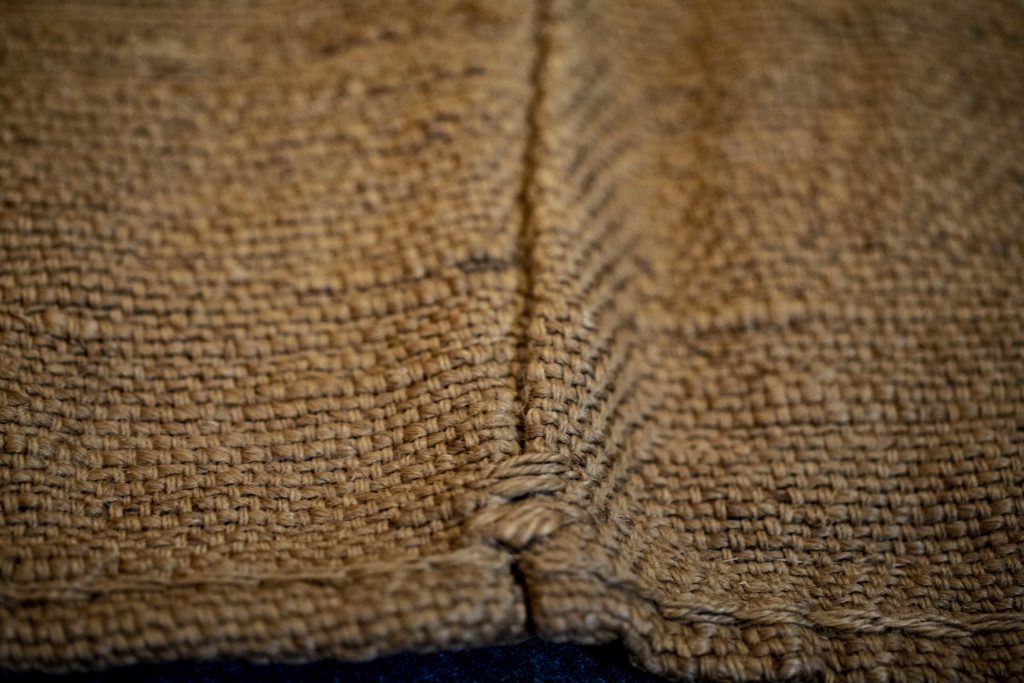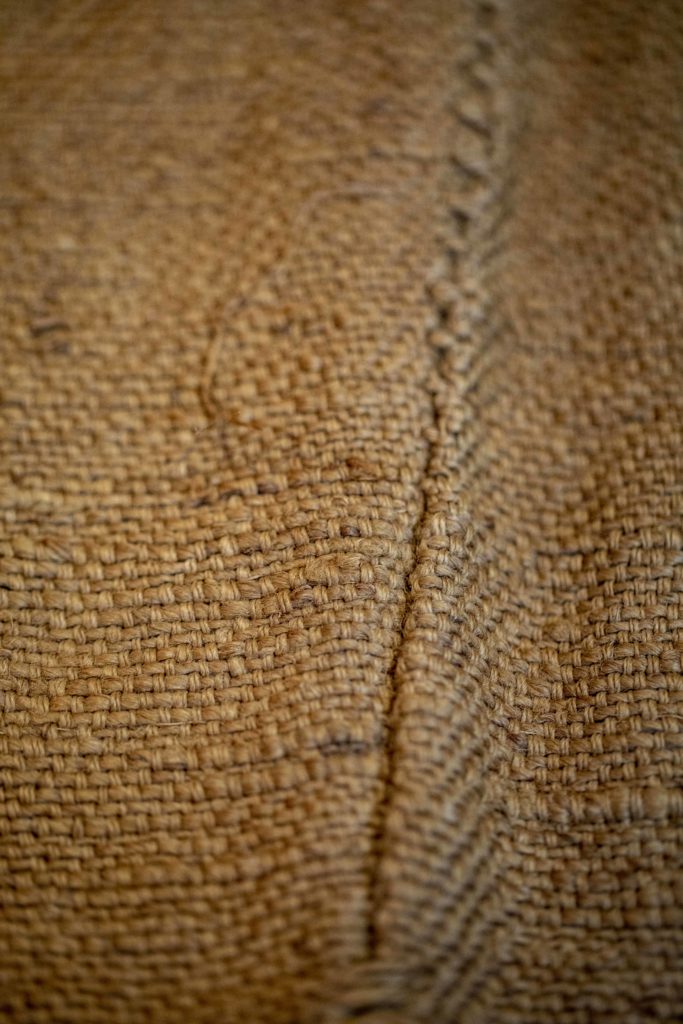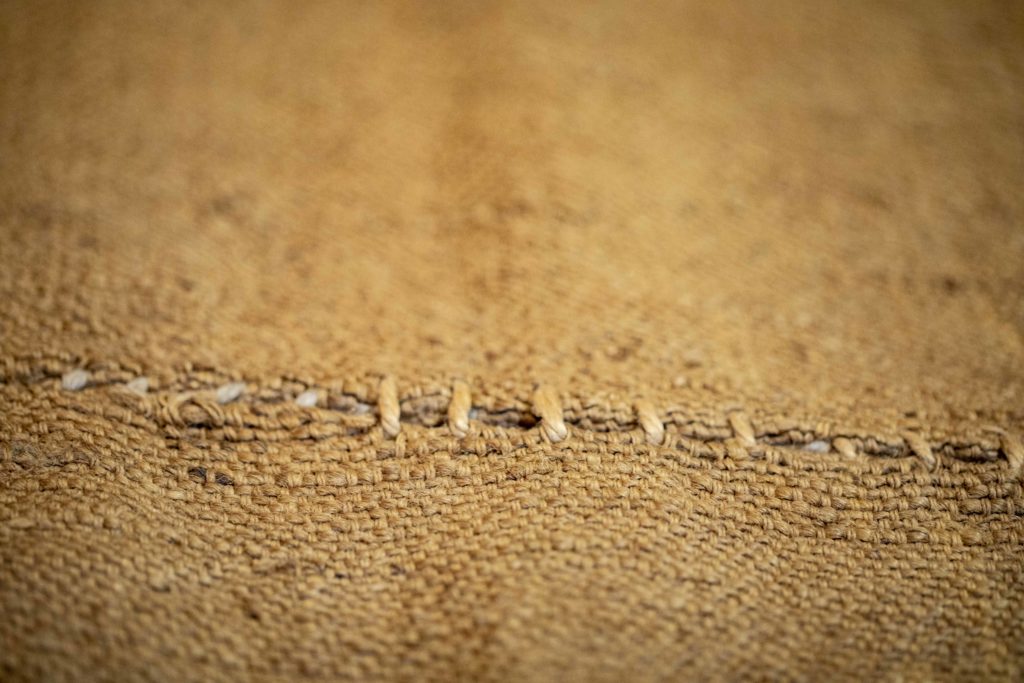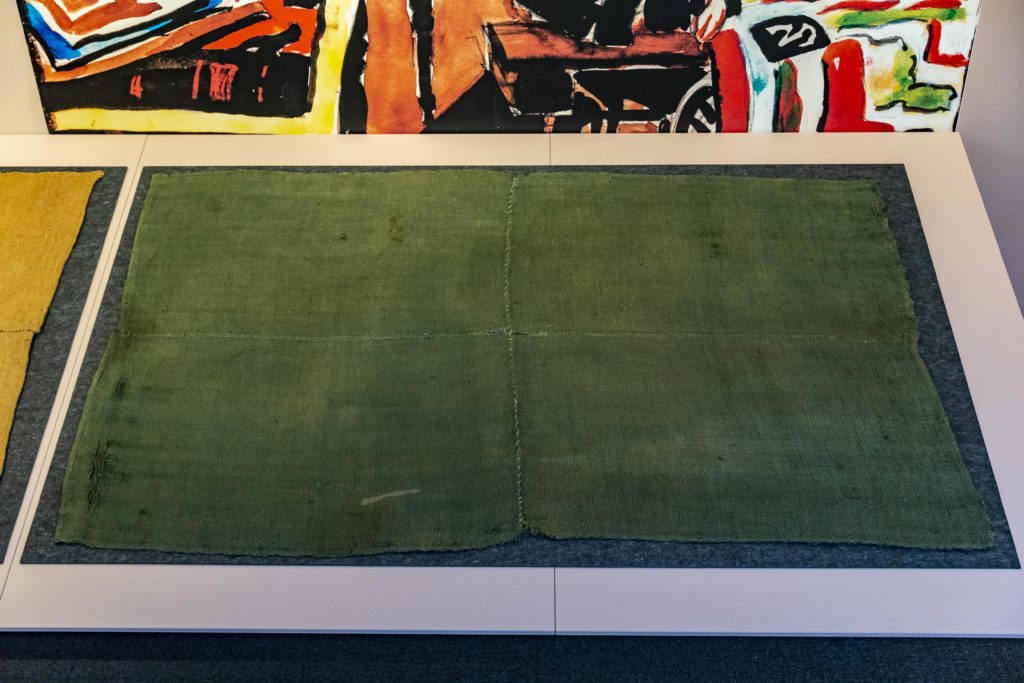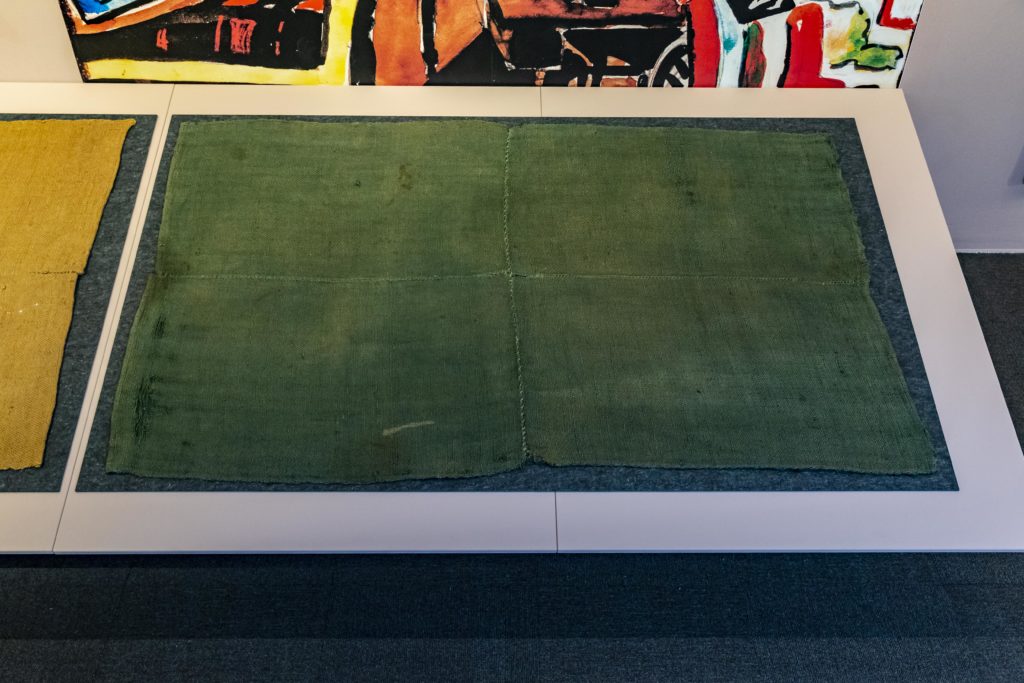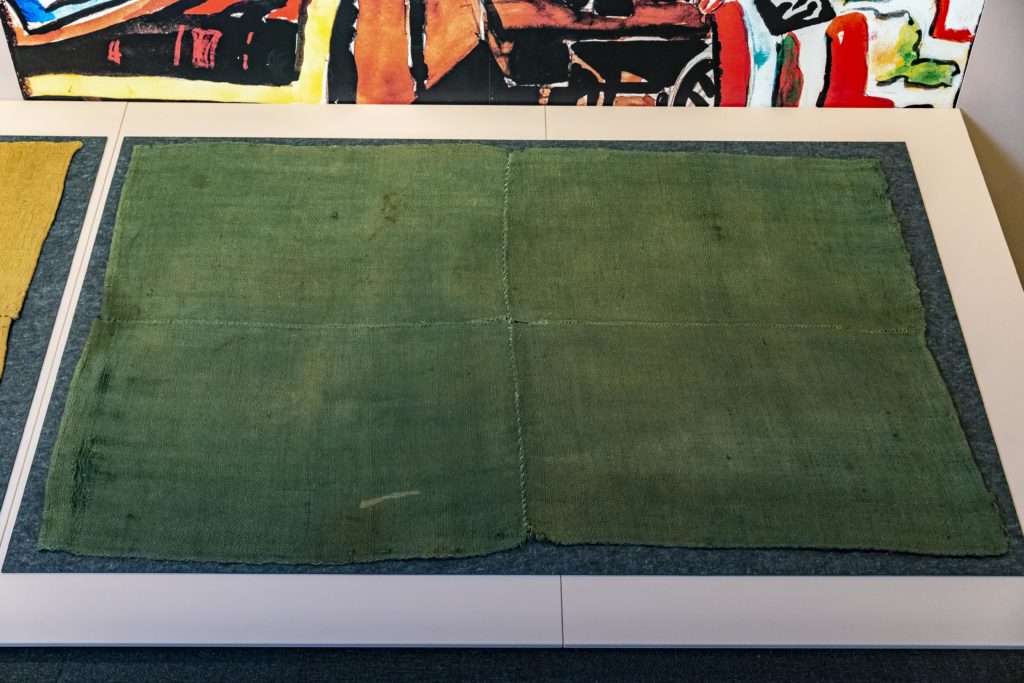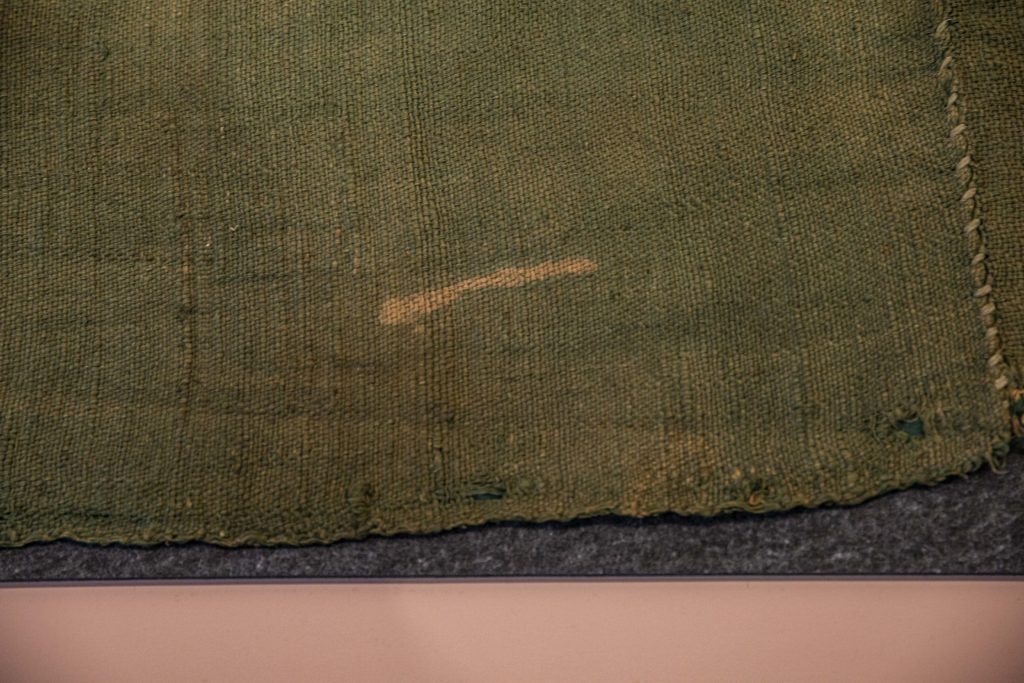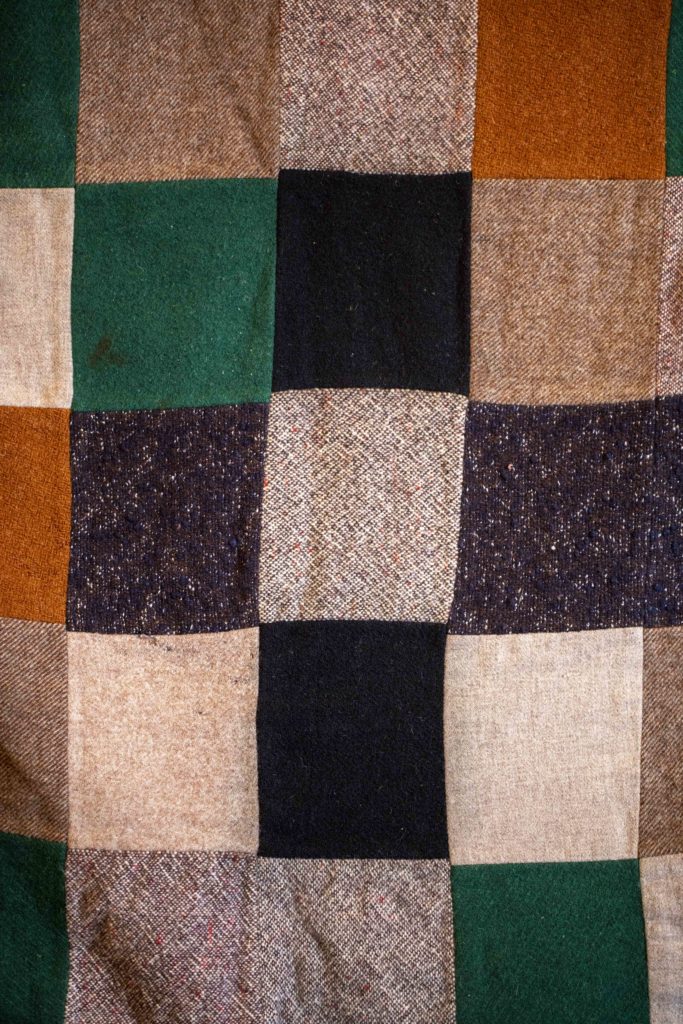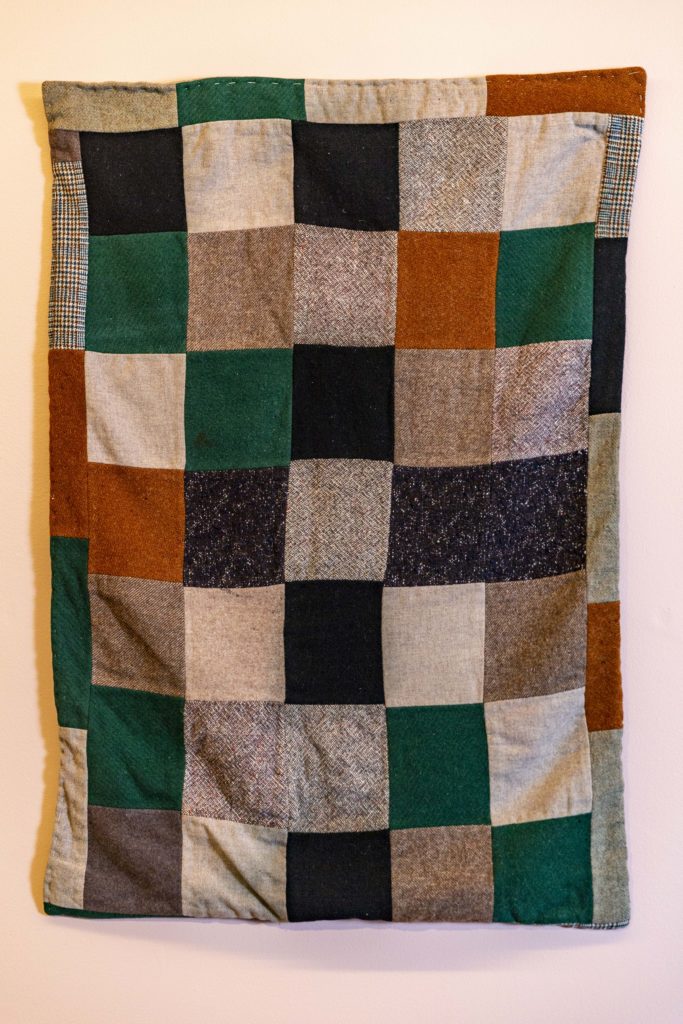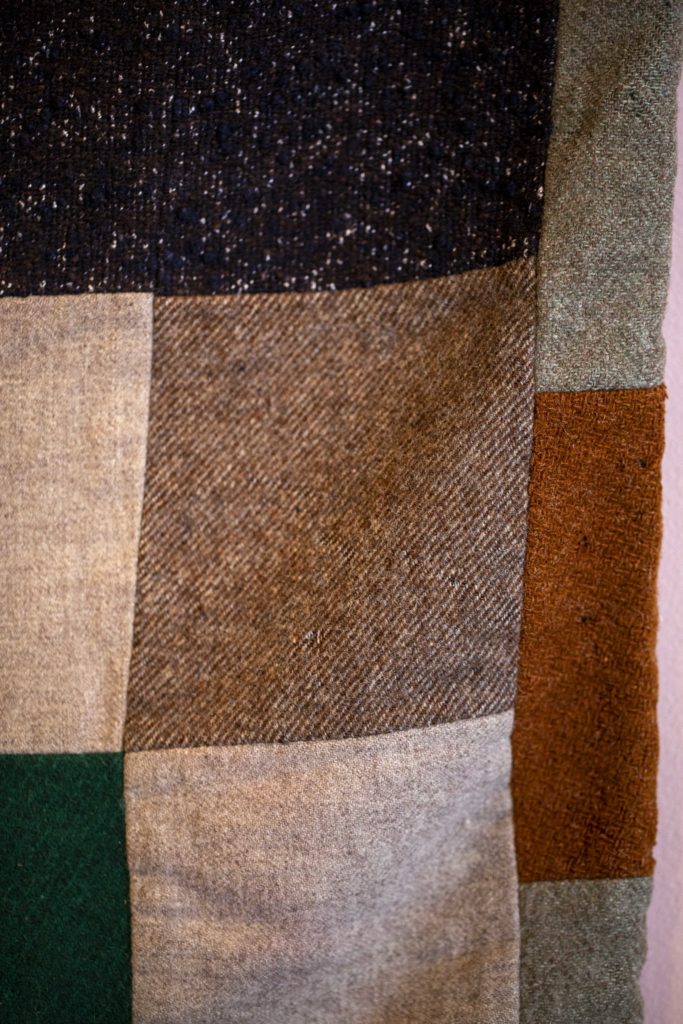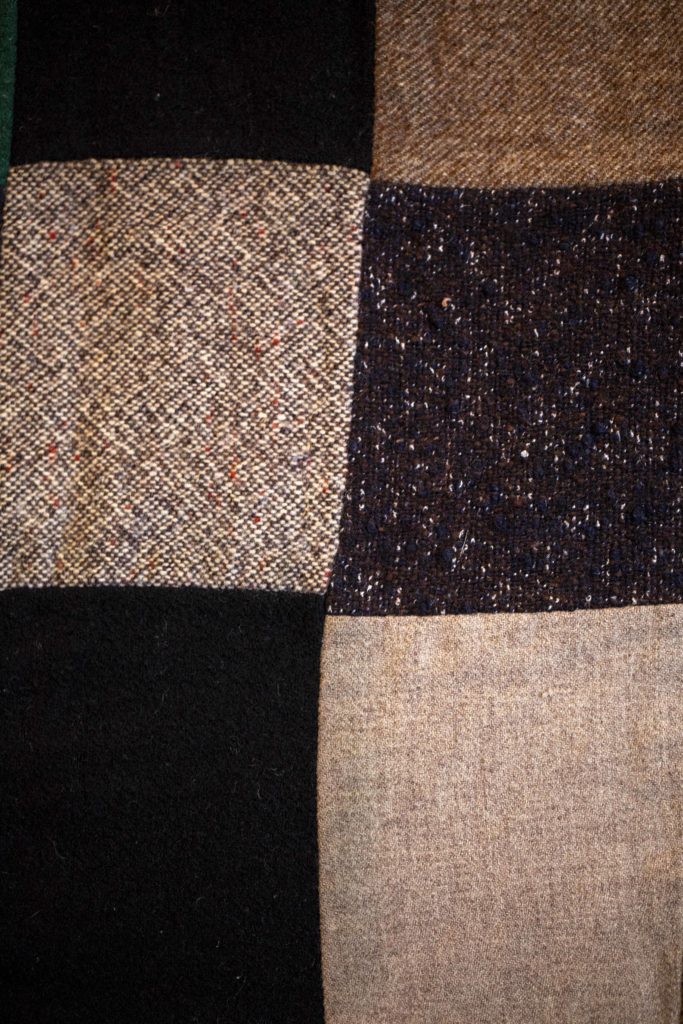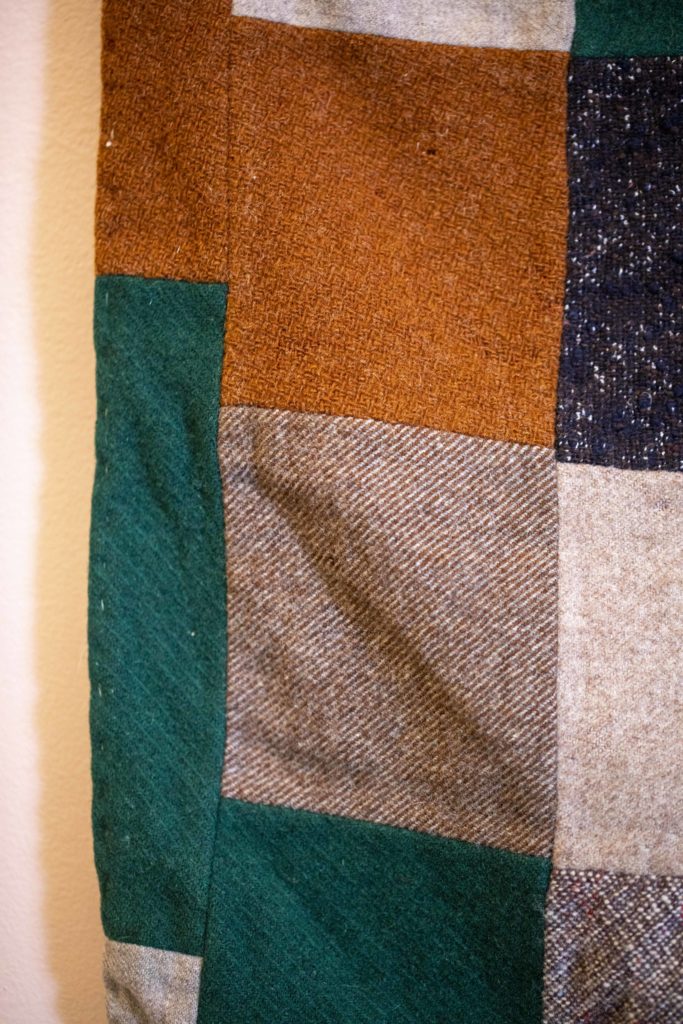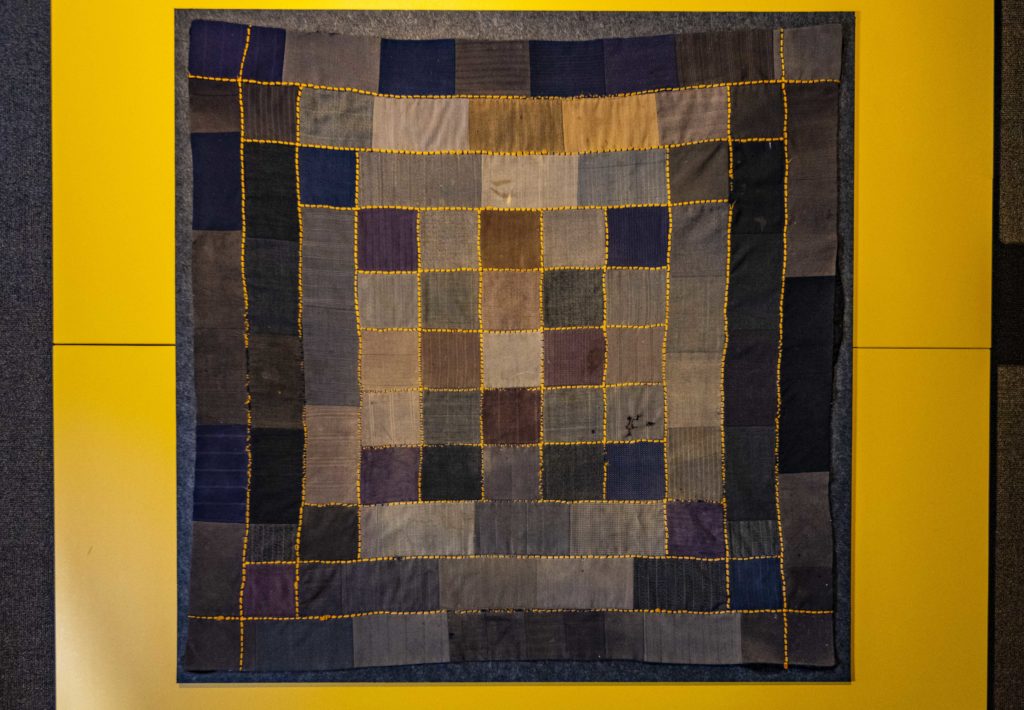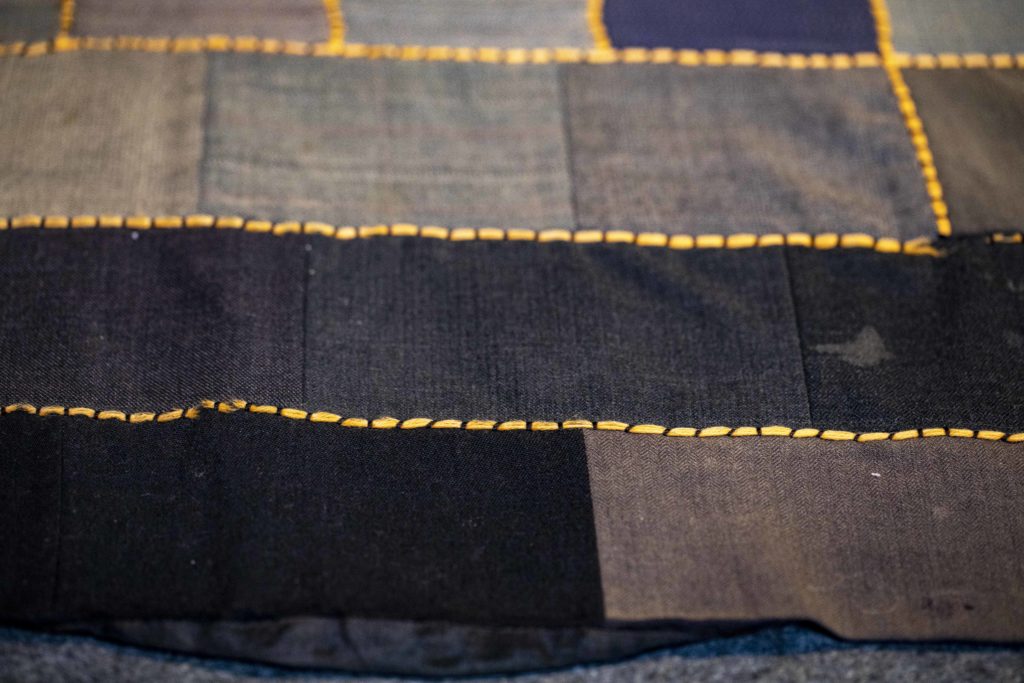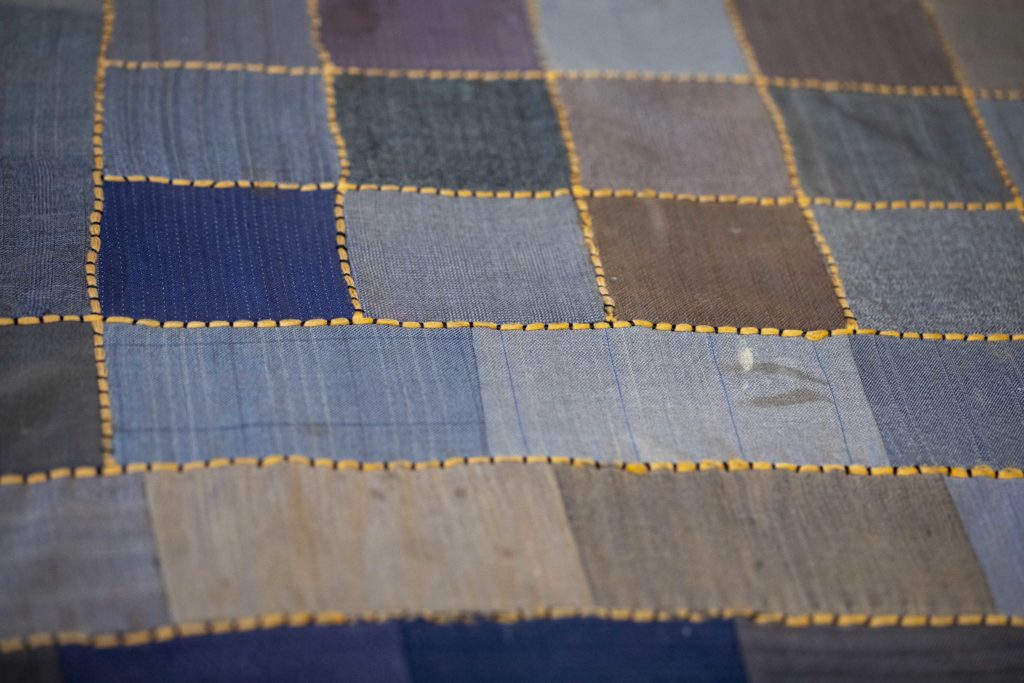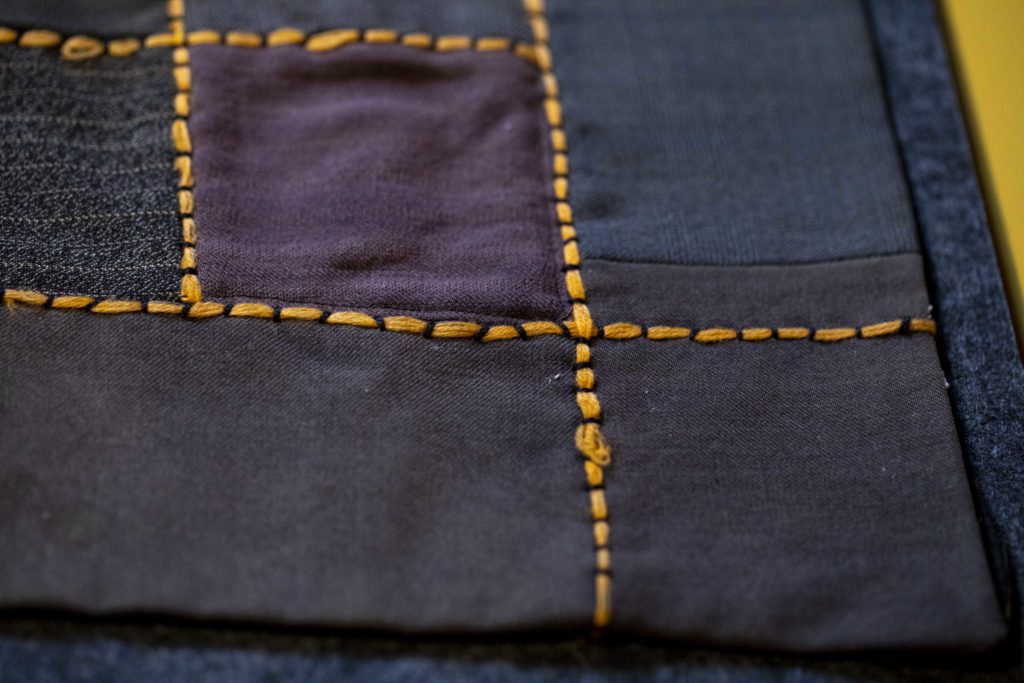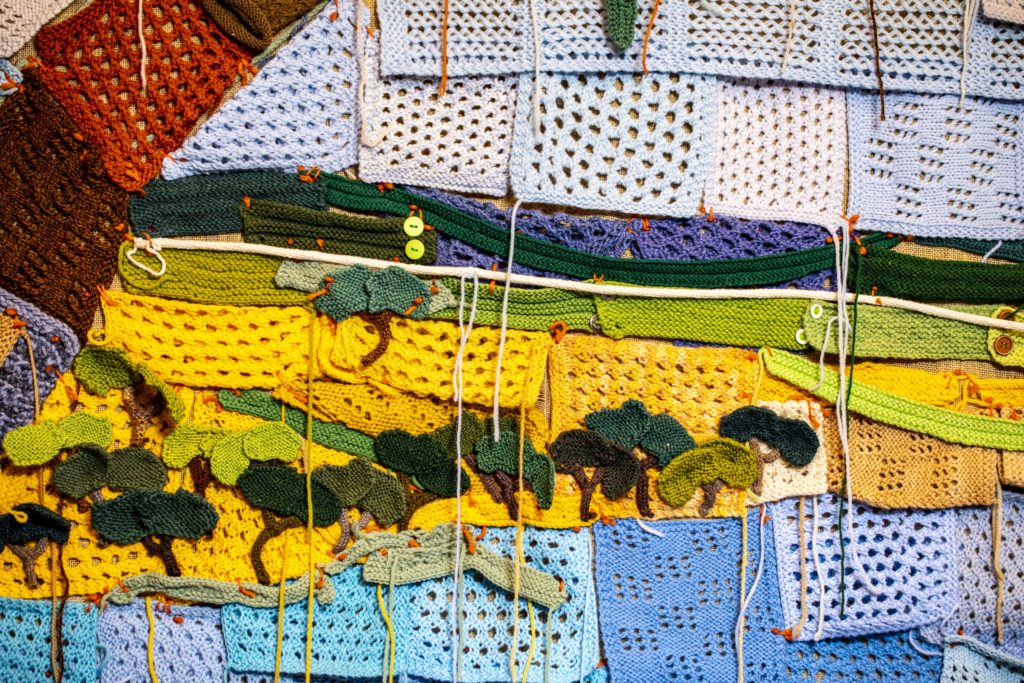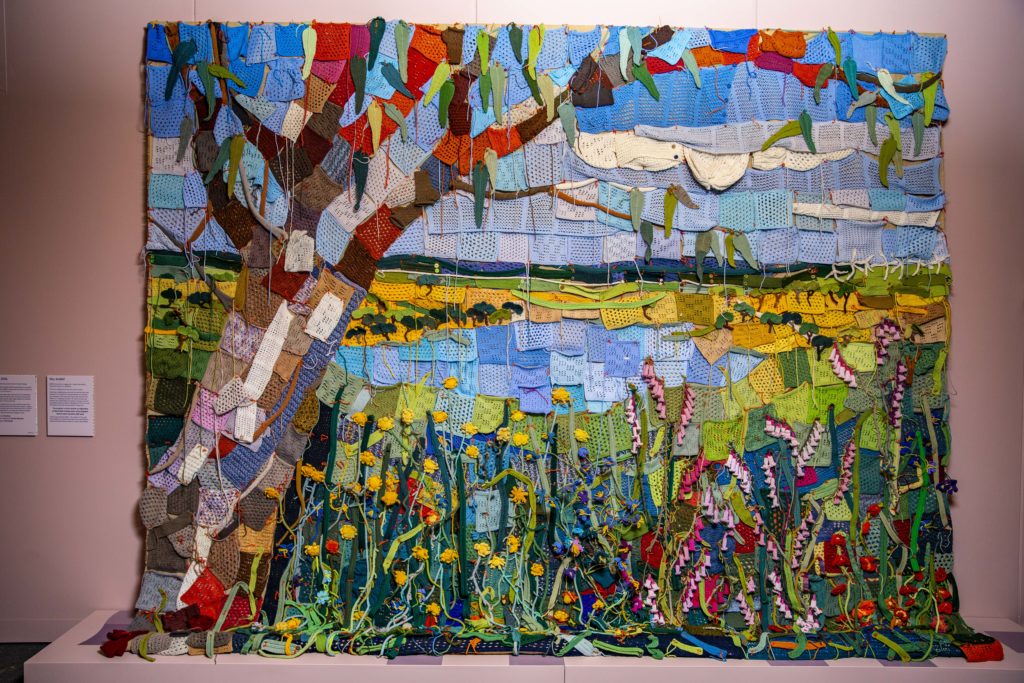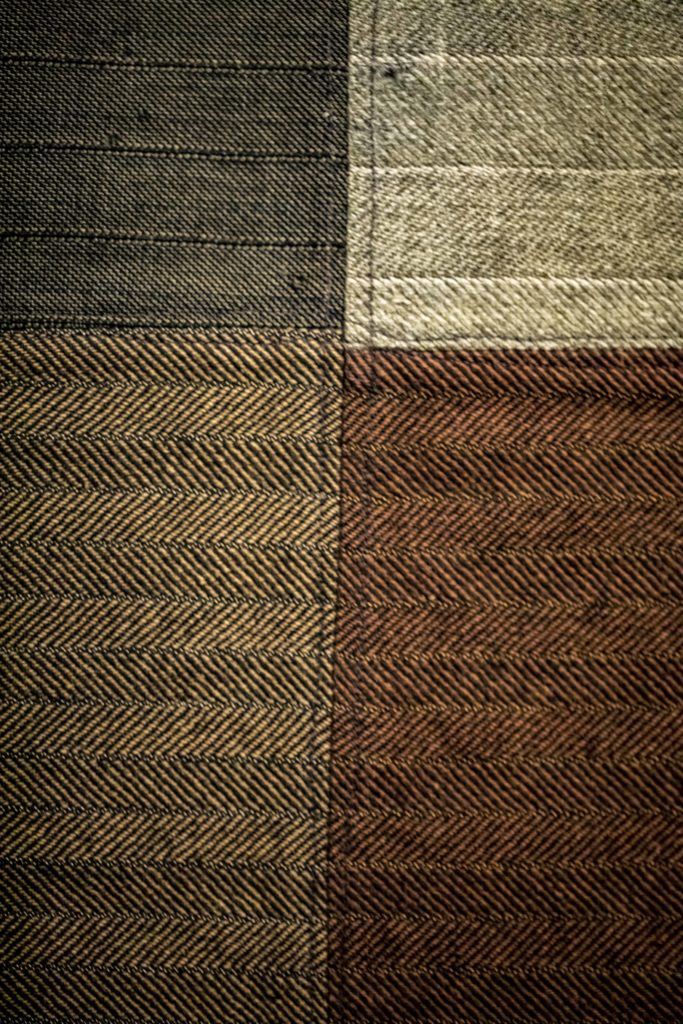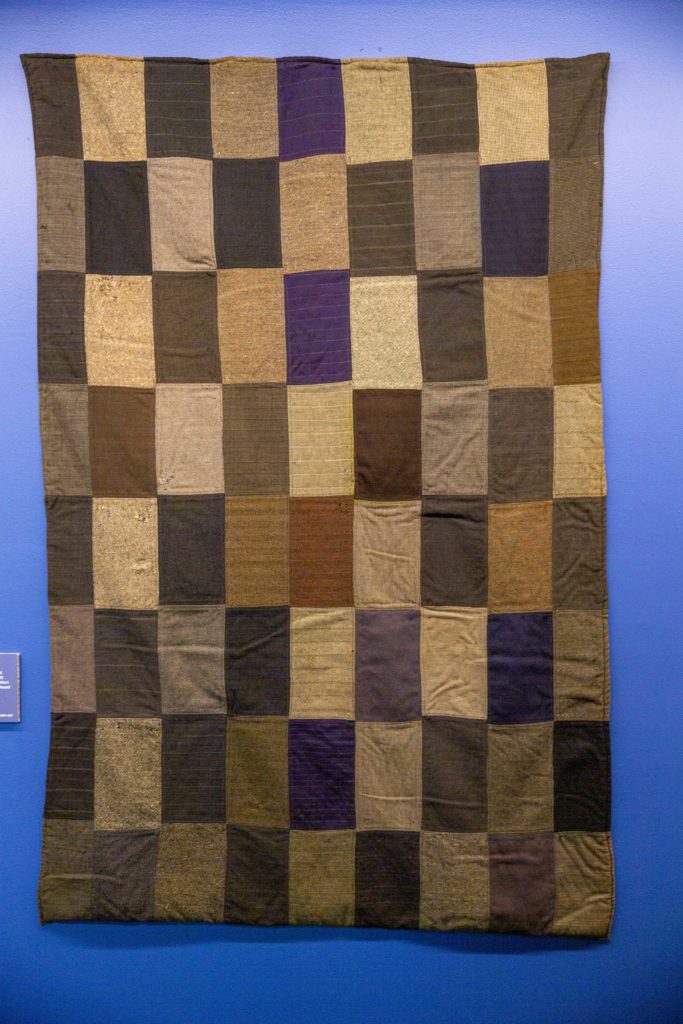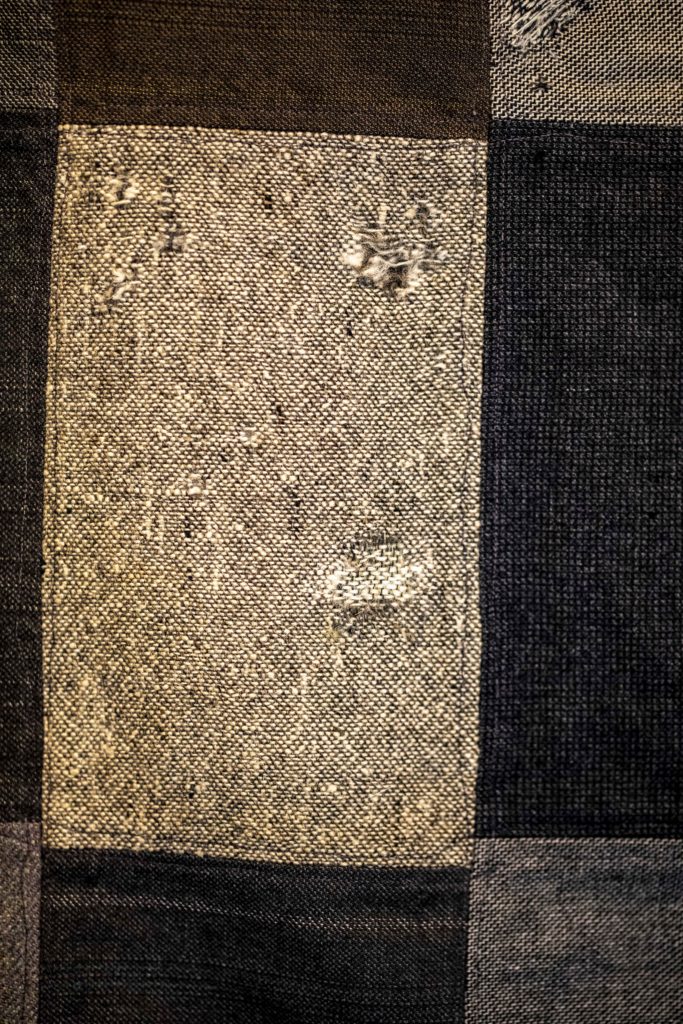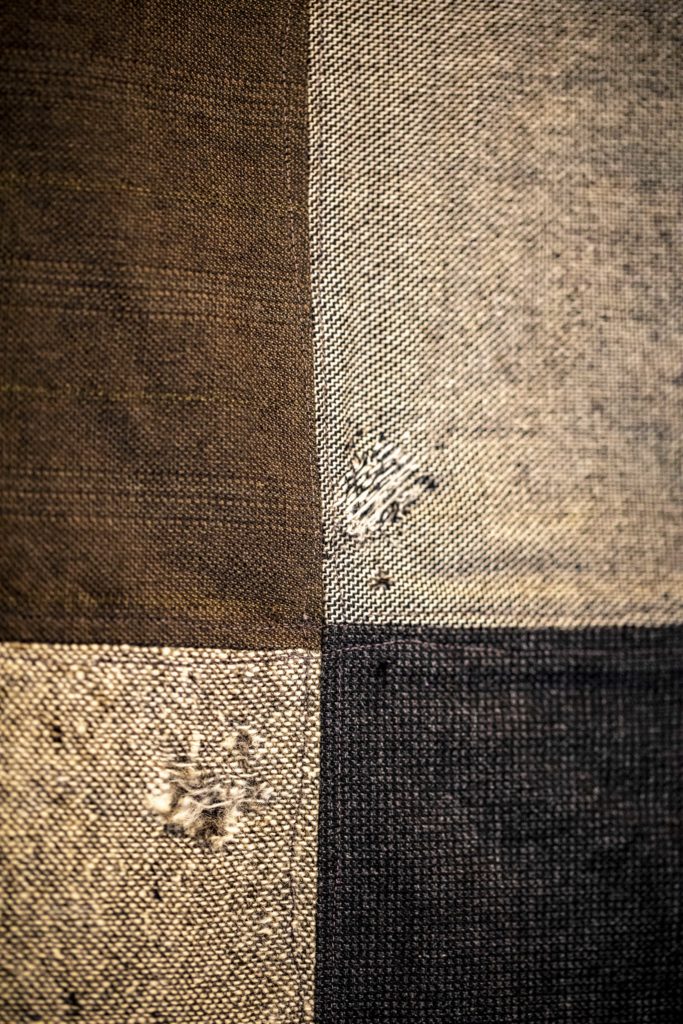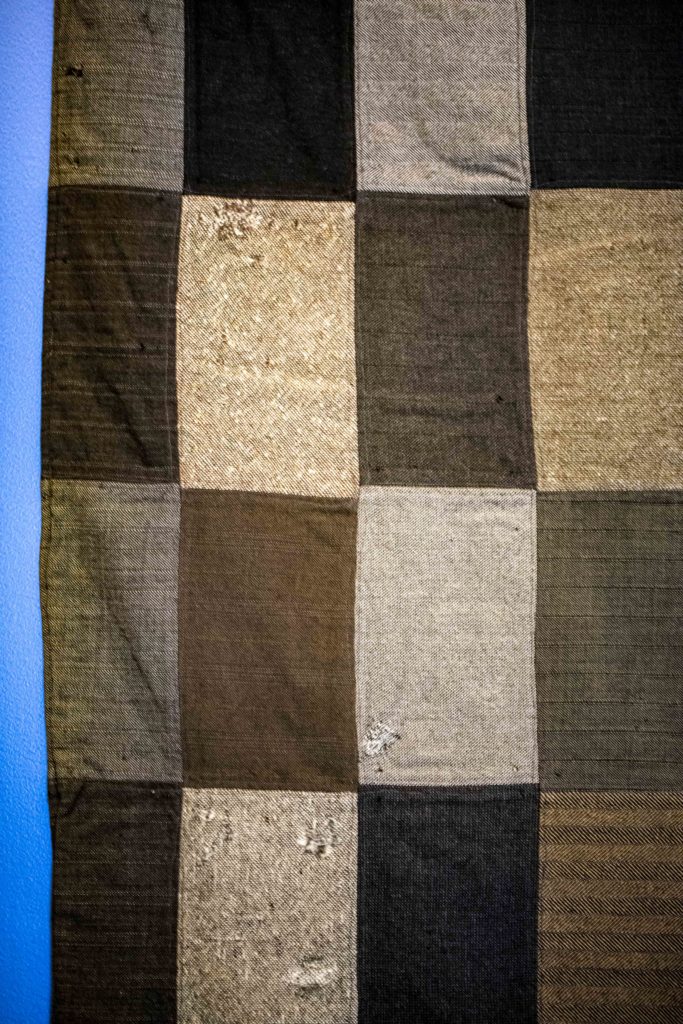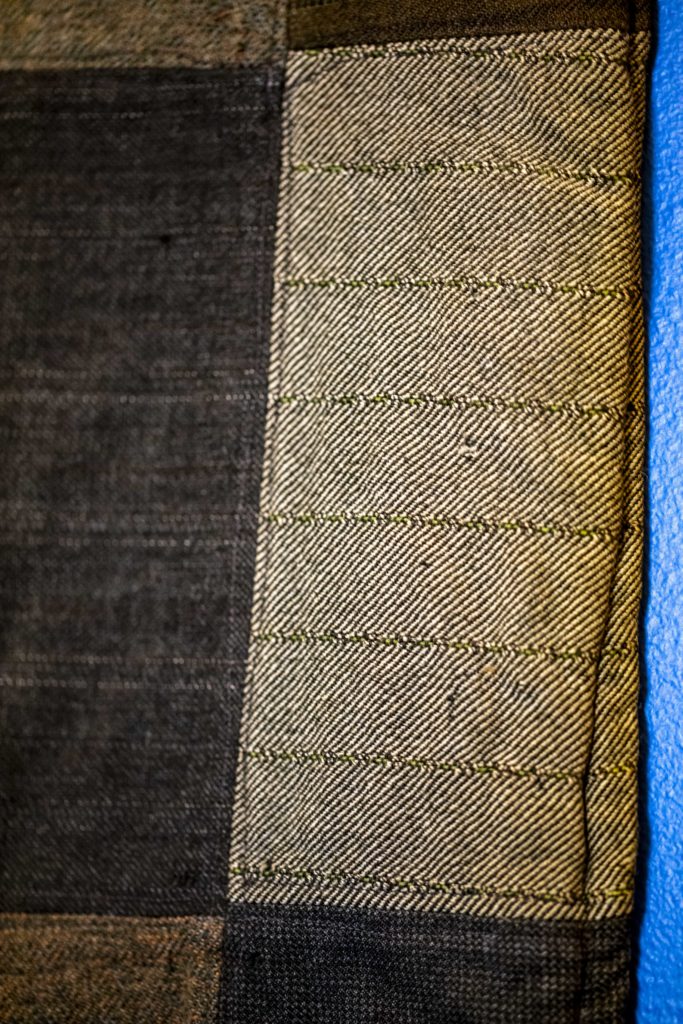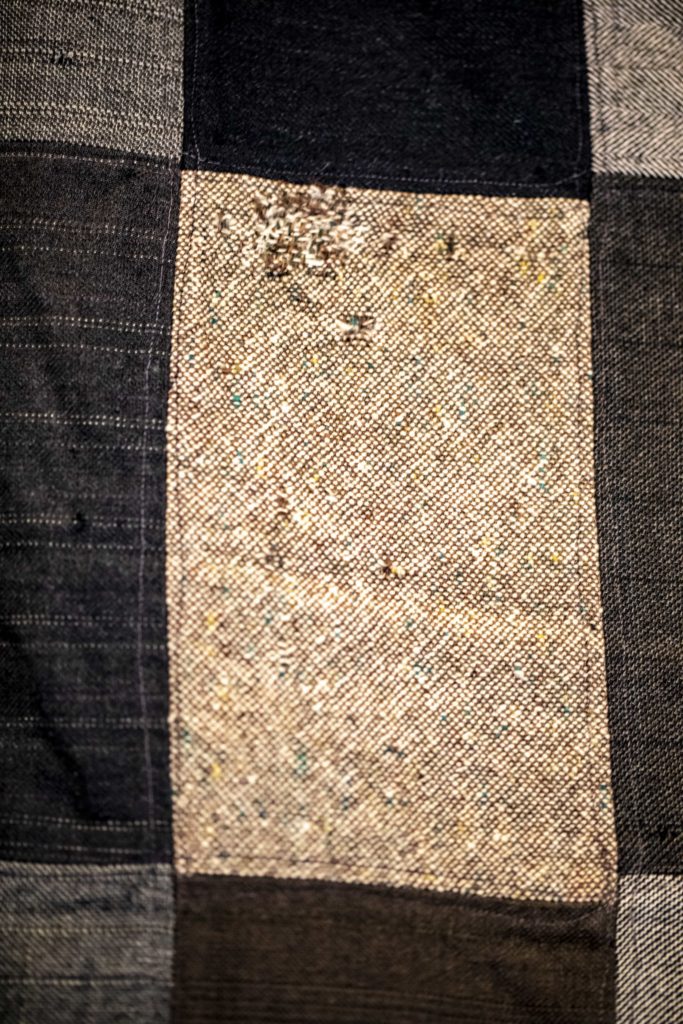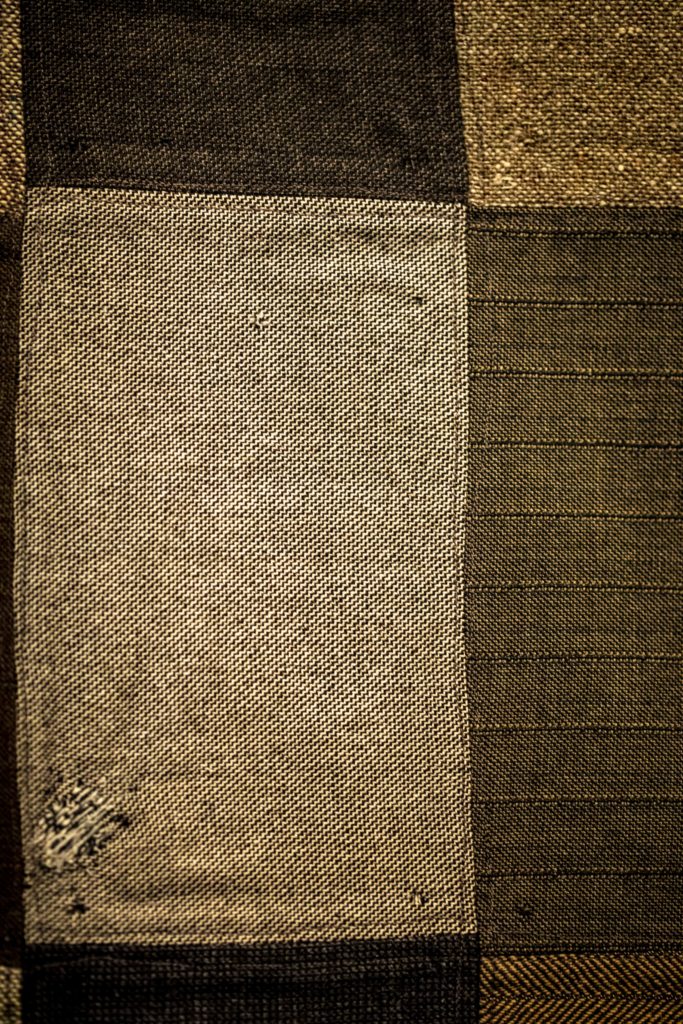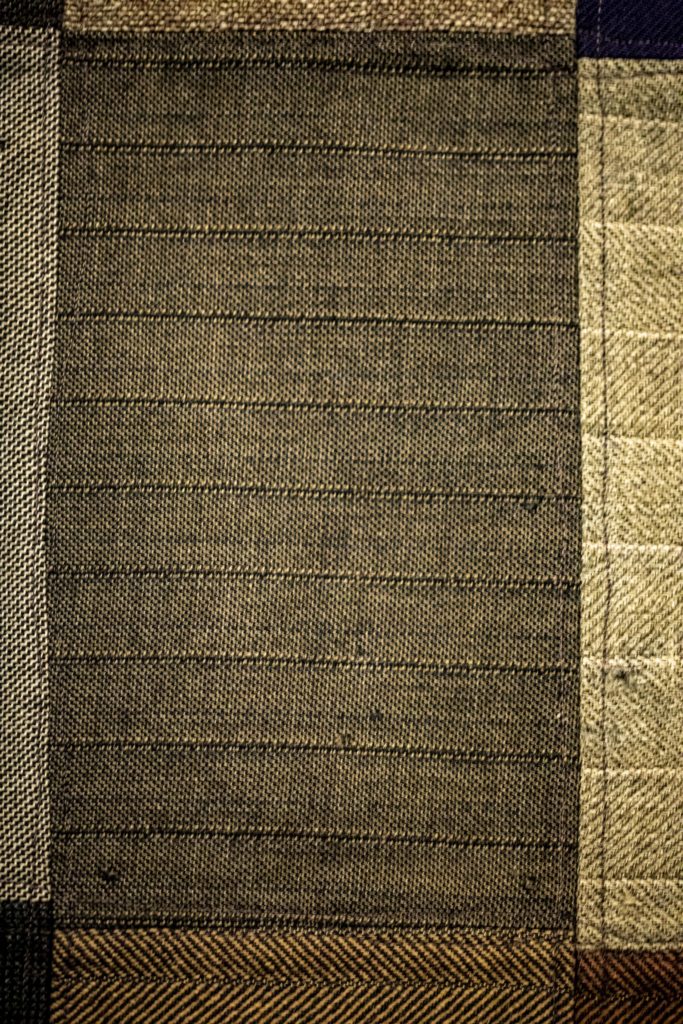Geelong is a community of collections and collectors. The City of Greater Geelong holds a rich and diverse Heritage Collection of over 12,000 objects. Spread across numerous locations throughout the region, the collection reflects Geelong’s history as a vibrant and progressive city.
The oldest artefacts in the collection date to the 1790s. There are mayoral chains, industrial machines, extensive maritime and wool collections. There is an ever-changing outdoor collection, which includes both monuments and public art. There are even confiscated contraband items from the old Geelong Gaol – handmade tattoo guns, shivs and drug paraphernalia.
In April 2020 the City of Greater Geelong finalised the report Our Heritage, Our Collection that lays the foundation for caring for managing and providing access to this extraordinary heritage collection.
We have hand-picked 100 treasures from the collection curated by the themes: Waggas, War, Wool and Work. If you would like to see other themes or objects on this site, jump to the about page to find out more and let us know.
We have hand-picked 50 treasures from the collection curated by the themes: War, Wool and Work. In time, more Geelong regional treasures will be added. If you would like to see other themes or objects on this site, jump to the about page to find out more and let us know.
Red Cross Crazy Quilt
This is a classic crazy quilt. Although not technically a wagga, crazy quilts took many of the ‘make do’ techniques of wagga quilt making. This quilt was made in Highton, Geelong. It is a double bed sized quilt in the classic ‘crazy’ style with extensive use of herringbone and feather stitching. The pieced style of the quilt, made from squares of patchwork, is similar to the style of quilts made by members of the Country Women’s Association (CWA). The women sometimes made a quilt as a group activity and this one was possibly a 1930s group creation.
Domestic Wagga
Little is known about the provenance of this wagga, but the vibrant colours, odd shapes and extraordinary composition conjure stories of its maker and its use.
Child’s Coverlet
This child’s coverlet was made from old blankets and clothing pieces with curtain and blanket backing. Maker unknown, from the Ballarat area.
Patons and Baldwins' Specialty Knitting Books
Patons and Balwins’ and many other yarn companies published kitting pattern books during the World War I and II containing instructions for articles of clothing carefully chosen to meet the requirements of the armed forces. Many of the articles of clothing were distributed by the Red Cross and Australian Comforts Fund.
Concrete Trough for Animals
George and Annis Bills were philanthropists with a love of animals. They established a trust for the protection and alleviation of suffering to animals which furnished over 500 public horse troughs between 1924 and 1945 — three which remain within the Greater Geelong area.
Most troughs were installed in Australia; over 300 remain. Troughs were also installed in England, Ireland, North America, South Africa, Japan and Switzerland. Each trough cost £13 (just over $1000 today) to fabricate and install in the 1930s. From the 1880s to 1900s, George and his brother Henry ran successful businesses importing and selling birds, and manufacturing mattresses and sofas. George and Annis were keen supporters of the Society for the Prevention of Cruelty to Animals; George later becoming a Life Governor of the RSPCA. Annis and George built the first troughs in 1908. Annis died soon after, and George set up a trust to: ‘construct and erect and pay for horse troughs wherever they may be . . . desirable for the relief of horses and other dumb animals either in Australasia, in the British Islands or in any other part of the world’.
To honour his wife and country, each trough was to be labelled ‘Annis and George Bills Australia’. Following George’s death in 1927, the trust was administered by his sister Daisy Cook. Initially the troughs were individually designed and constructed. Then in the early 1930s Jack Phillips, a relative of the Bills, produced 250 precast concrete troughs to a standard design at his Hawthorn factory. Rocla pipes took over production in the late 1930s, which discontinued around 1945. The Bills’ Trust shifted its focus, helping to finance the RSPCA Tally Ho Animal Rest Home and the George Bills RSPCA Rescue Centre during the 1960s.
North
North, by Mark Stoner (2000) consists of seven cement objects resembling sails or fins that vary in size from 2.2 to 3.5 metres high. No two fins are positioned on the same plane and by moving within and around the sculpture the profiles change quite dramatically.
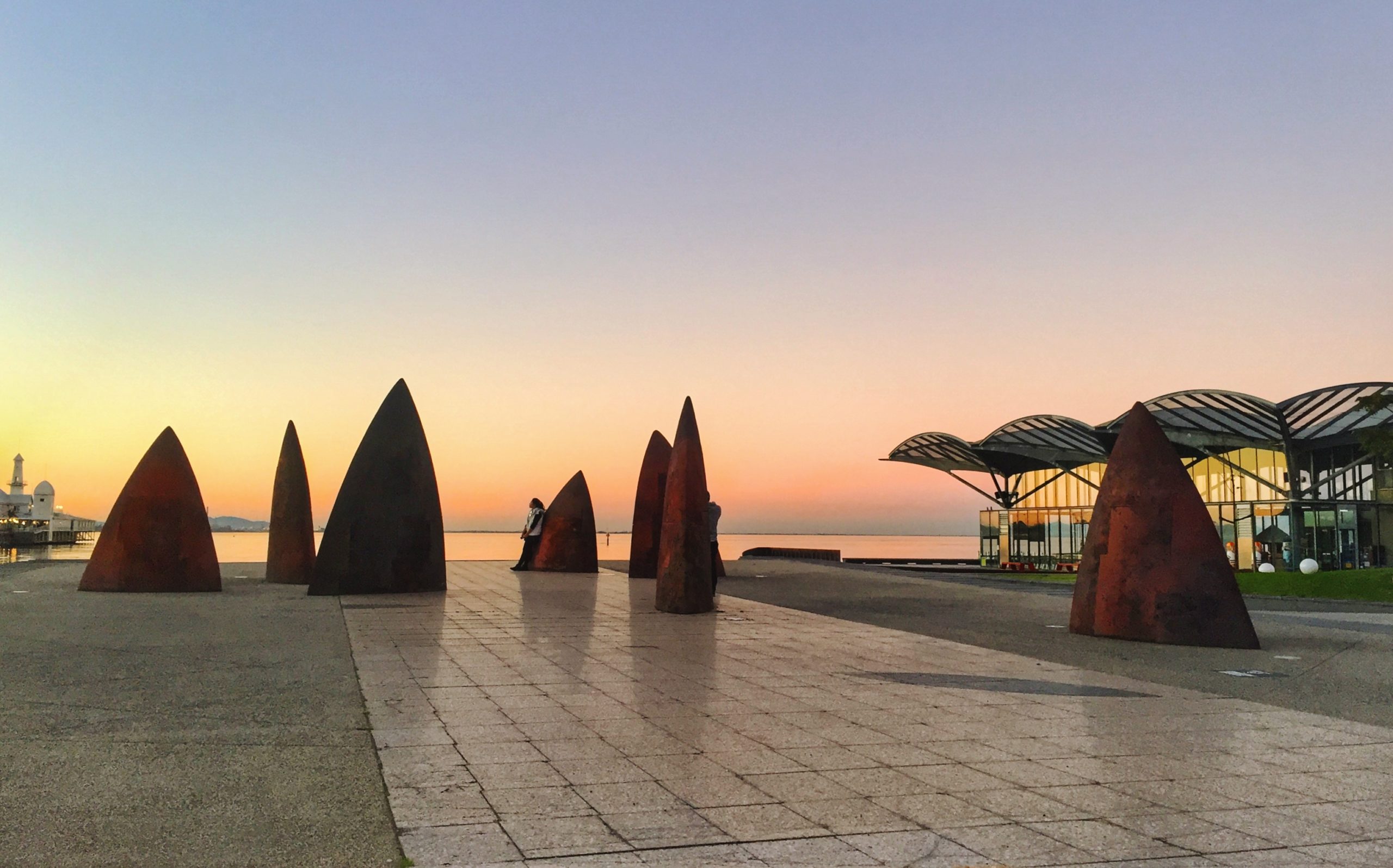
Fulling Machine
There is an extensive list of finishing processes in wool production for both worsted and woollen fabrics. Fulling is the immersion and pounding of fabric to make the fibres interlock. Crabbing permanently sets this interlock. Decanting shrink-proofs the fabric. Dyeing changes the fabrics colour. This large Fulling Machine is a distinctive item related to this phase of cloth production. Made by J. Dyson and Sons in Geelong, this Fulling Machine completes all the above steps, except dyeing, with a combination of hot water, soap and friction. Before the invention of such a machine, all these processes had to be completed individually.
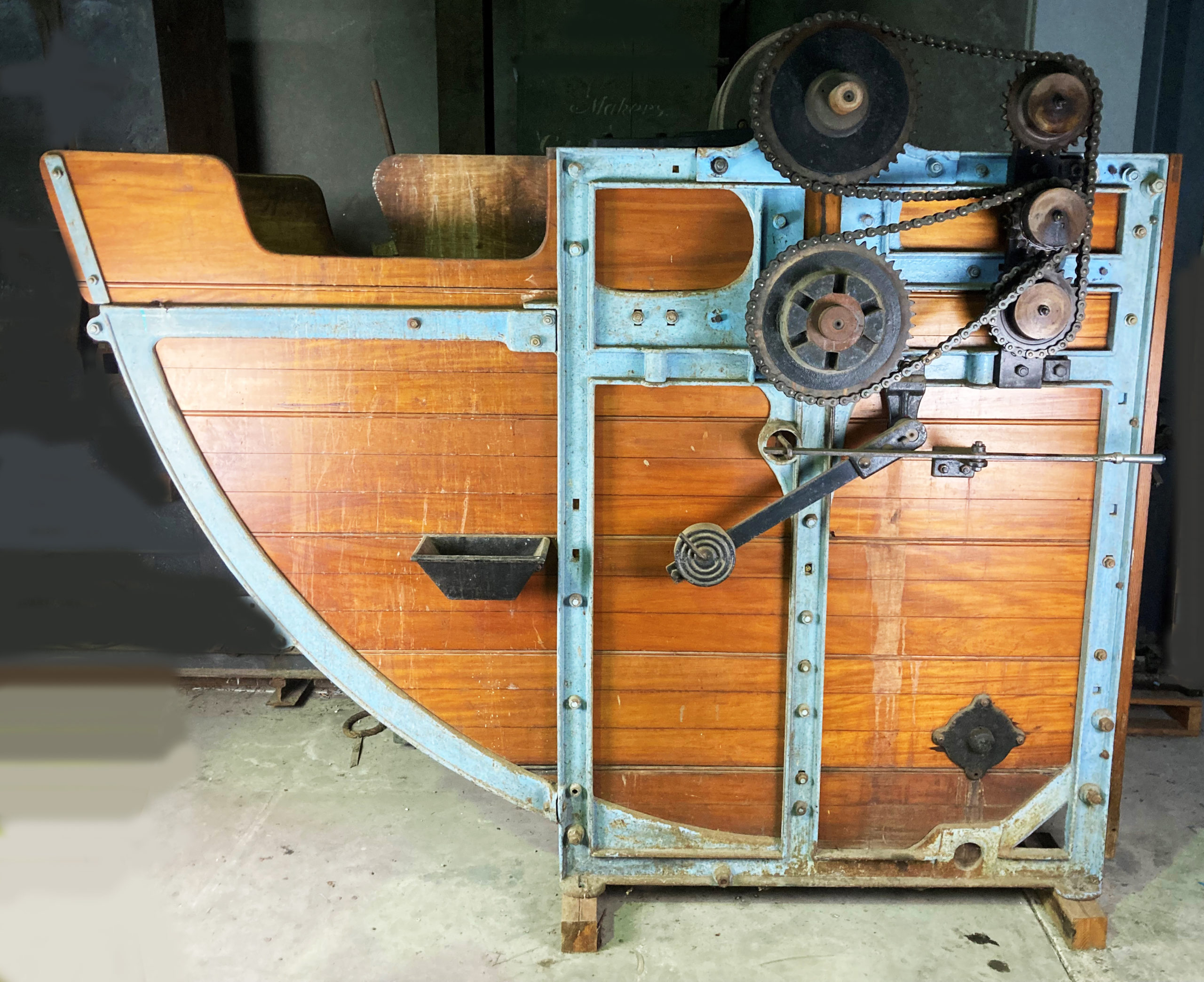
Child’s Cot Cover Insert
This wagga was made by Jean Hepner’s grandmother from used woollen garments during the Great Depression. The garments were hand stitched on to an old woollen blanket. The quilt was used by at least five of the seven children in the family. It had assorted covers that were replaced when needed. In later years, it was also used by Hepner’s grandchildren.
British Torpedo Gyroscope
This is a 1931 British Torpedo Gyroscope made of brass and steel. Most likely from the Royal Gun Factory in Woolwich, it supplied gyroscope to the Royal Navy through World Wars One and Two. The Gyroscope works to keep a fired torpedo aimed straight and towards its target. It has an additional wooden case for transportation that also contains instructions. The case is made from wood, foam, paper and ink. The box includes notched carvings for the gyroscope to sit in for the protection of the delicate instrument in transportation. The box is also designed to have a wall removed for the retrieval of the gyroscope, as shown in the accompanying images.
Child’s Cot Quilt
One of the earliest examples of a wagga quilt that exists in Australia. This quilt was made from reused patches and fabric scraps that were stitched together to create a warm covering for a child to sleep under. The quilt was made in Daylesford, but little is known about the maker or users of this quilt. As early as the depression of the 1890s, when times were difficult in Australia, making do became a way of life. The wagga quilt entered the list of uniquely Australian inventions that helped us survive through lean times.
Tricycle
The Geelong Gaol was proclaimed as a Training Prison from the 1950s and in this role was used to educate prisoners in various trades including printing, sign writing, painting, tailoring, brick laying and toy making. This tricycle was made by a prisoner in the 1950s.
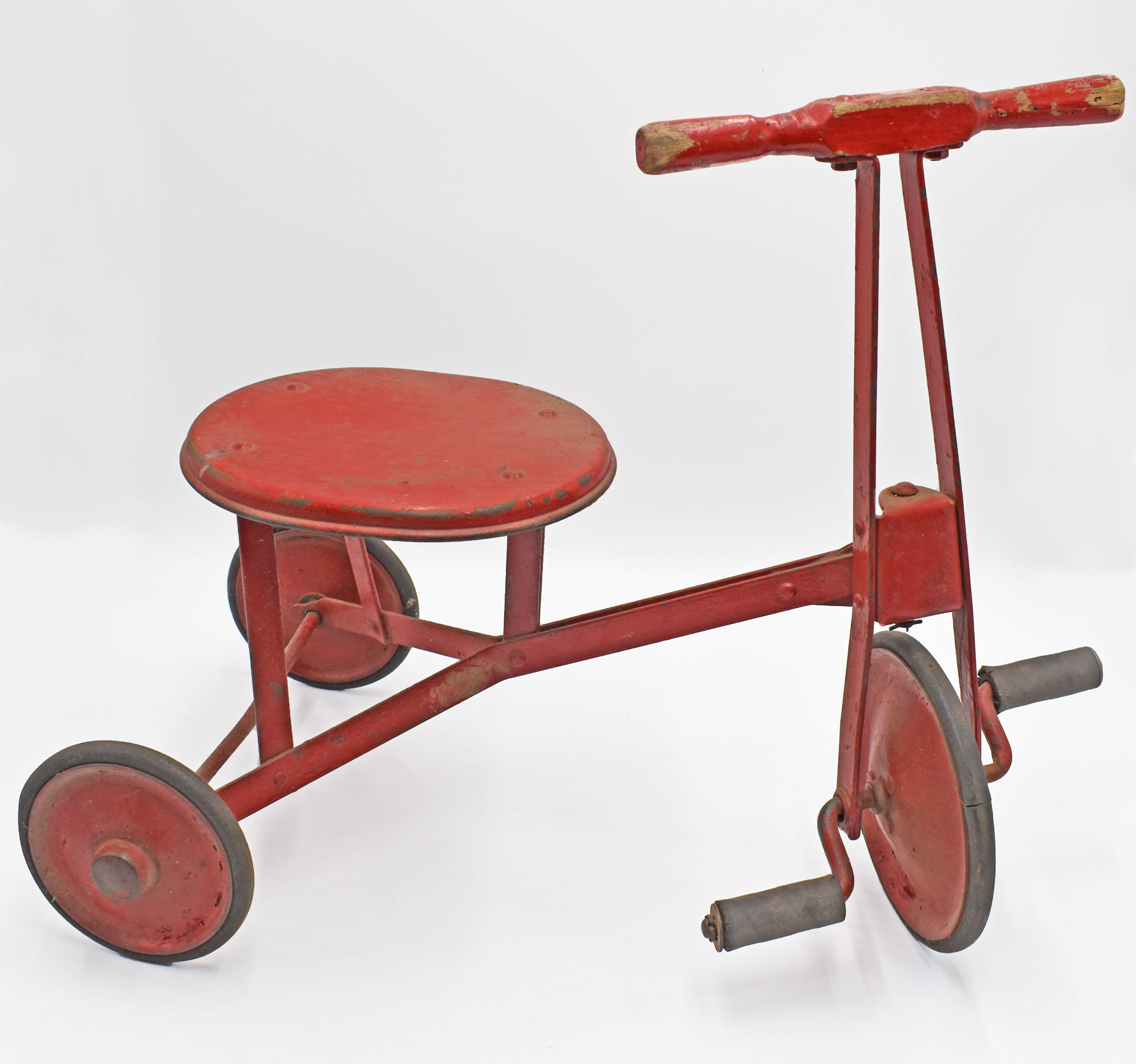
Patchwork suiting wagga
This patchwork quilt is made from suiting and fabric offcuts. It is machine stitched with red diamond and rectangle motifs at strategic positions. Little is known about the maker or owner of the quilt but the red triangles and squares show a flourish of creativity for the humble wagga quilt.
Ferrier Wool Press
Invented by Joseph Ferrier in 1866, the patent was purchased by Humble & Sons who manufactured and distributed them from their Geelong foundry. The Ferrier Wool Press was used throughout Australia, New Zealand and Africa. Sent out as a flatpack, the press was put together on the farm. This press was made by Humble & Nicholson in Geelong in 1890 and sold to Shanahan Brothers in Birregurra. A key feature of any woolshed, this wool press needed three people to tip over the wool filled top box before it was pressed into the lower box using the lever. It is an early example of Geelong’s long history of design, invention and manufacturing.
Town Clerk Chest
Painted black enamel metal chest, thought to be the original lock box used by William Weire, the first Town Clerk of Geelong. It was used to store important documents such as early leases and agreements.
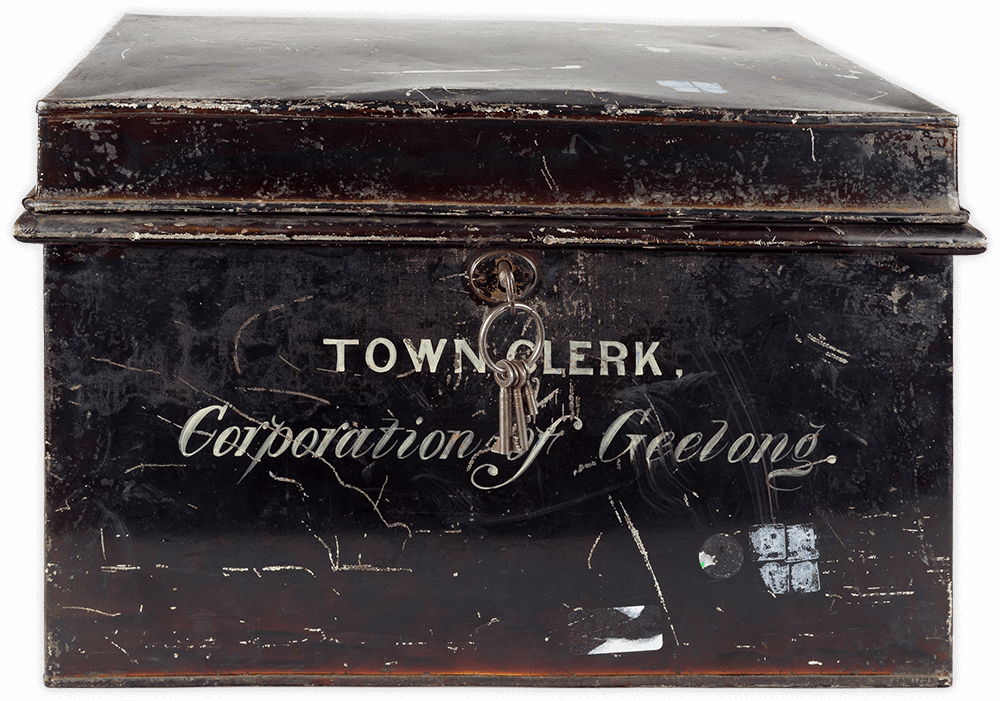
Olympic Uniform Collection
Wool holds a predominant role in our Olympic uniform history. Finest quality Australian wool has frequently been used to outfit our Olympic team. The 1992 Summer Olympics were held in Barcelona. Australia sent 279 competitors kitted out in uniforms designed by Wendy Powitt, who won the AWC’s Olympic Uniform Design Competition in 1990. Her designs highlighted the classic Australian colours of the bush with soft olive greens and creams and a bold floral design that reflected the styles of artists from the Australian Arts and Crafts Movement (1890-1914).
Geelong Football Club Jumper
This was the jumper of John Brown, who played 48 games for Geelong including the 1963 Grand Final in which he wore this jumper. Formed in 1859, the Geelong Football Club is the second oldest in the Australian Football League and one of the oldest clubs globally.
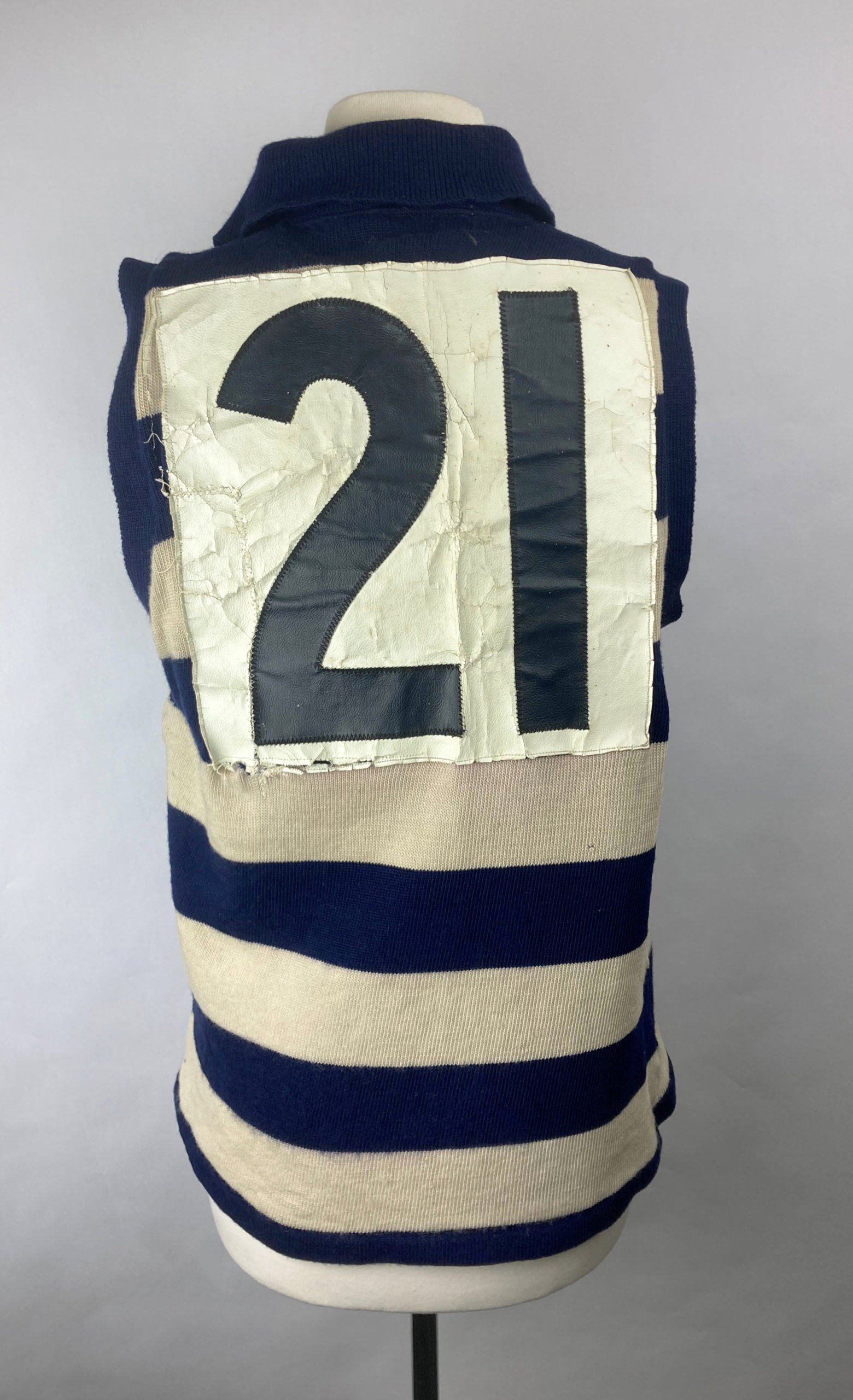
British submarine periscope tip
Geelong has a special relationship with submarines. Osborne House in North Geelong was the home of Australia’s first submarine fleet. From 1919-1922, it housed the 6 J Class Submarines gifted to the Australian Government by the Royal Navy. Several hulks of these submarine still survive in Port Phillip Bay. After being decommissioned due to their cost and the economic struggles of the time, four of the boats were scuttled off Barwon Heads. The two other boats were sunk and utilised as breakwaters.
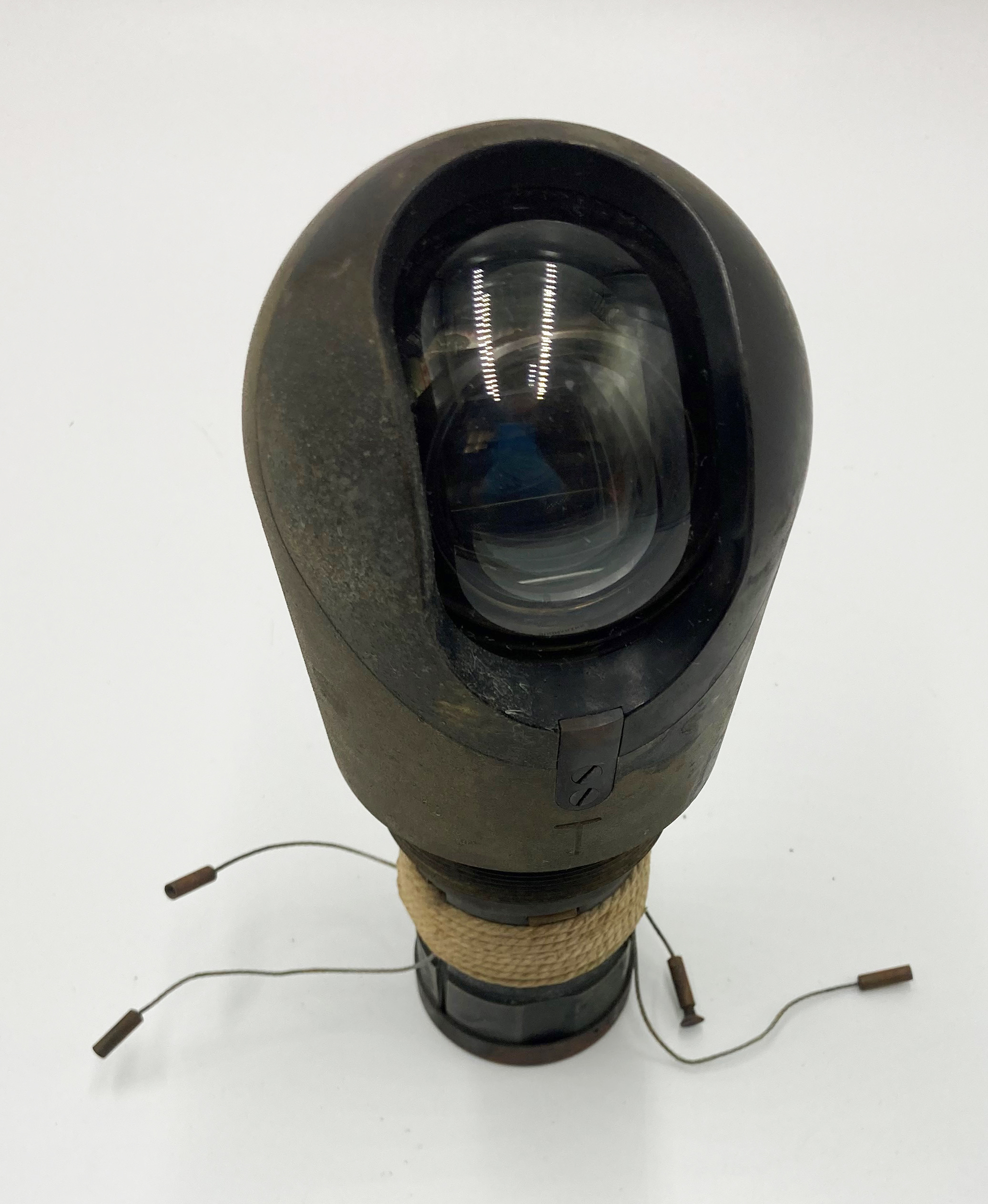
Belcher Fountain
The Belcher Fountain was created by the Britannia Ironworks in Derby, England and presented to the town of Geelong by Mayor GF Belcher at the end of his term in 1874. This drinking fountain is a testament to the Temperance Movement that advocated the restriction of alcoholic drinks. The fountain is one of the oldest heritage objects in Geelong’s Outdoor Collection.
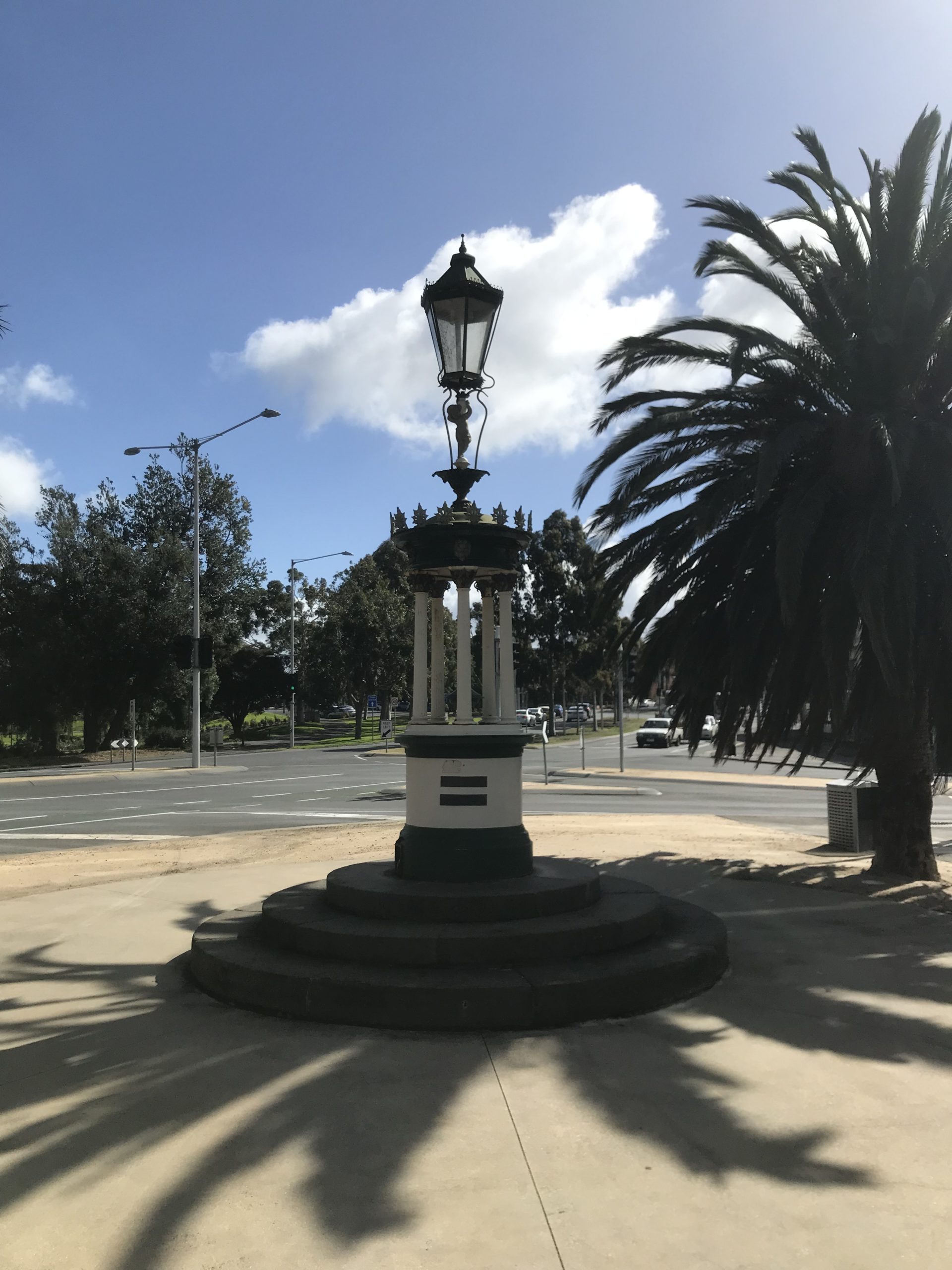
Green Wheat Bag Wagga and Wheat Bag Wagga, 1945
These waggas were made and owned by Percy Perkins. He was a keen fisherman and hunter his first love was sitting on the banks of the Murray River with a fishing rod in his hand. Family camping trips were spent by the river where everyone slept on stretchers with several army blankets underneath and a wheat bag wagga on top. Perkins joined the police force in his early twenties and apart from an eighteen-month posting in Melbourne, spent the rest of his career serving communities in country Victoria. A good wagga accompanied Percy on all his fishing and hunting journeys. The green colour of the wagga is from ‘Dekkol’, a preservative which Perkins used to protect his cotton fishing nets from rotting. The second wagga is made from two standard sized jute wheat bags split and hand bound along the seams. It is typical of a basic wagga made by shearers, farmers and swagmen. The paint stains on this wagga display signs of later use as a painting drop sheet by descendants who inherited the quilt.
Child’s Coverlet
This coverlet was made for Chris Neyland by Rene Densham when he was born in 1953. The quilt was created from scraps of woollen fabric from clothing used in the family. It was used in Chris’ cot or pram when he was an infant. His aunt Lois Densham donated the quilt. Lois can remember the dark green fabric coming from a jacket she once wore and the blue tartan pieces from a skirt worn by Rene, her mother. Lois also remembers her mother being “a better piano player than a cook or a sewer”. According to her, the quilt was “made in the tradition of making do from a family who knew how”.
Squatter: The Great Australian Game
Squatter is a wool themed boardgame. With more than 500,000 games sold in Australia as of 2007, it is the most successful board game ever produced in Australia. The National Wool Museum holds the original “Squatter” board game design package as well as several versions of all major alterations to the game, such as the change to decimal currency and an electronic version of the game.
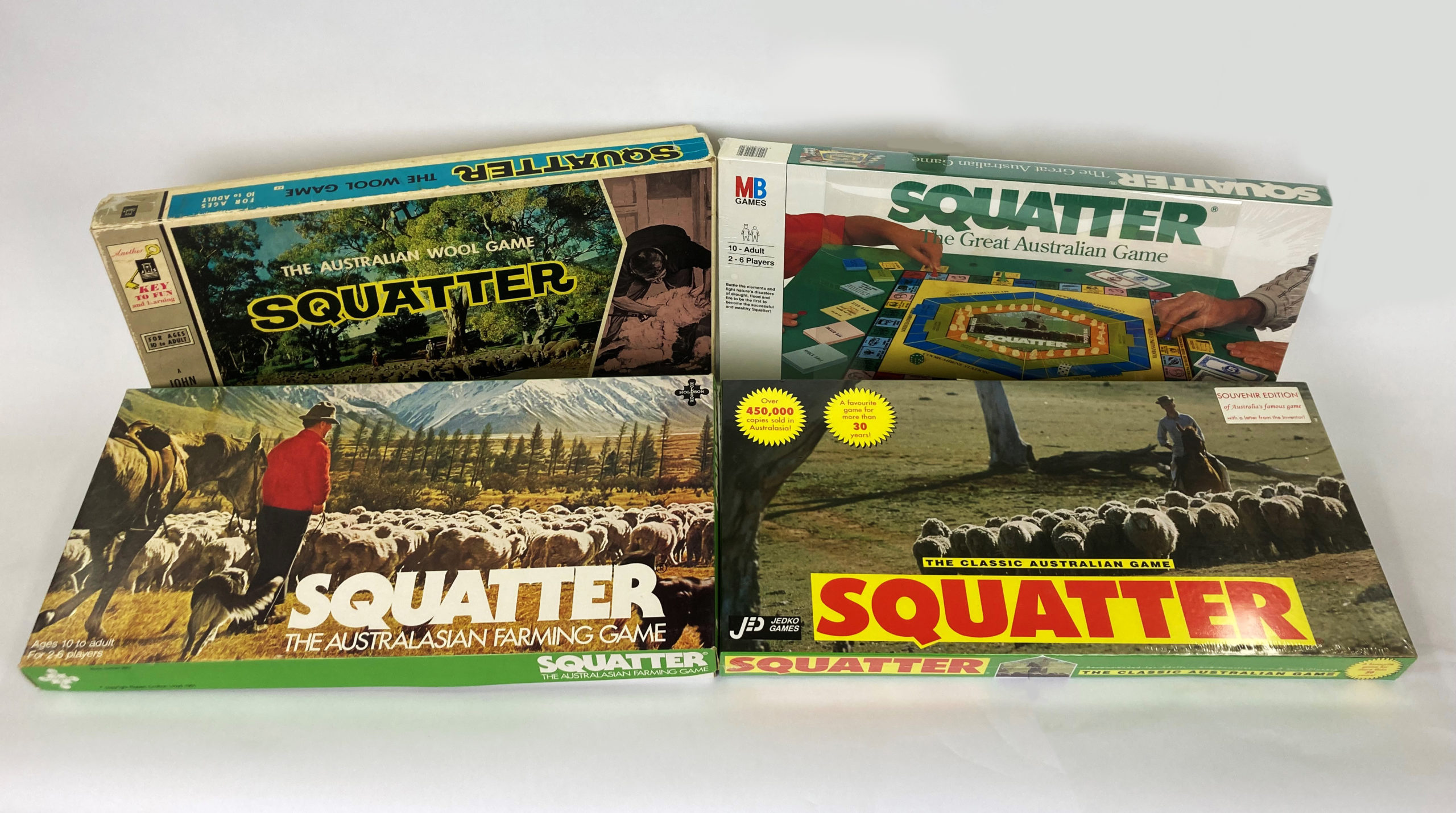
Lizzie Morton’s Suit Fabric Wagga
This distinctive wagga was made by Mrs Lizzie Morton on her farm ‘Wanera’ at Benjeroop on the Murray River. It was stitched with a treadle machine. Her sister Flora MacDonald did the running stitch and provided the silk backing. The squares were sent as samples from a firm called ‘Fred Hesse’ who advertised in the Melbourne papers: “Be smart and dressy in a suit by Fred Hesse”. The buyer chose a sample and then sent it back with measurements and received a ‘mail order’ suit. In this case, the samples were used to make this unique quilt that has survived from the 1930s.
WARM
WARM was a community project about why the earth is warming and what people can do about it. It was led by the artist collective called SEAM – Sustainable Environment Arts Movement. It comprises two large-scale artworks created by Lars Stenberg. First, a landscape scarred by coal mining. Second, the same landscape many decades later, regenerated and renewed after the closure of the coal mine. In 2016, 250 knitters from across Australia created more than 1,000 knitted pieces. During several days of installation, these knitted pieces were assembled to create the image of the renewed landscape. WARM was a sustainable project. All knitted elements were from left over, reused or organic wool. Any unavoidable emissions created as a result of delivering the project were offset by trees planted by Fifteen Trees. WARM has recently found a permanent home in the National Wool Museum’s Collection. Paintings by Lars Stenberg
Knitted pieces designed by Georgie Nicholson
Graphic design by Mel Stanger
Child's Wagga Quilt
This homemade wagga was purchased from the Old Bank Auctions, Geelong on 2 December 2000 for $20.00. The regular size of the patchwork and the varying colours show that the fabric was most likely sourced from a disused men’s suit fabric sample book.
